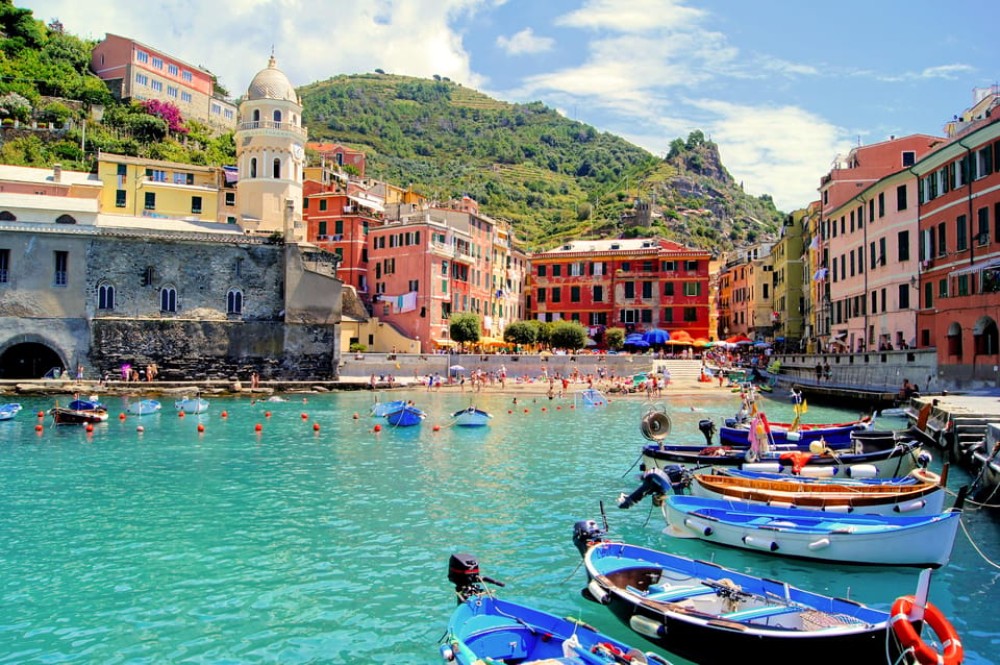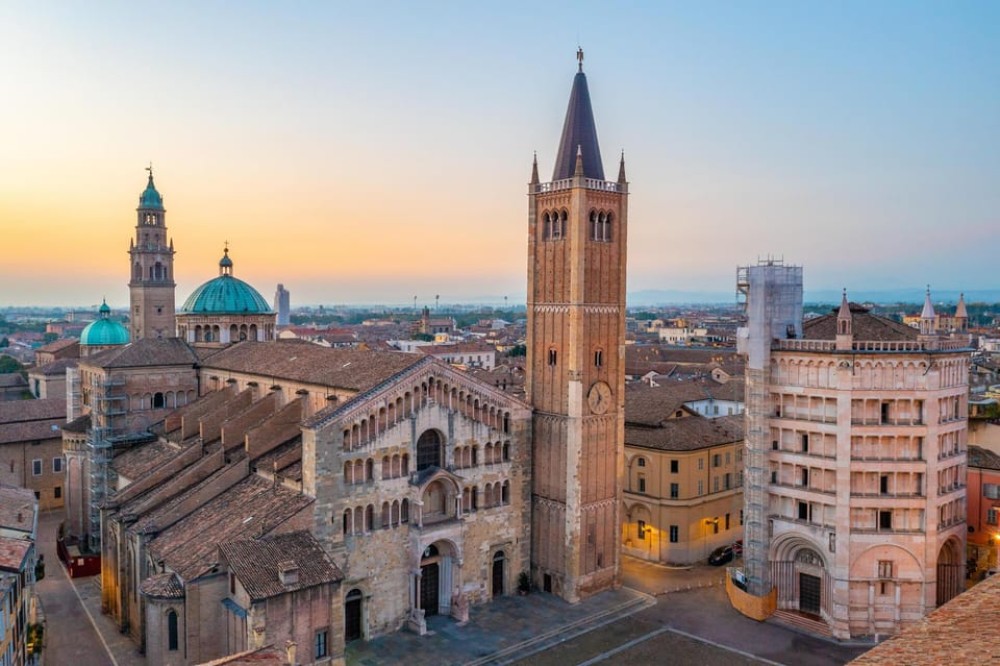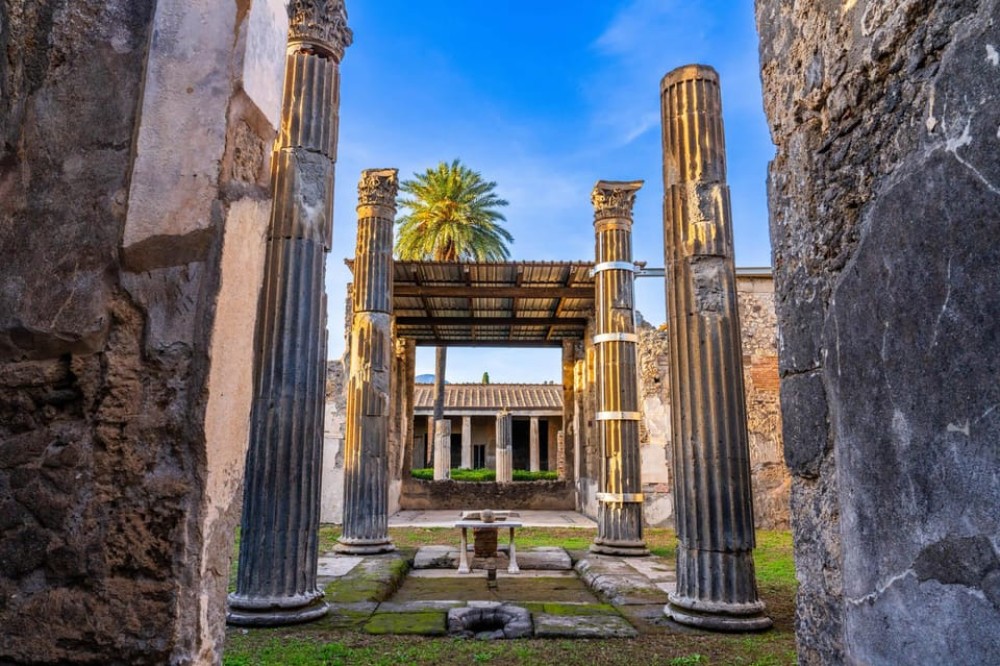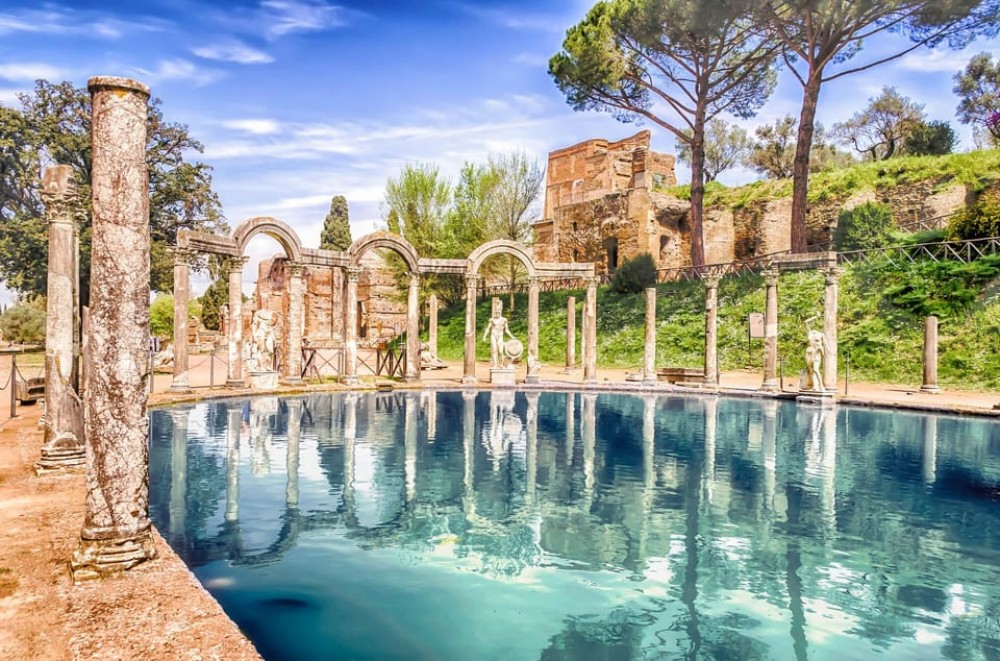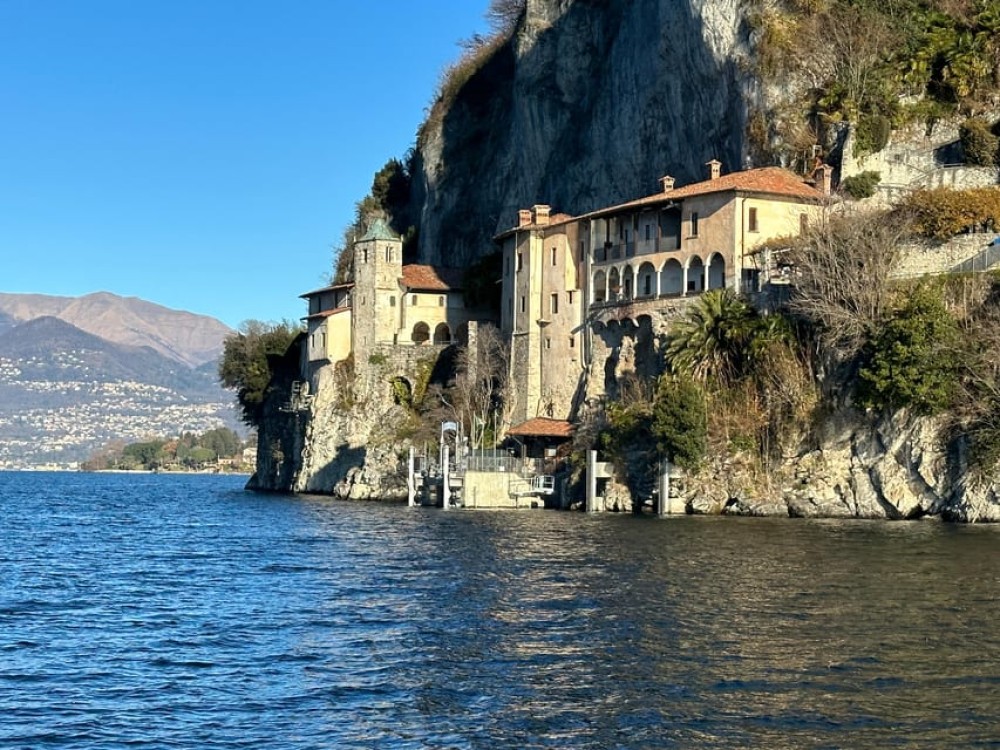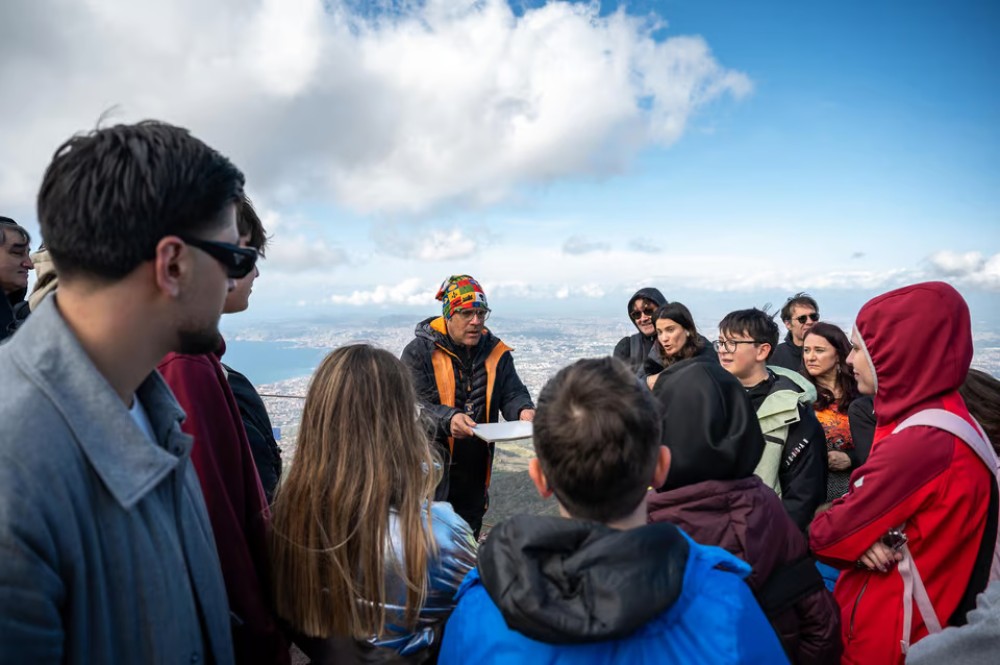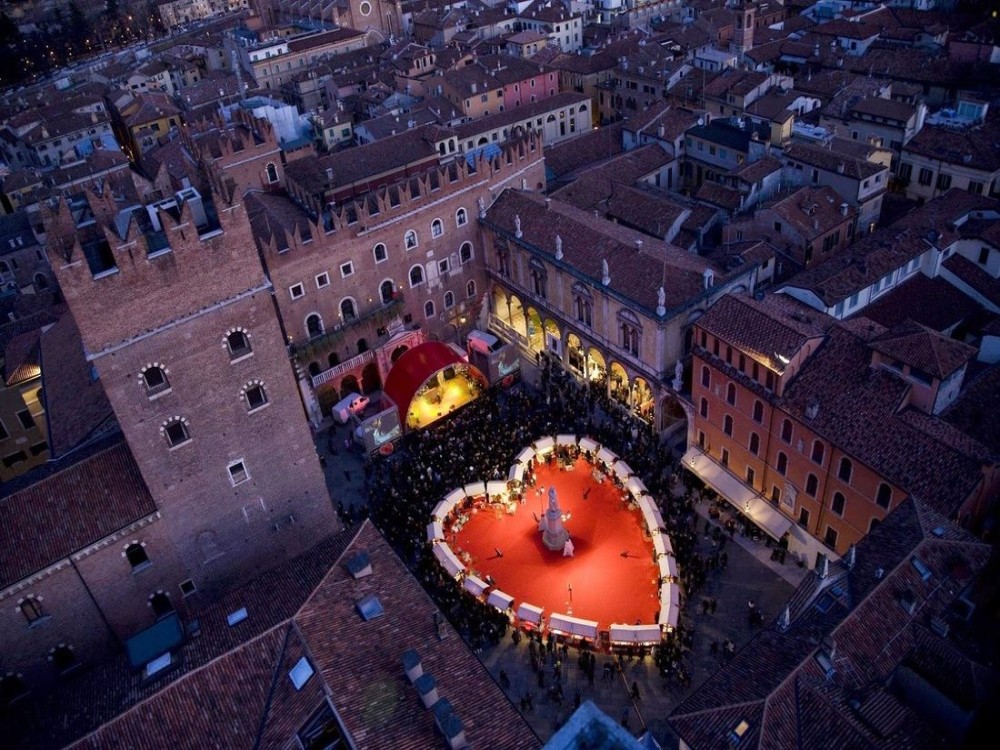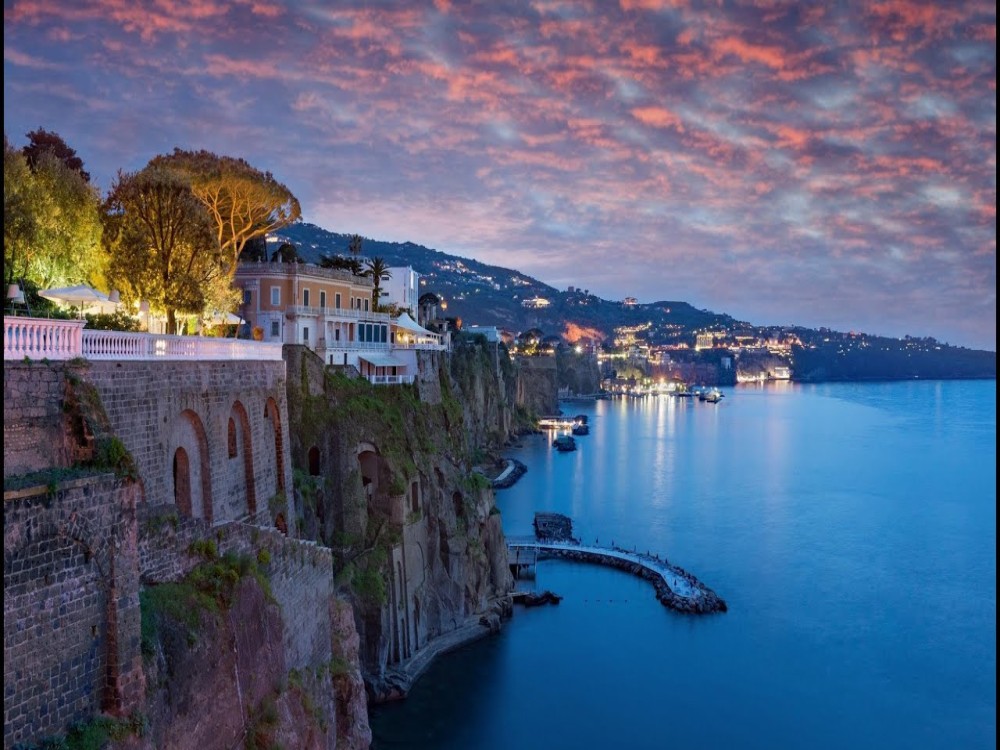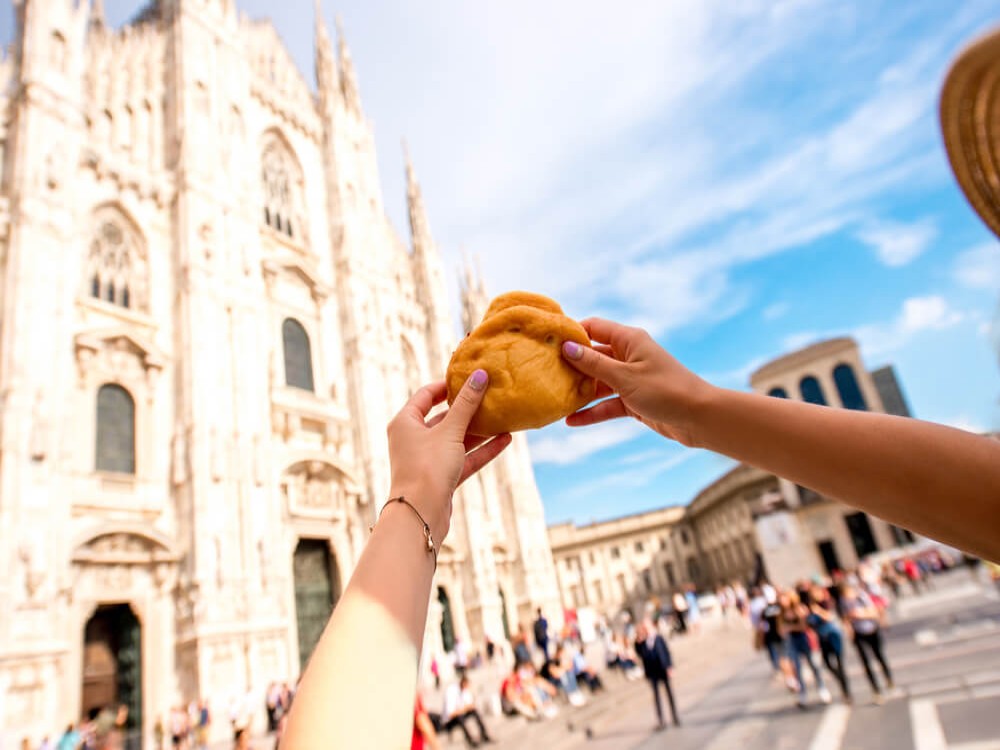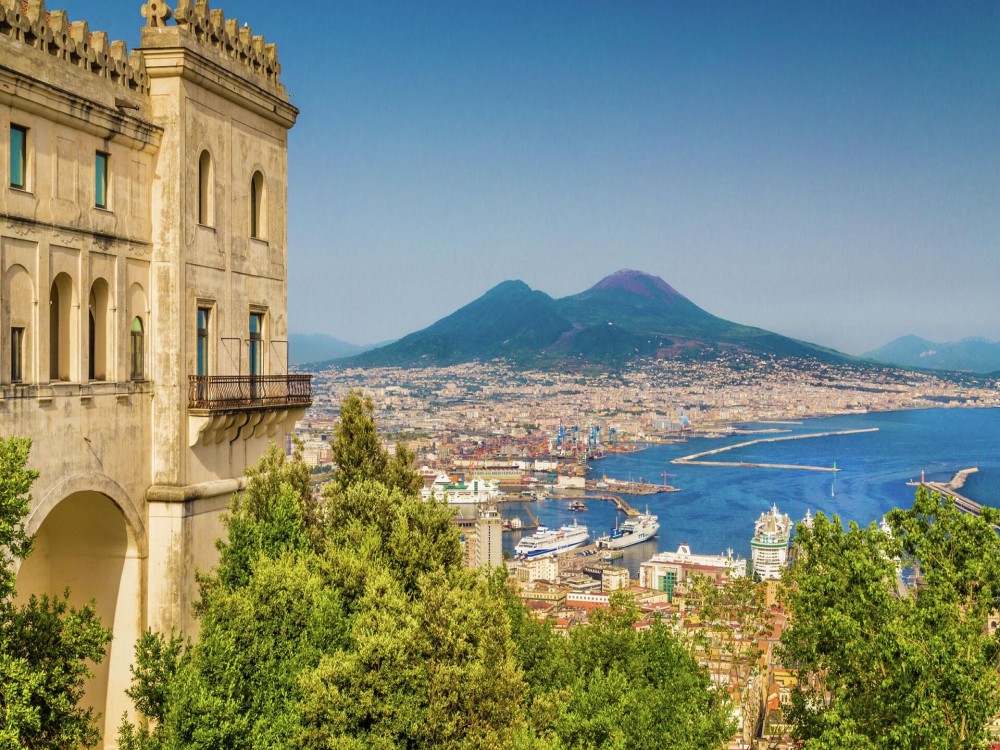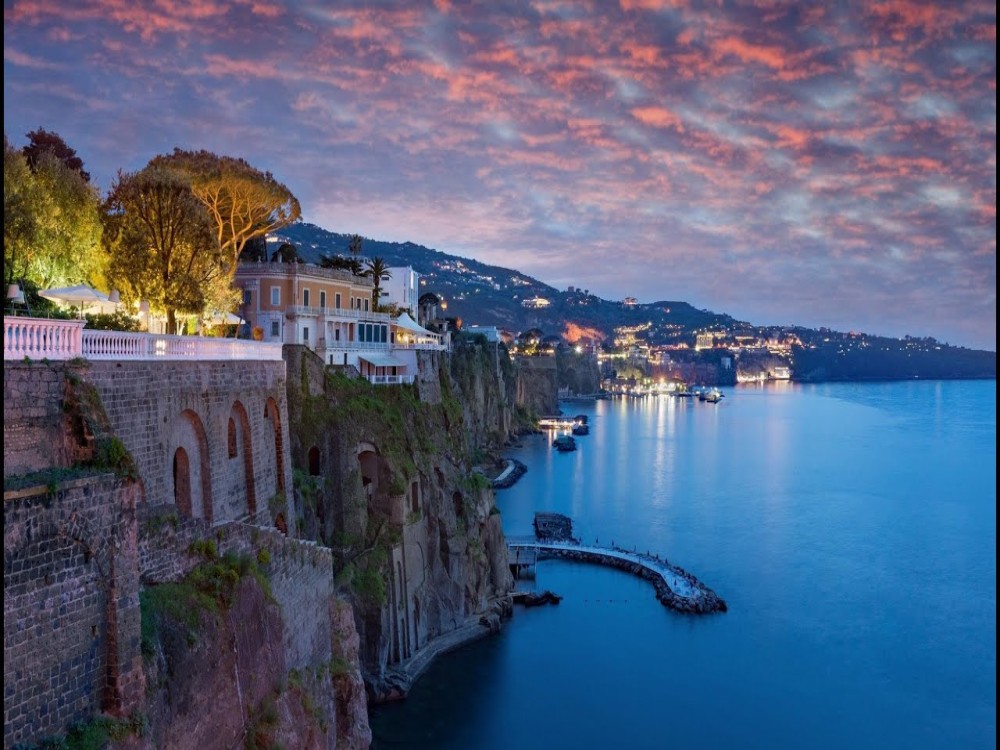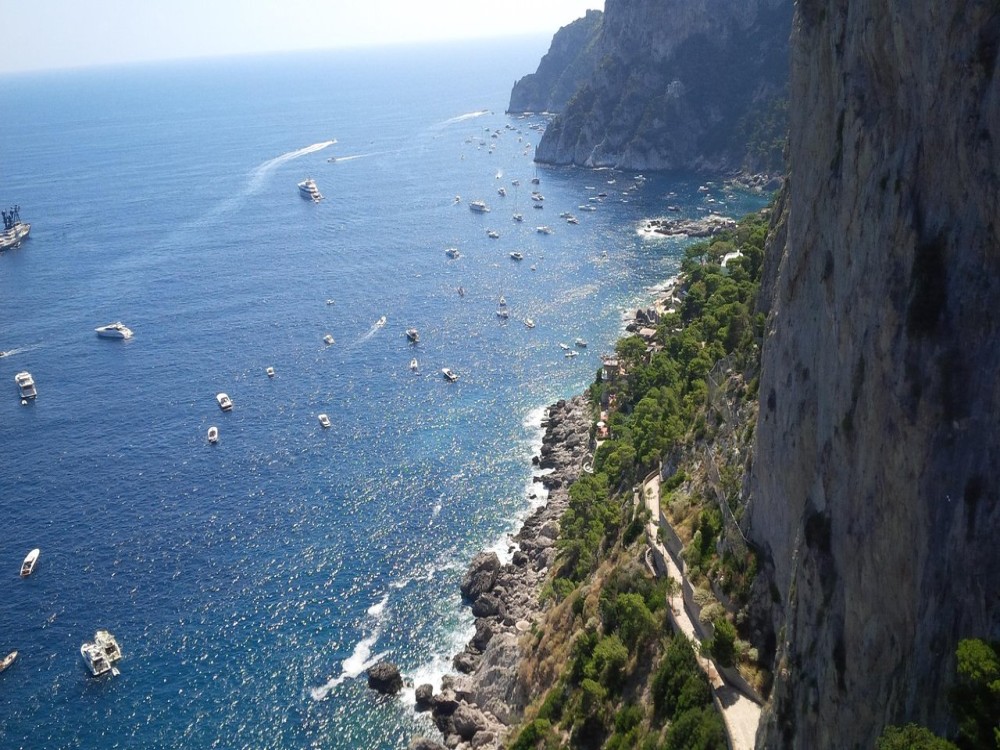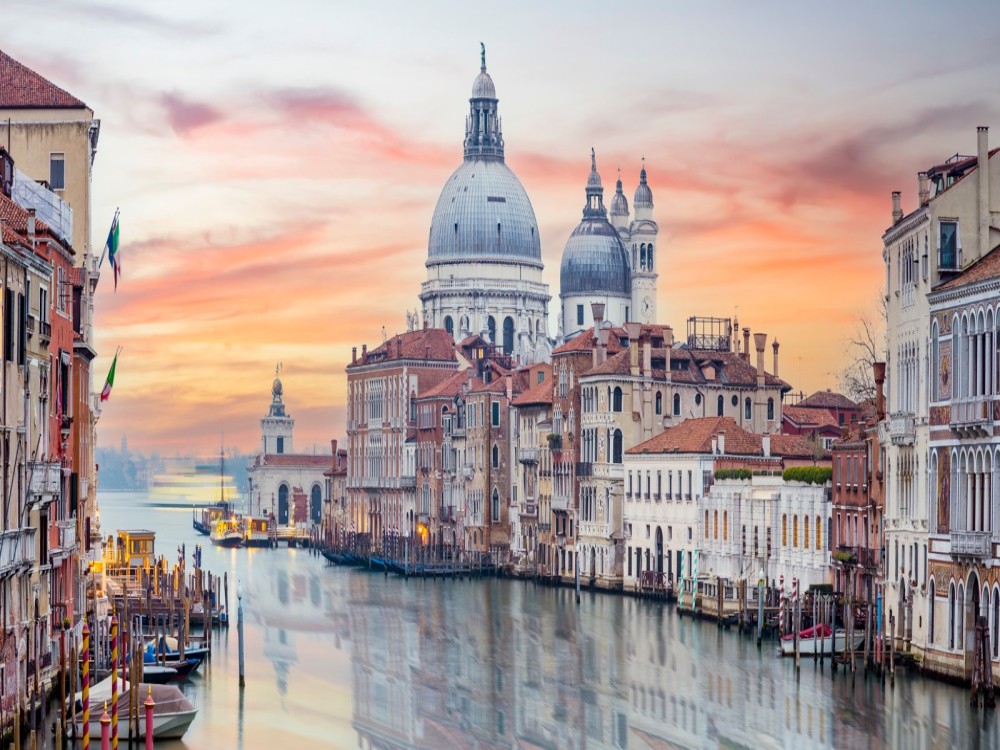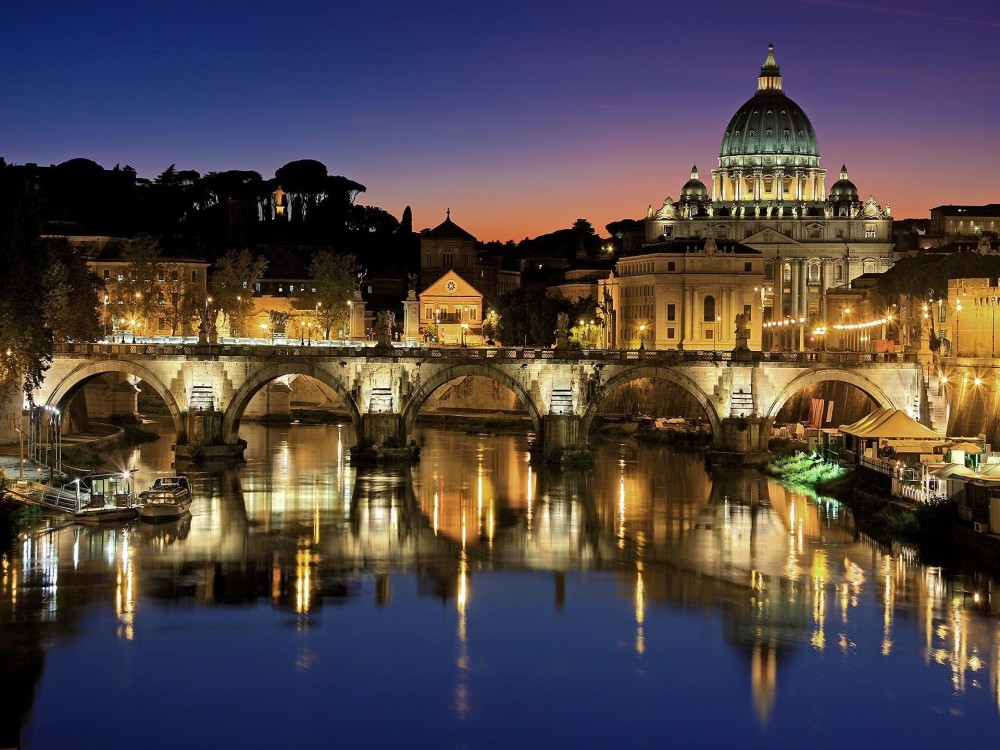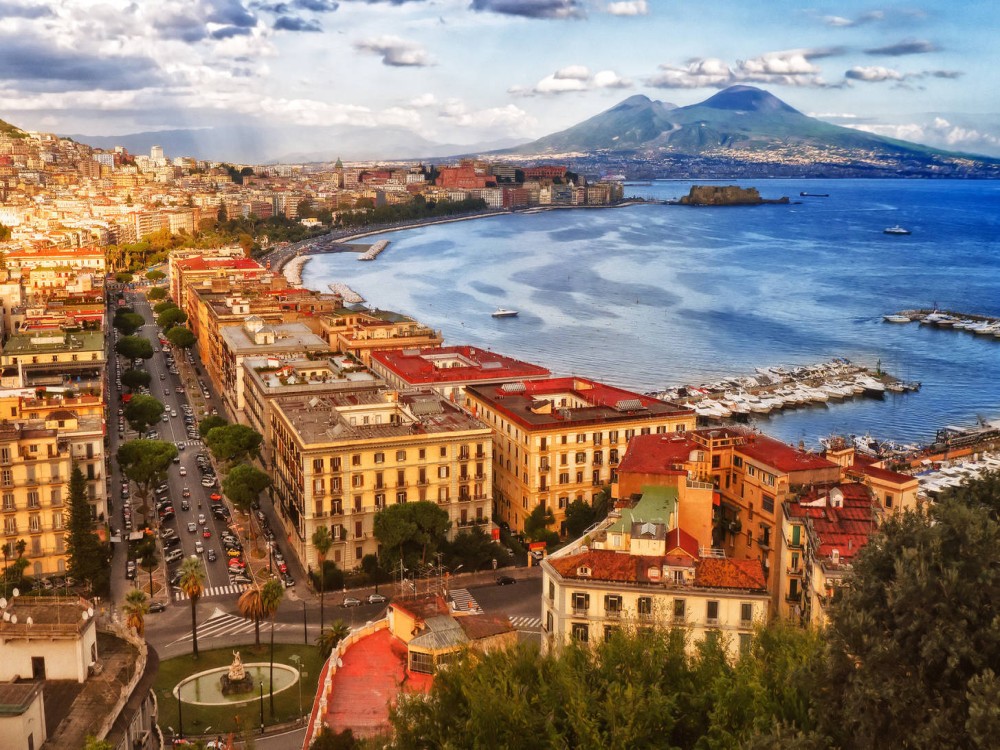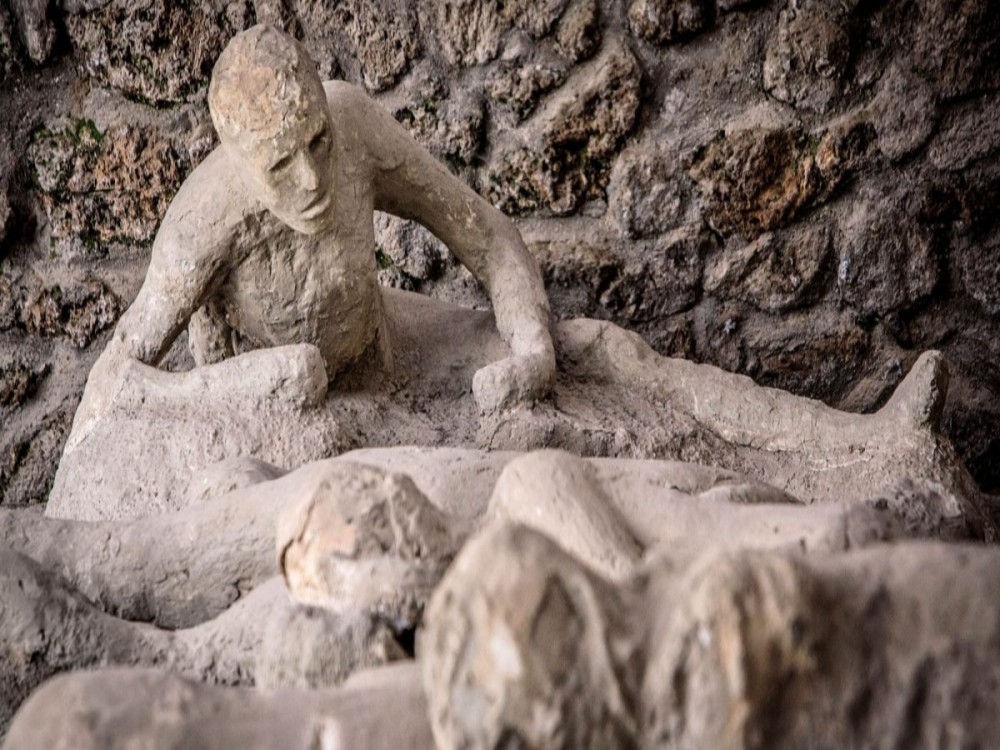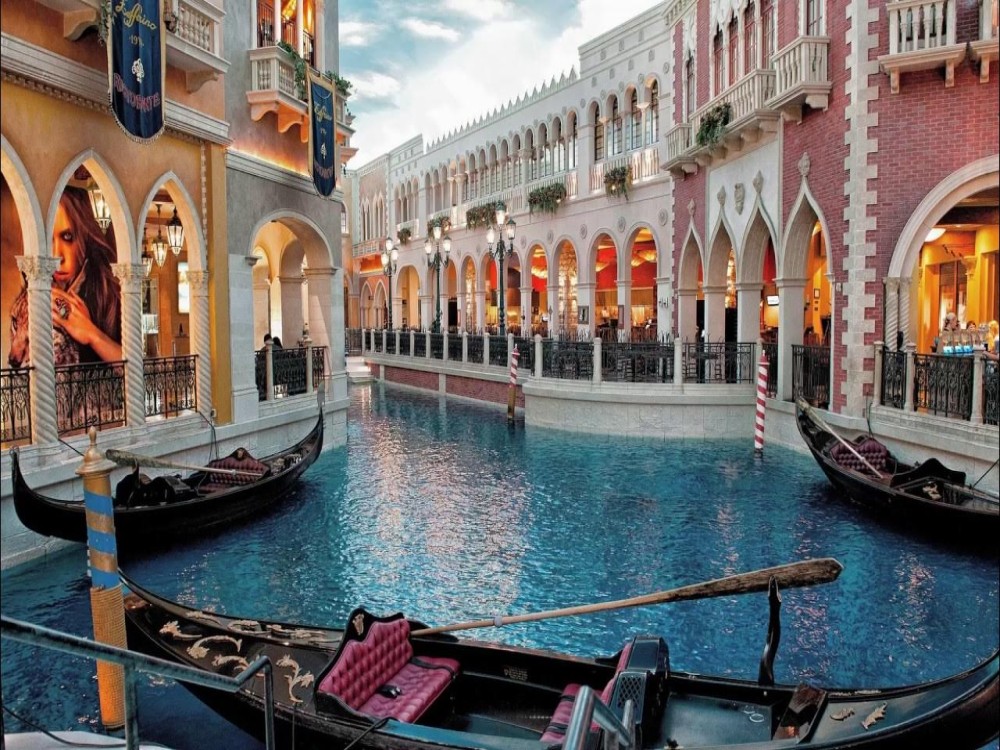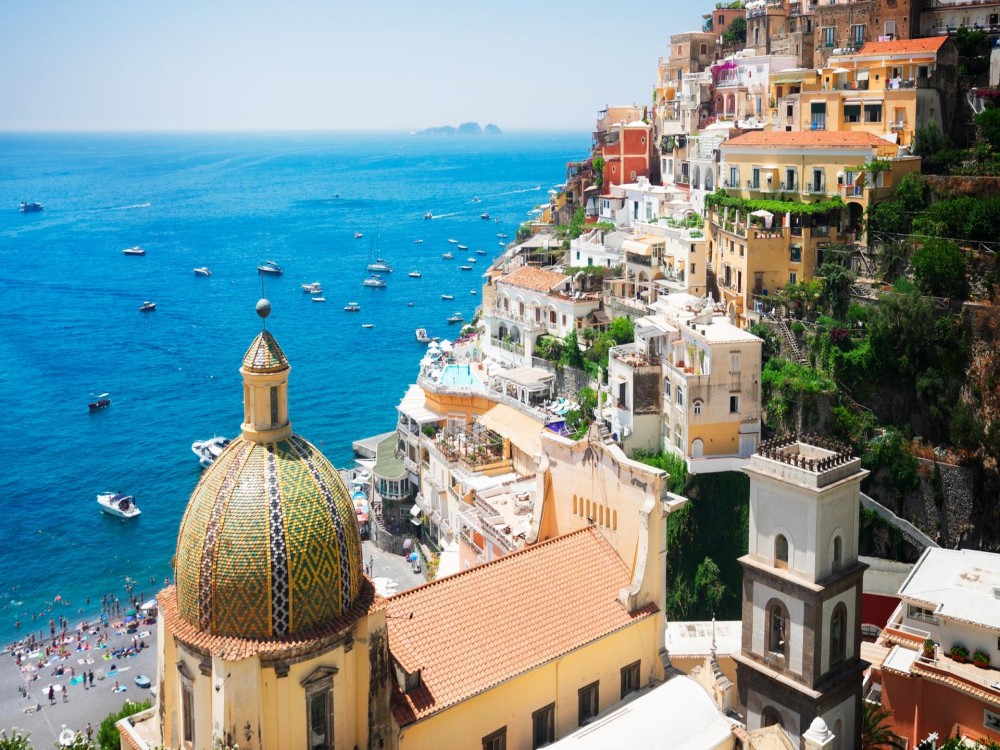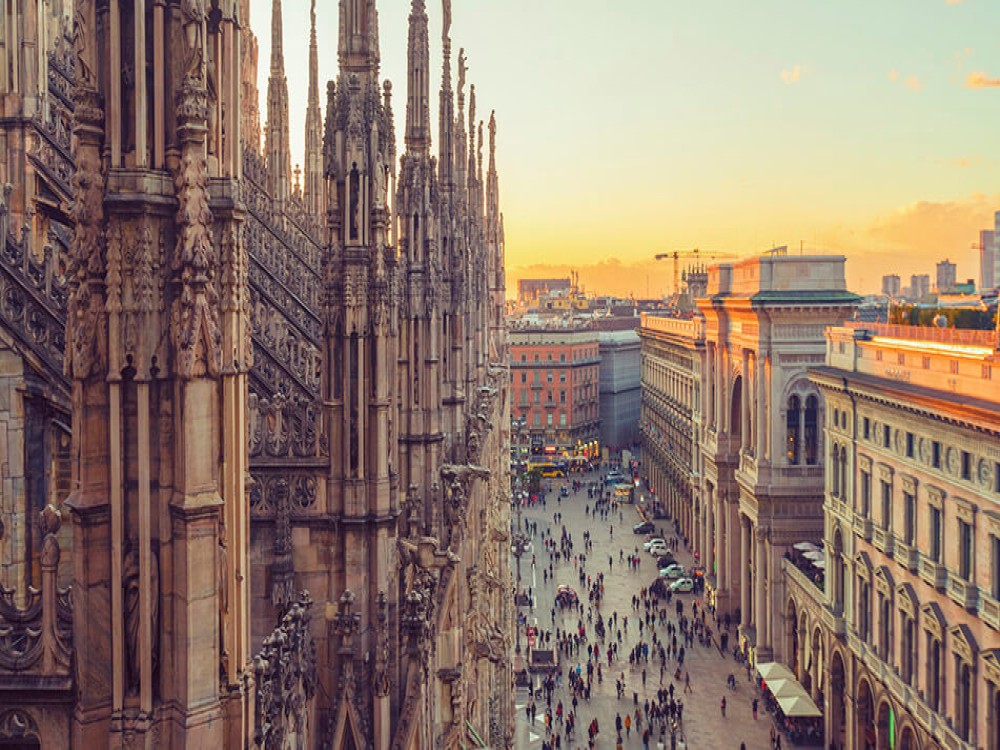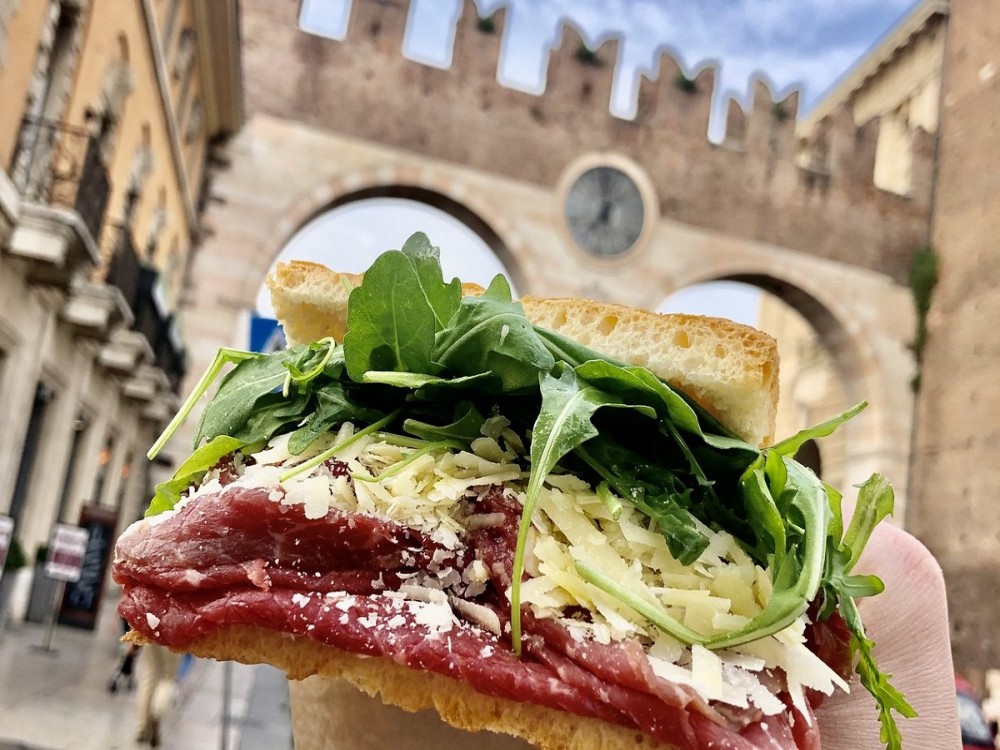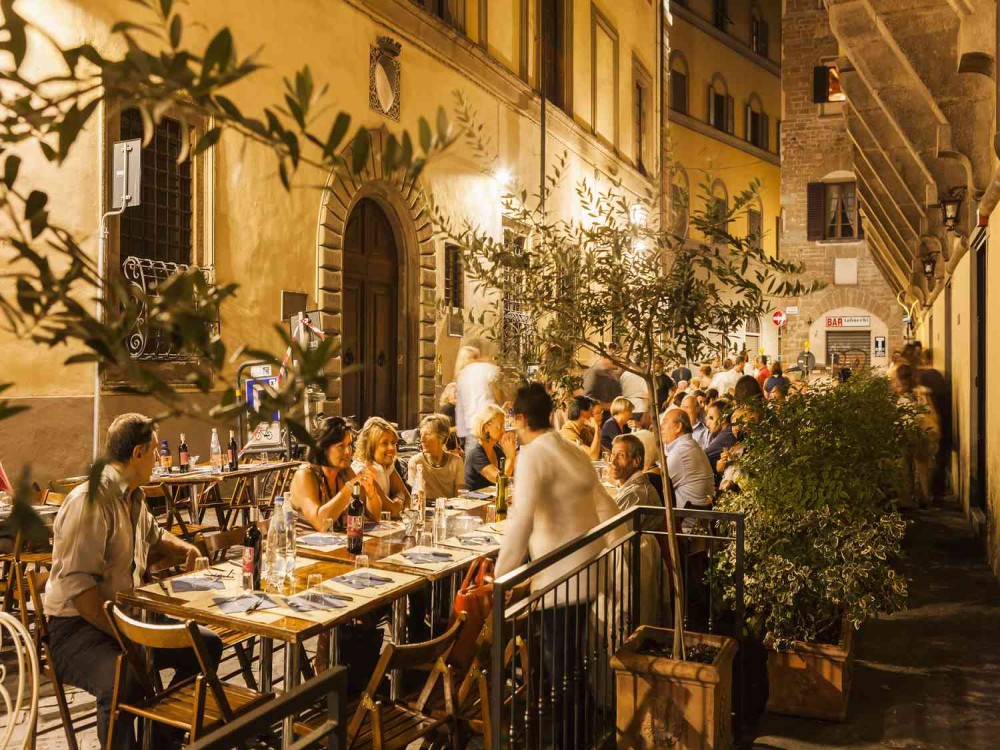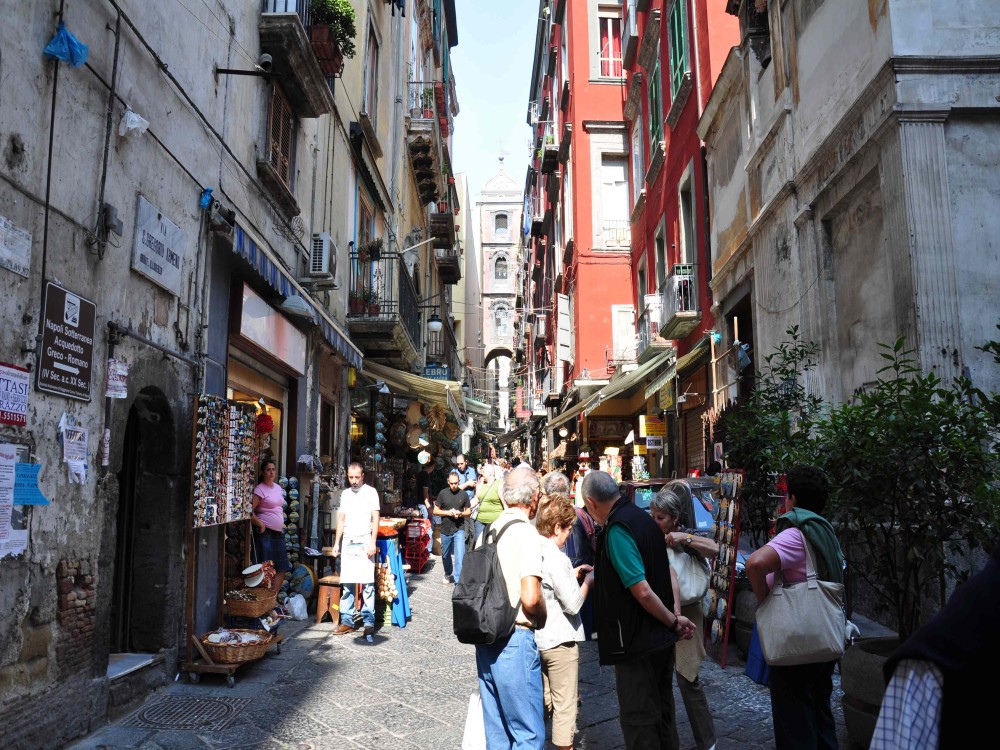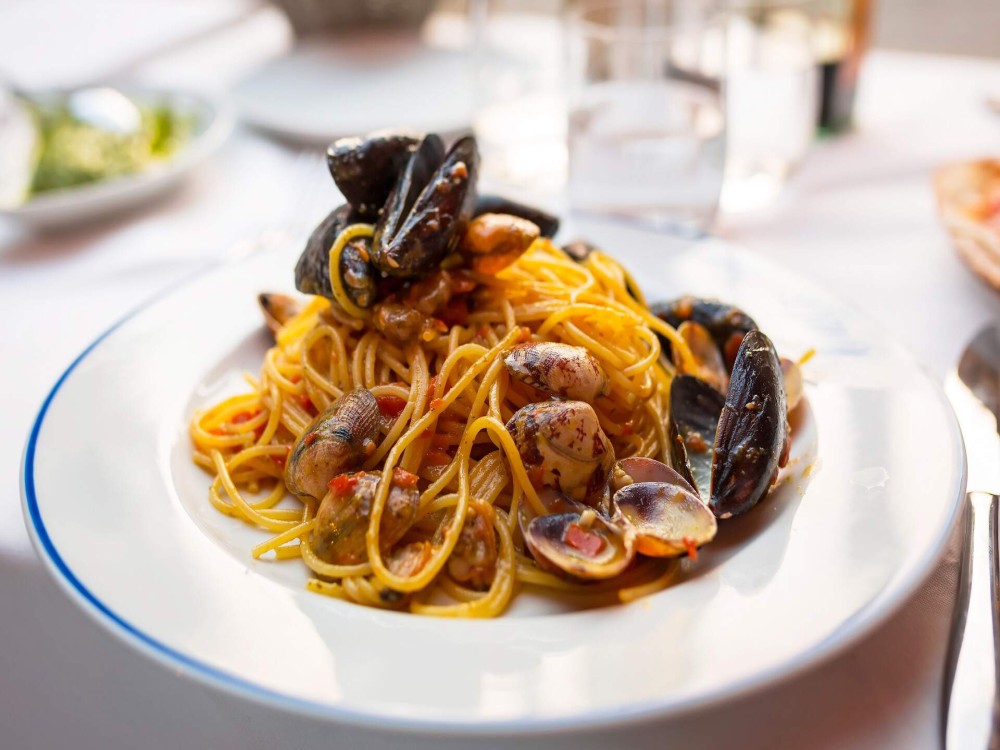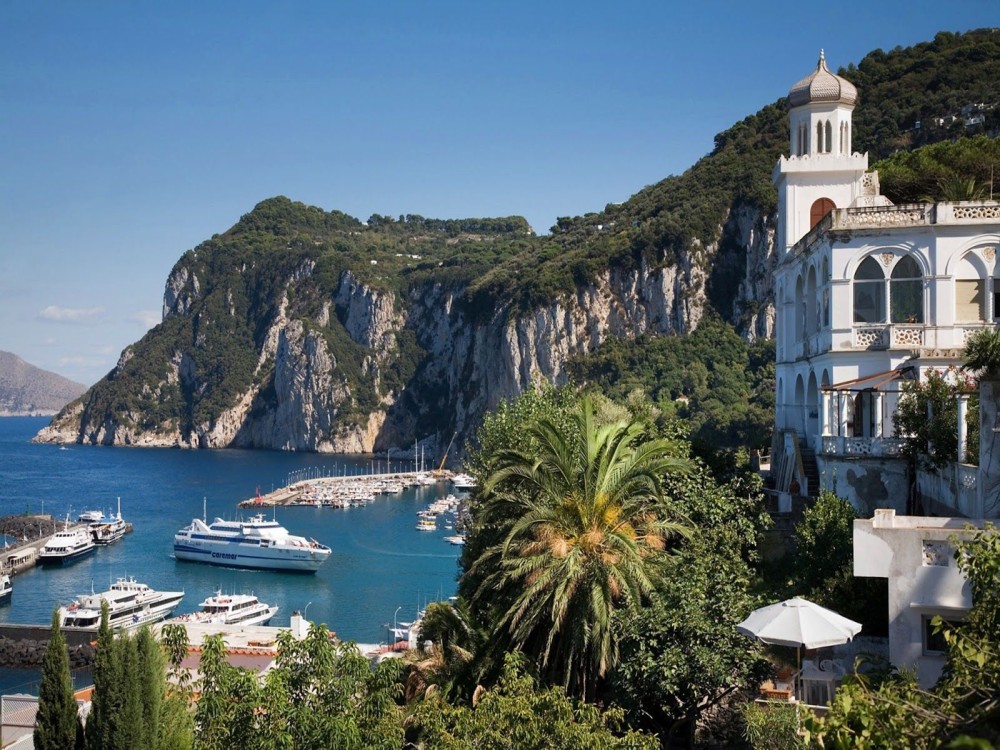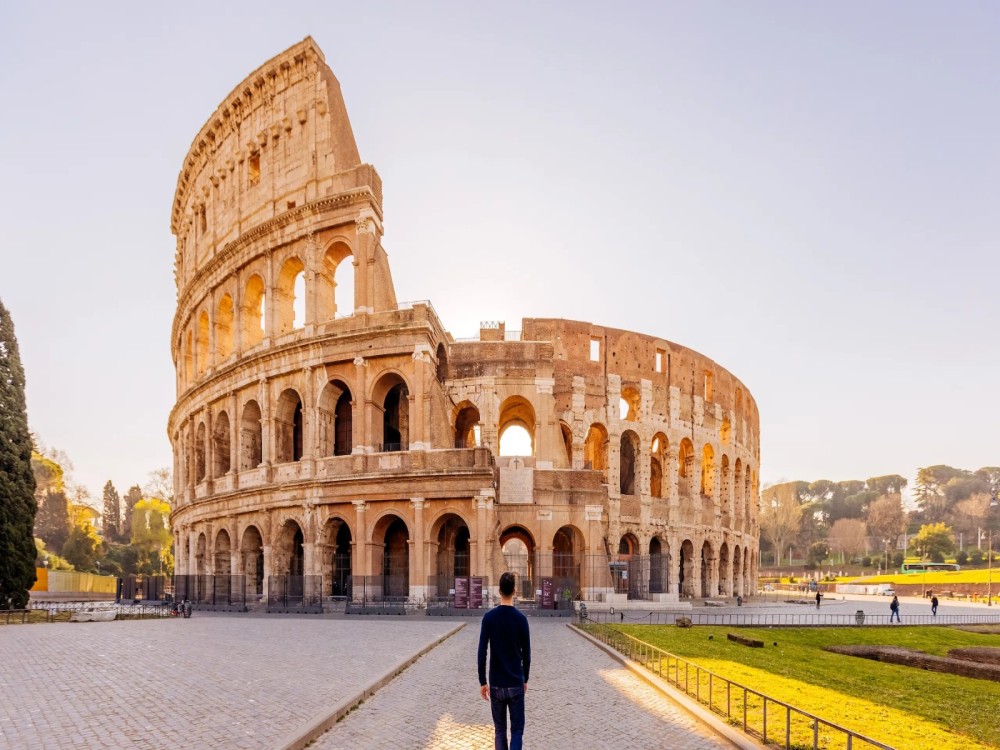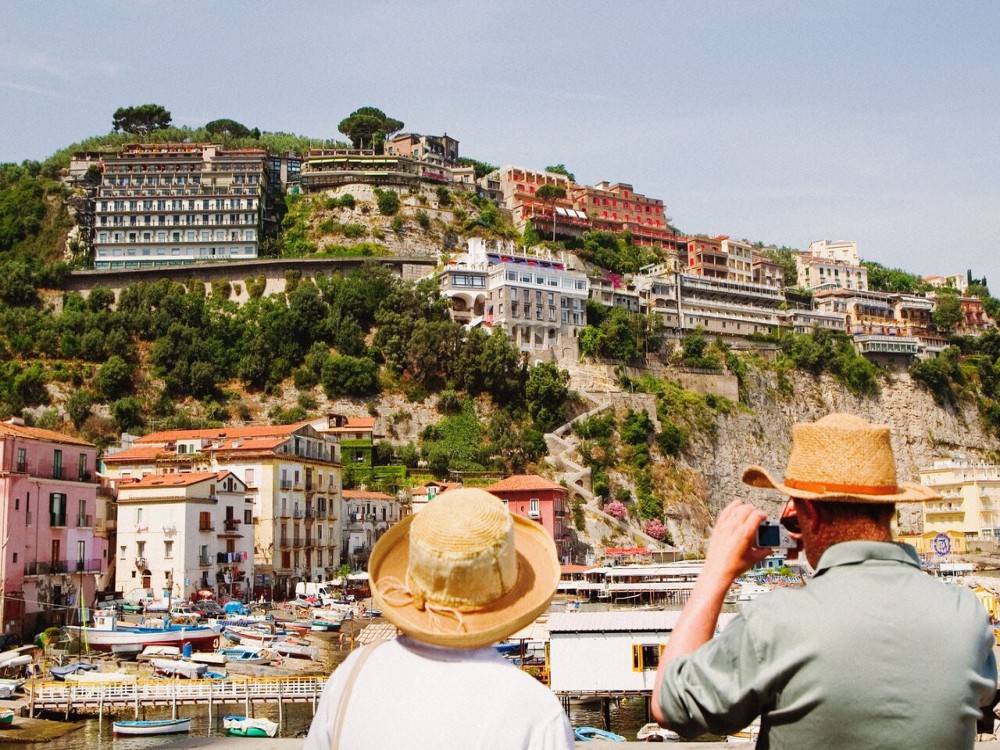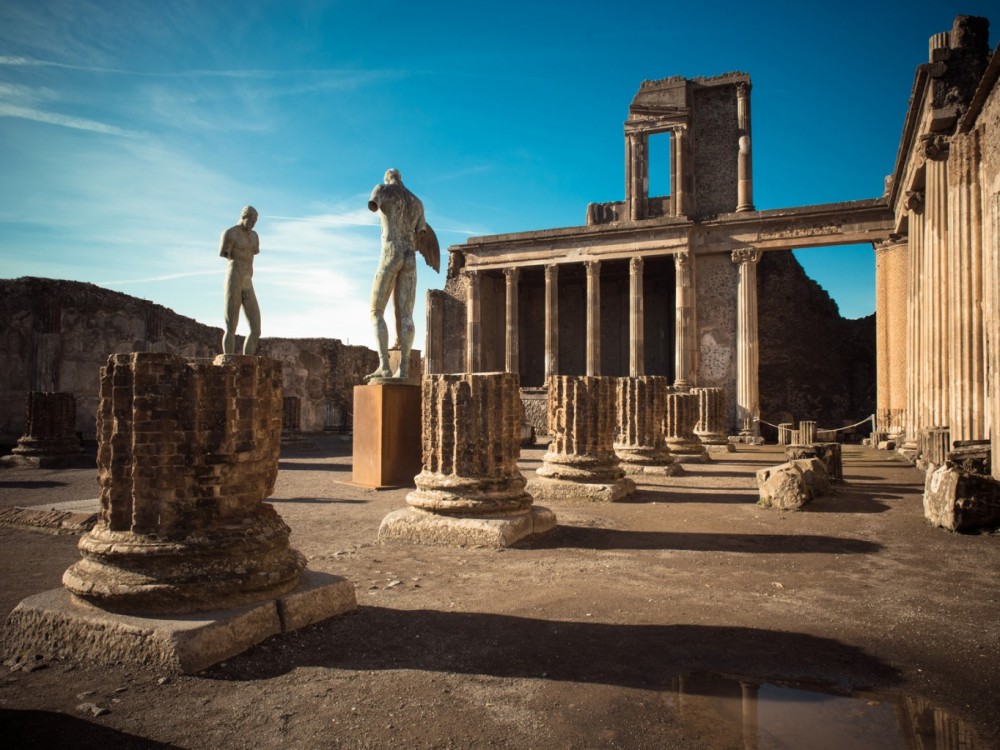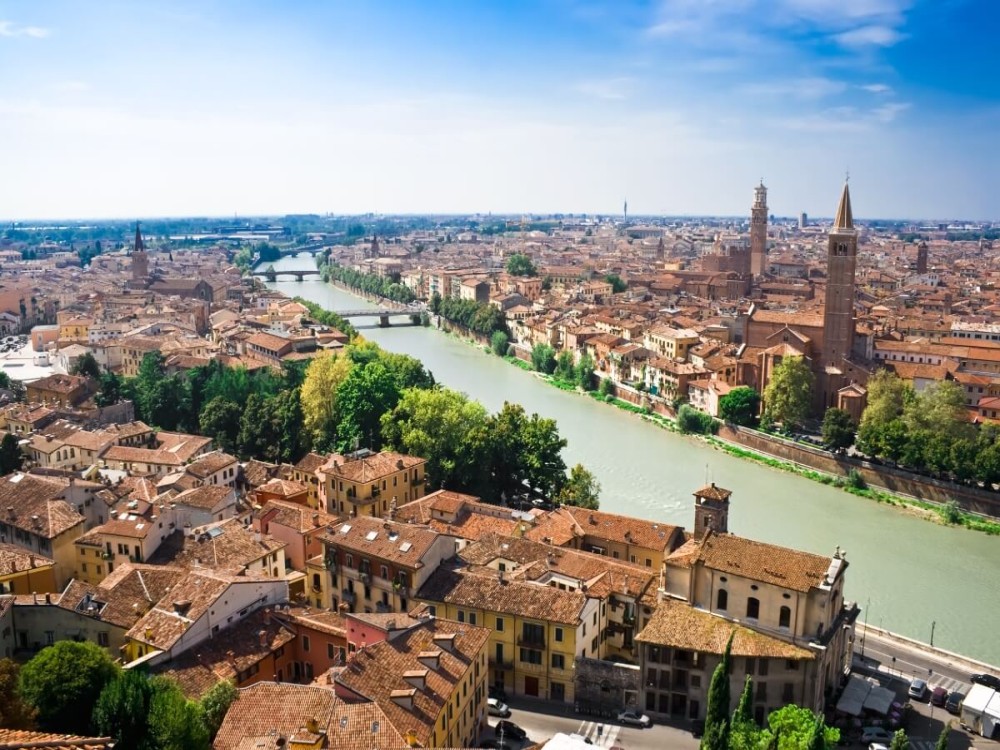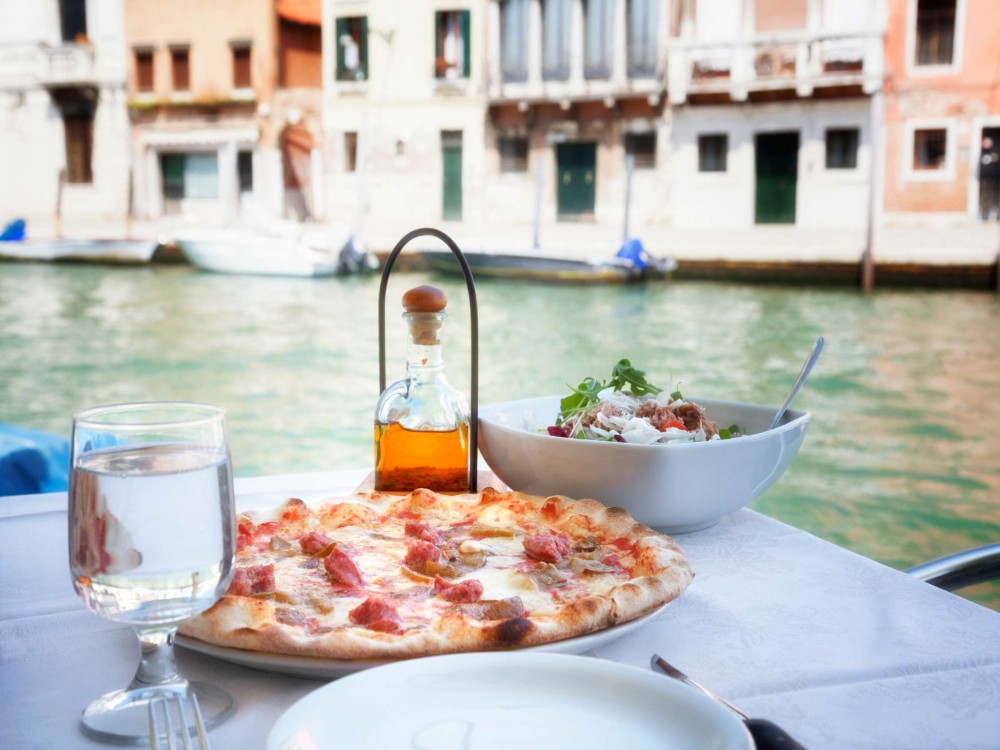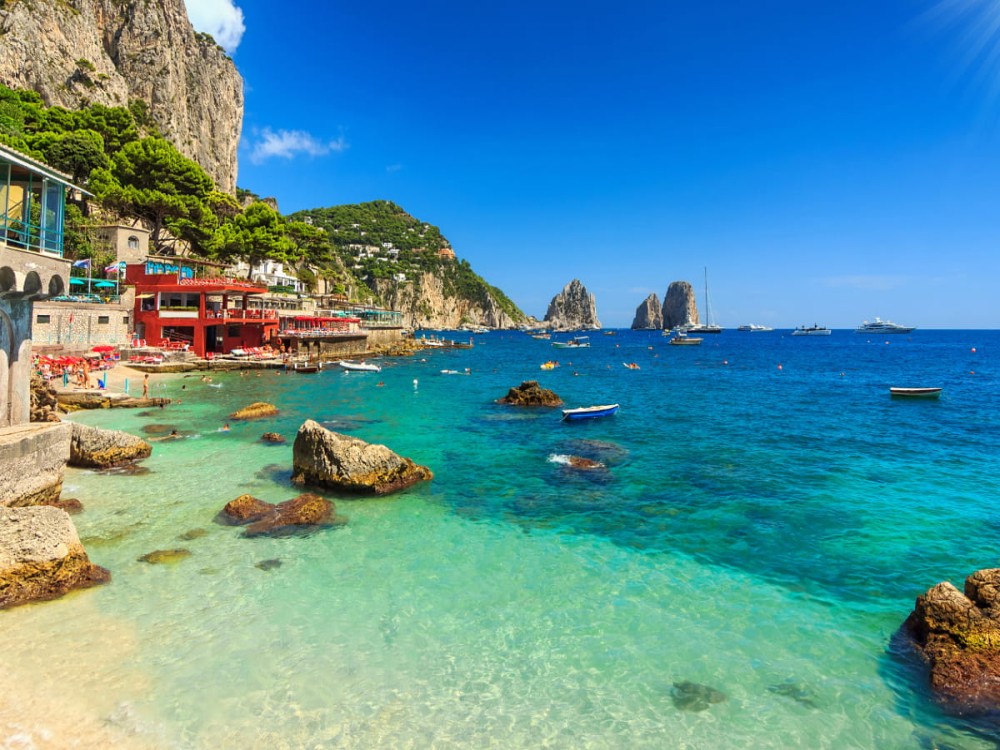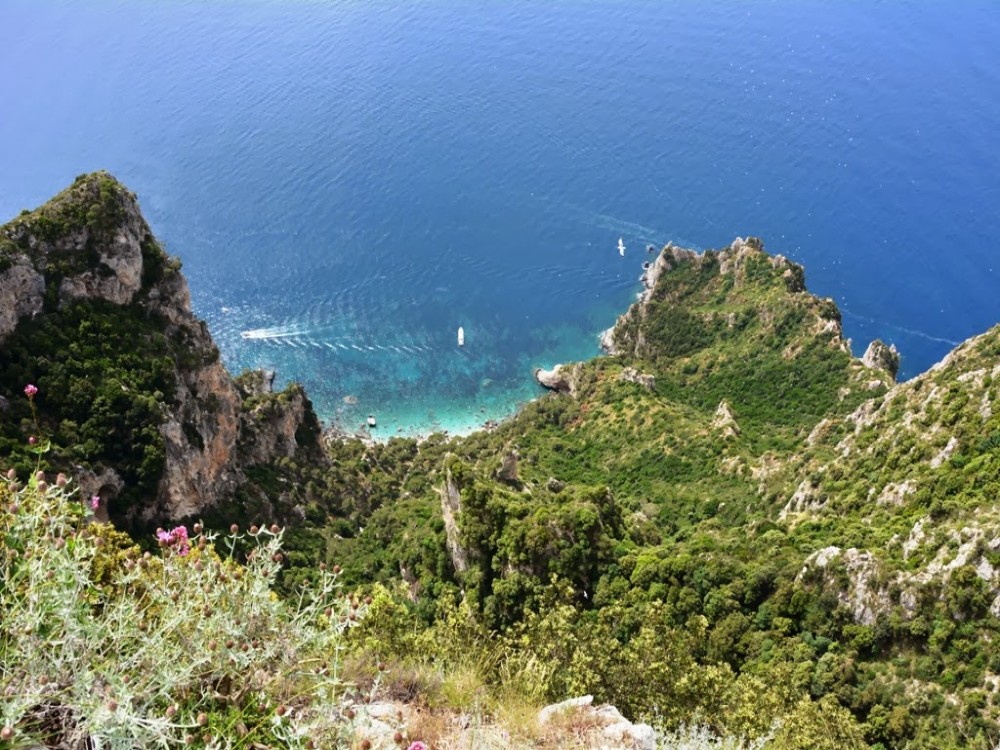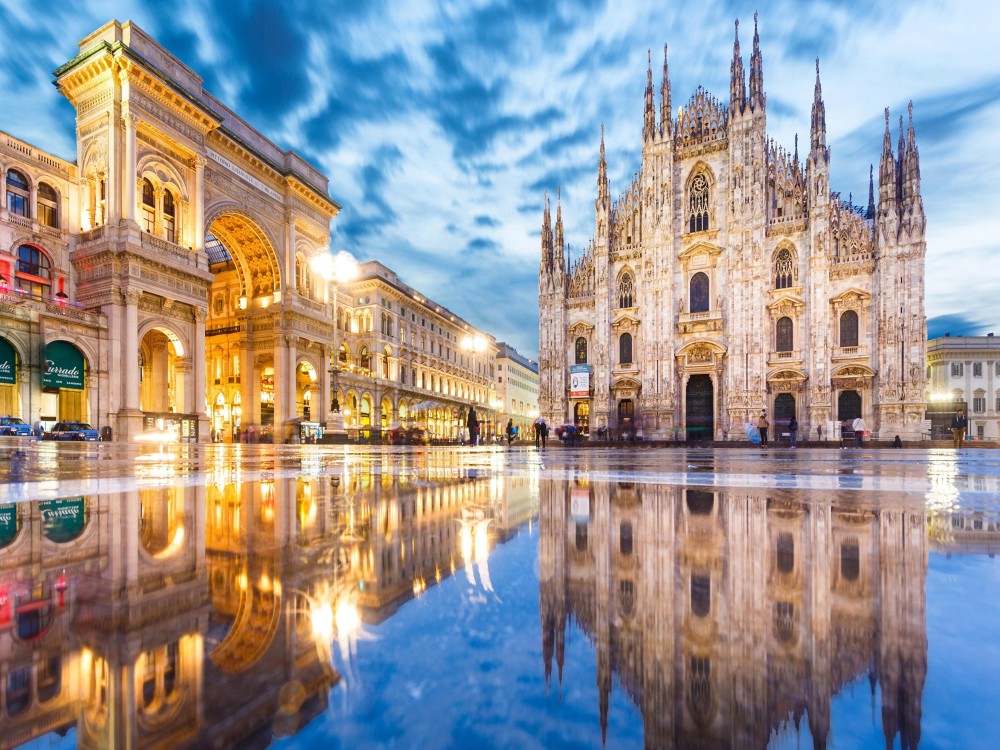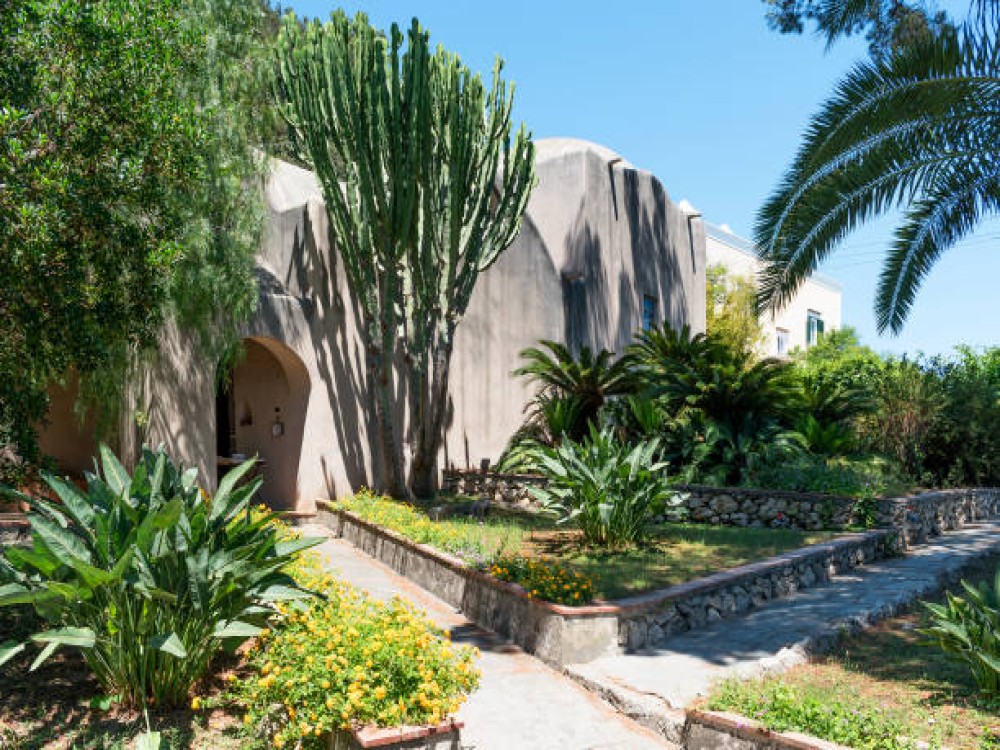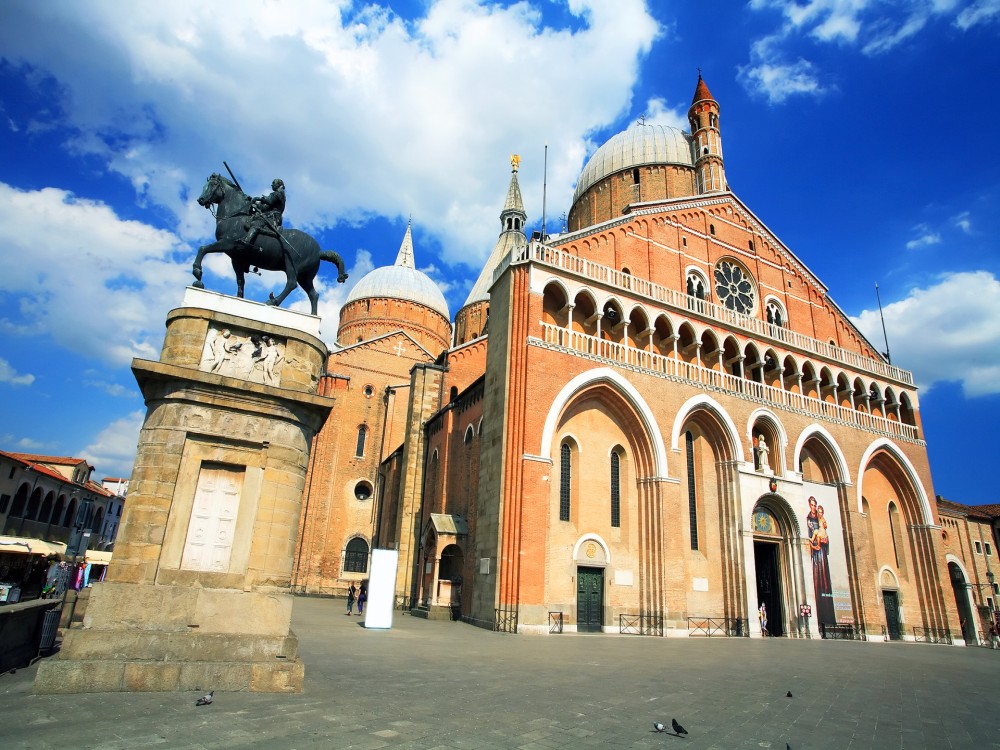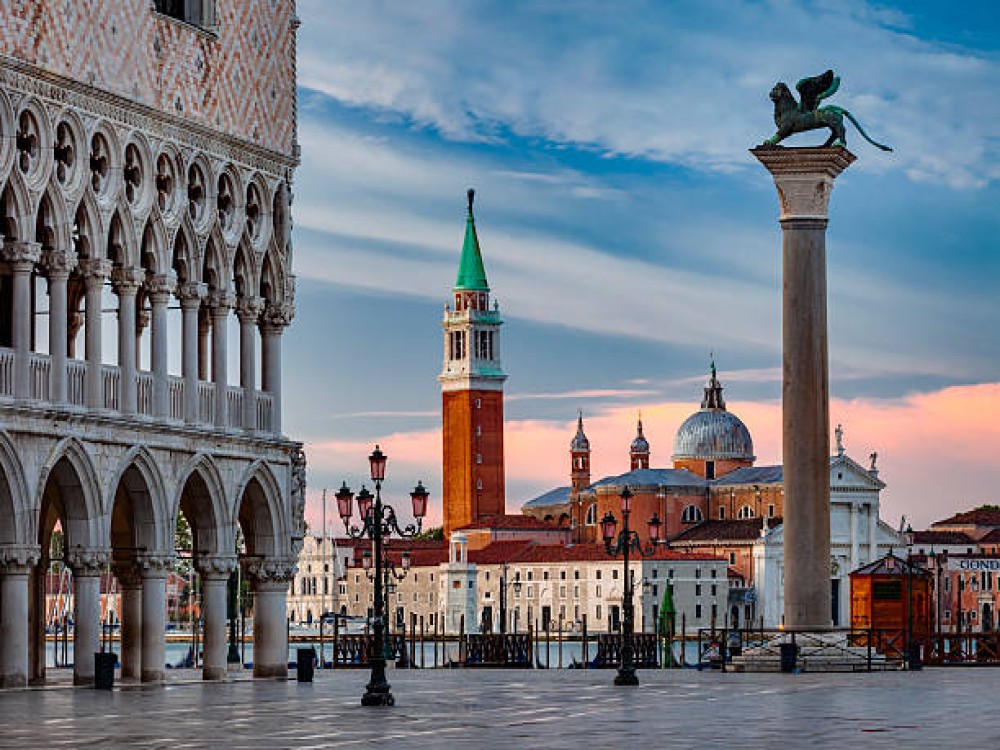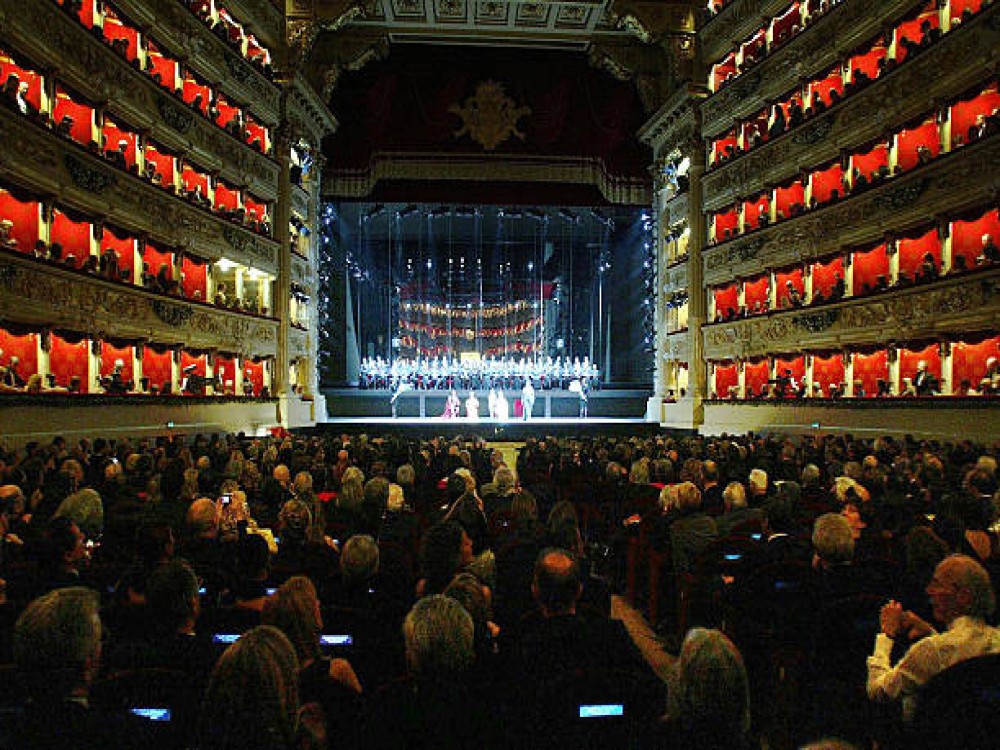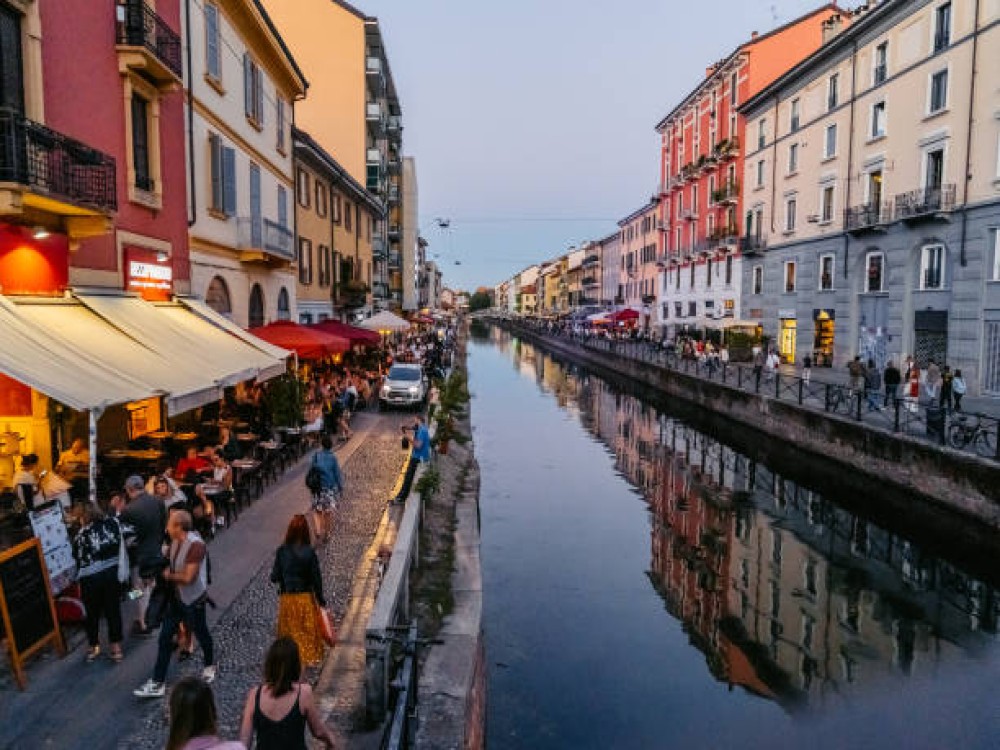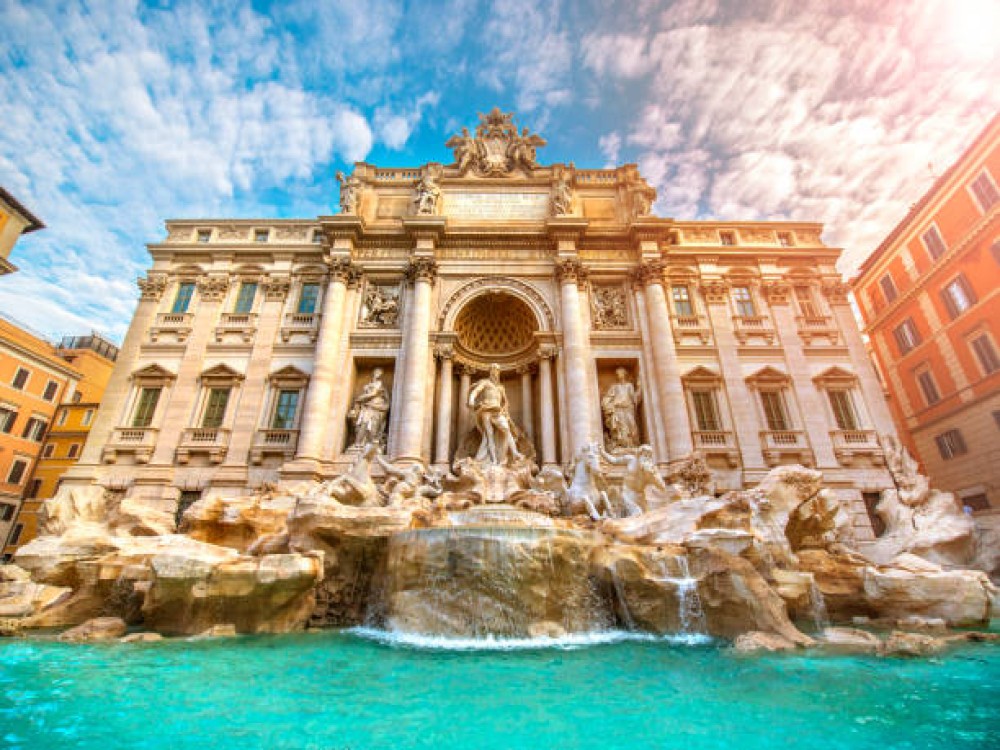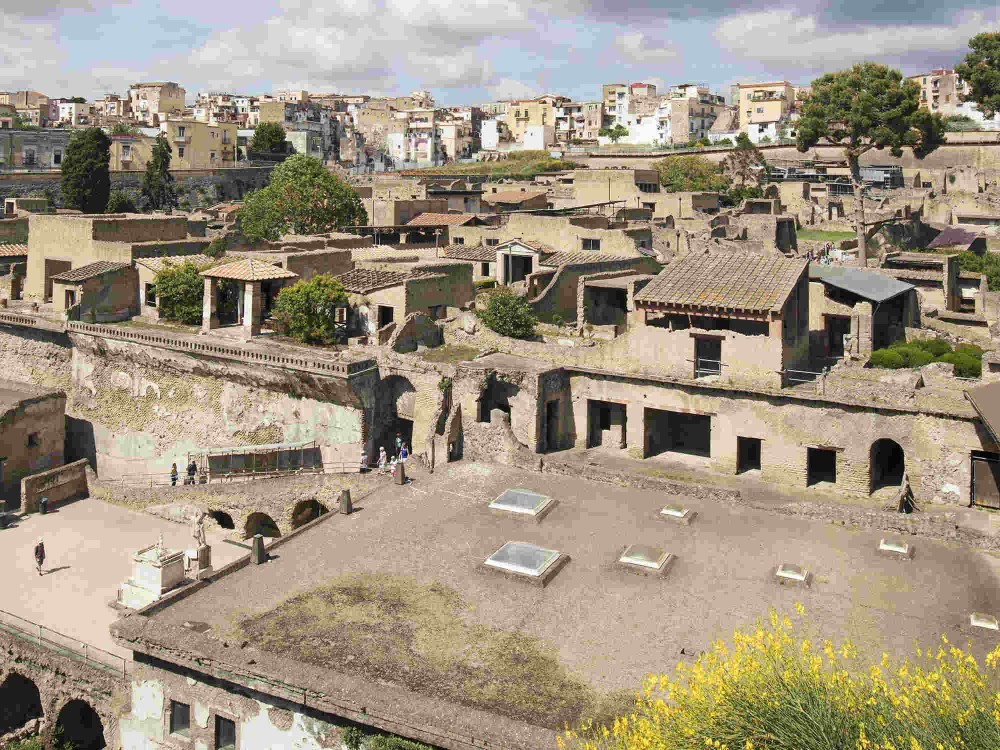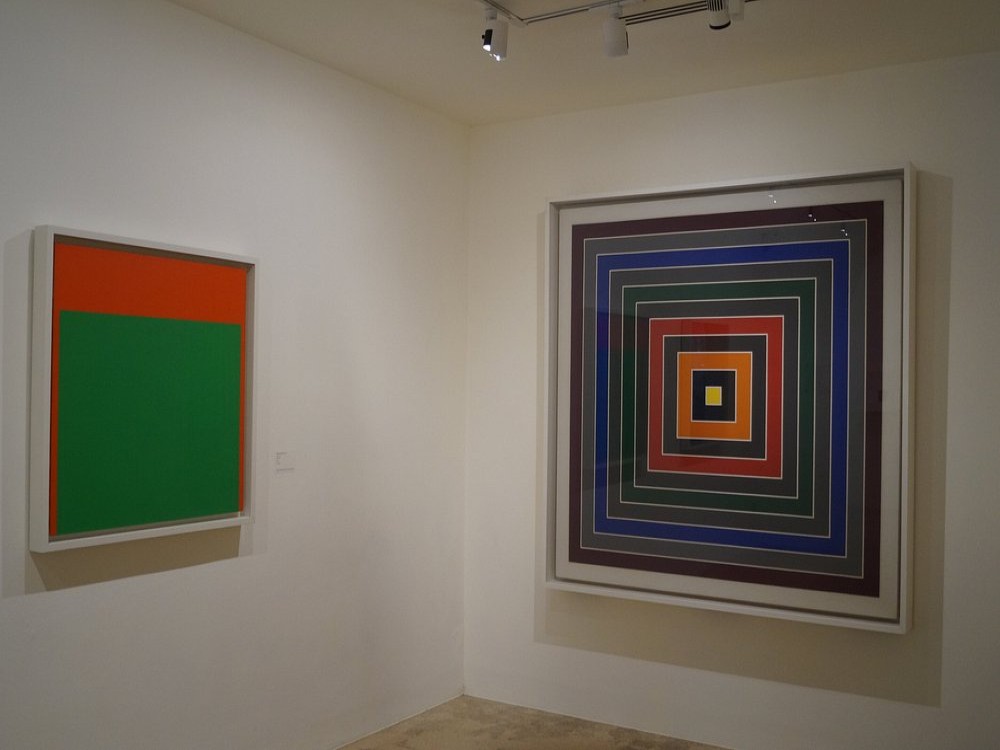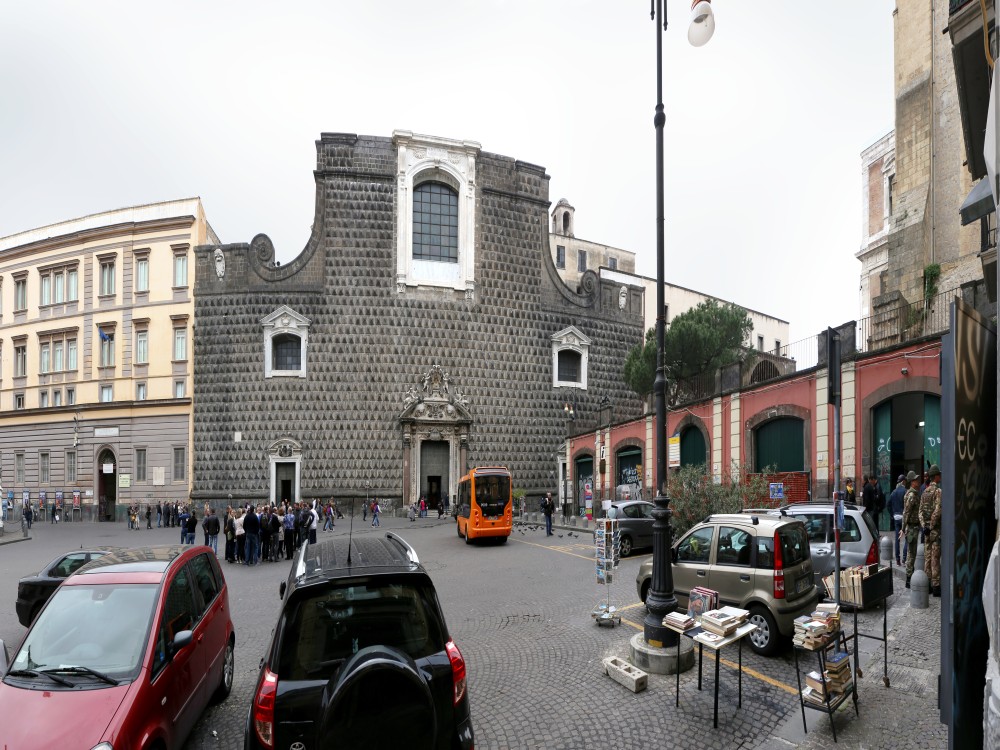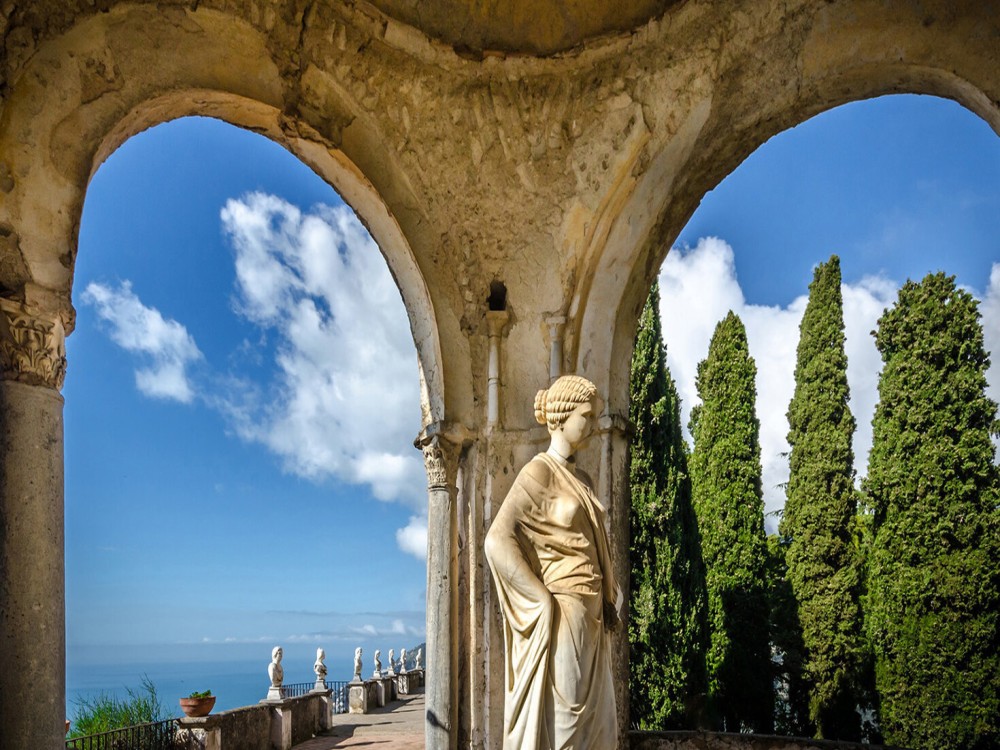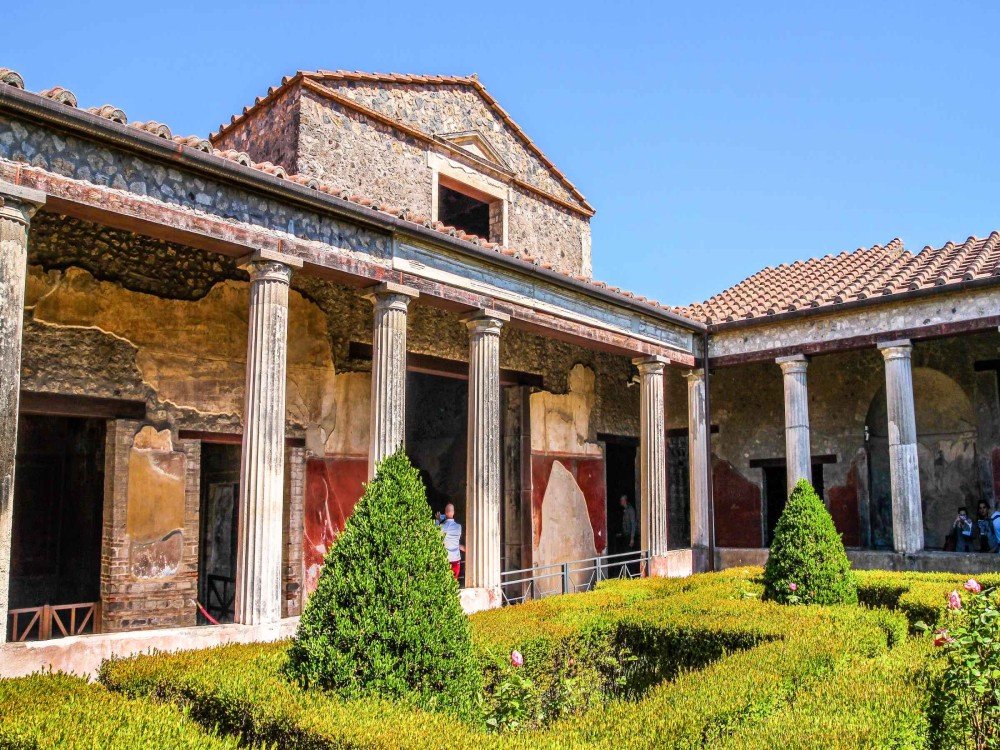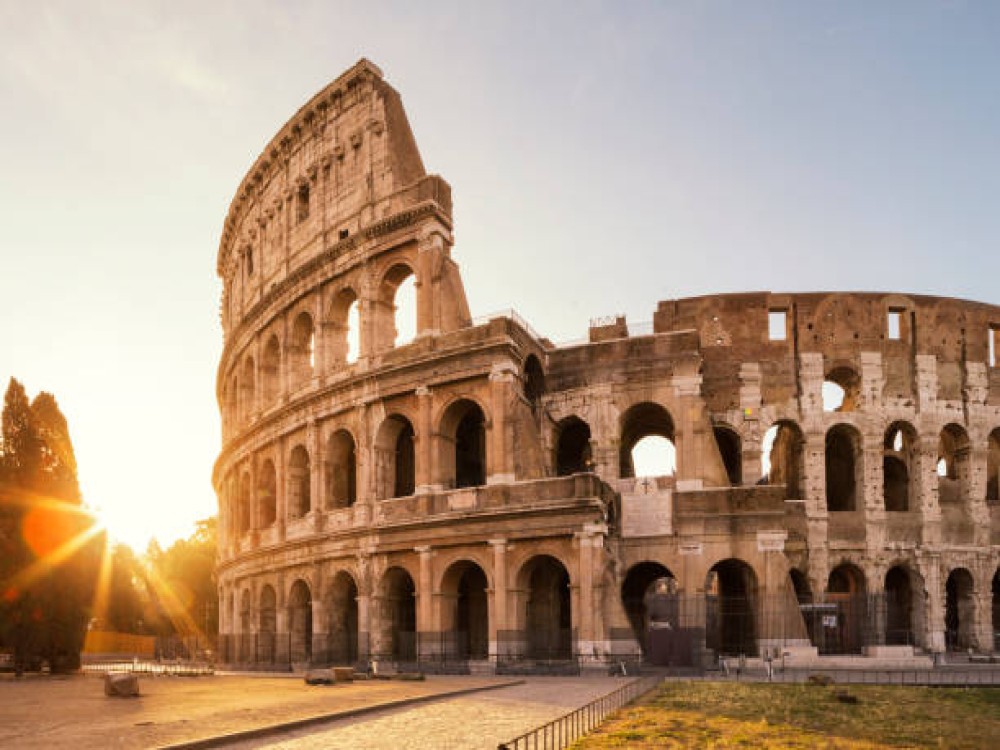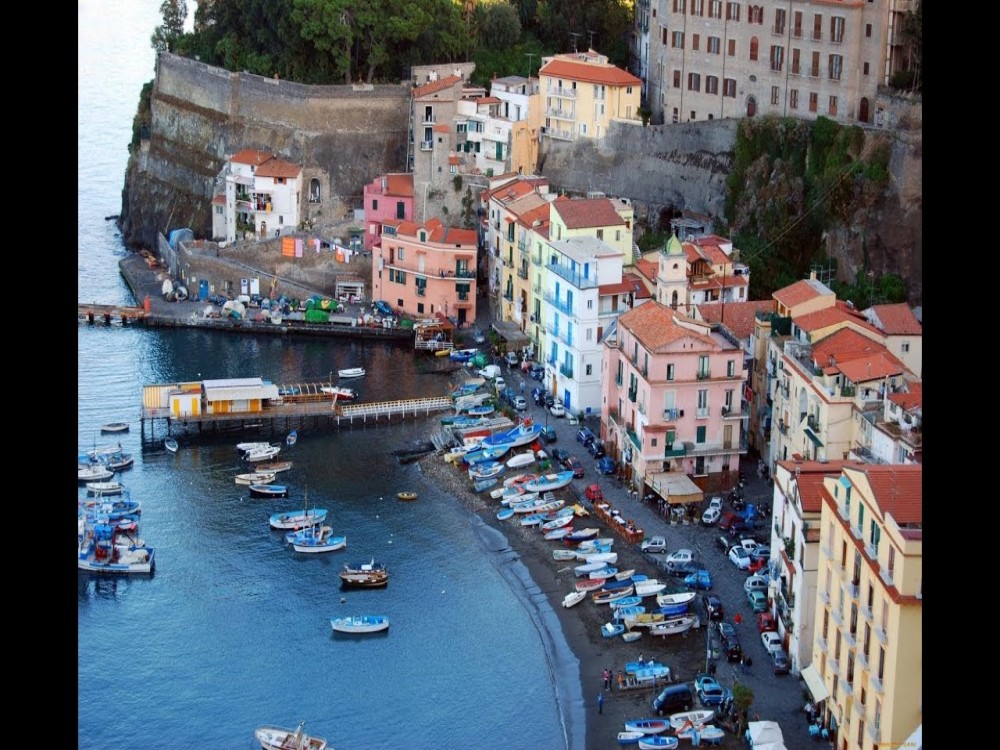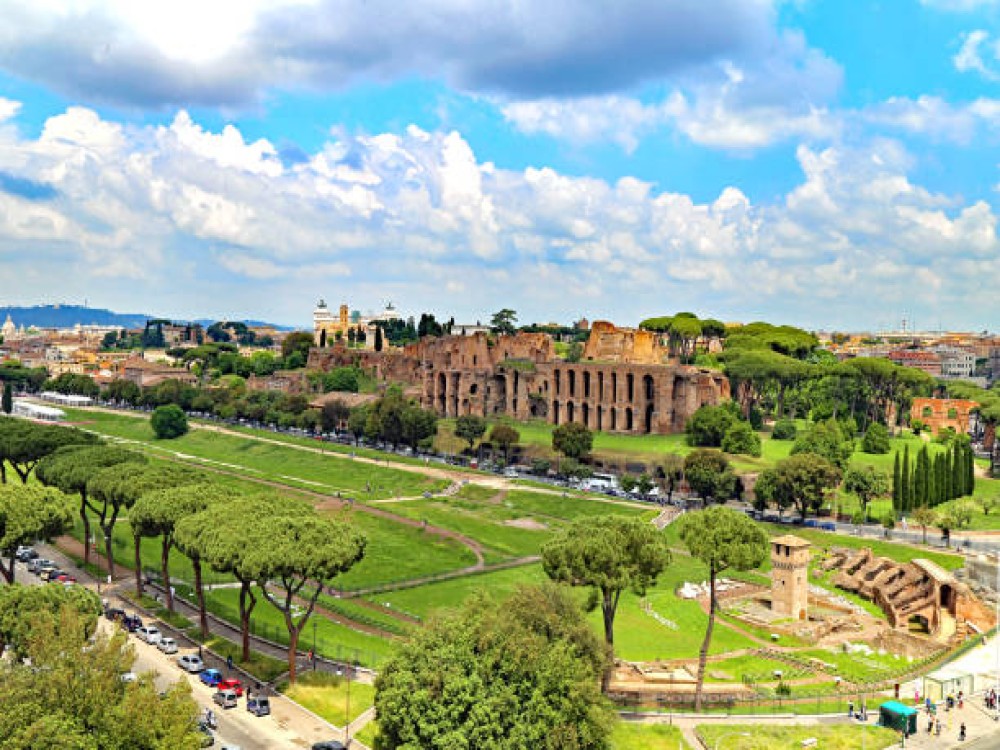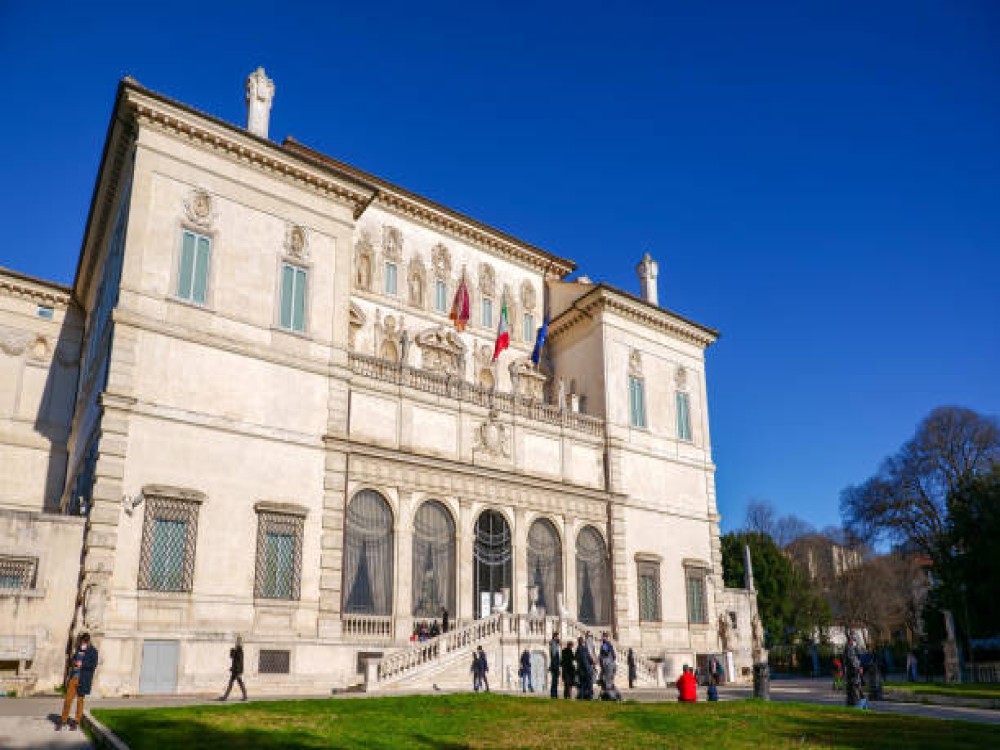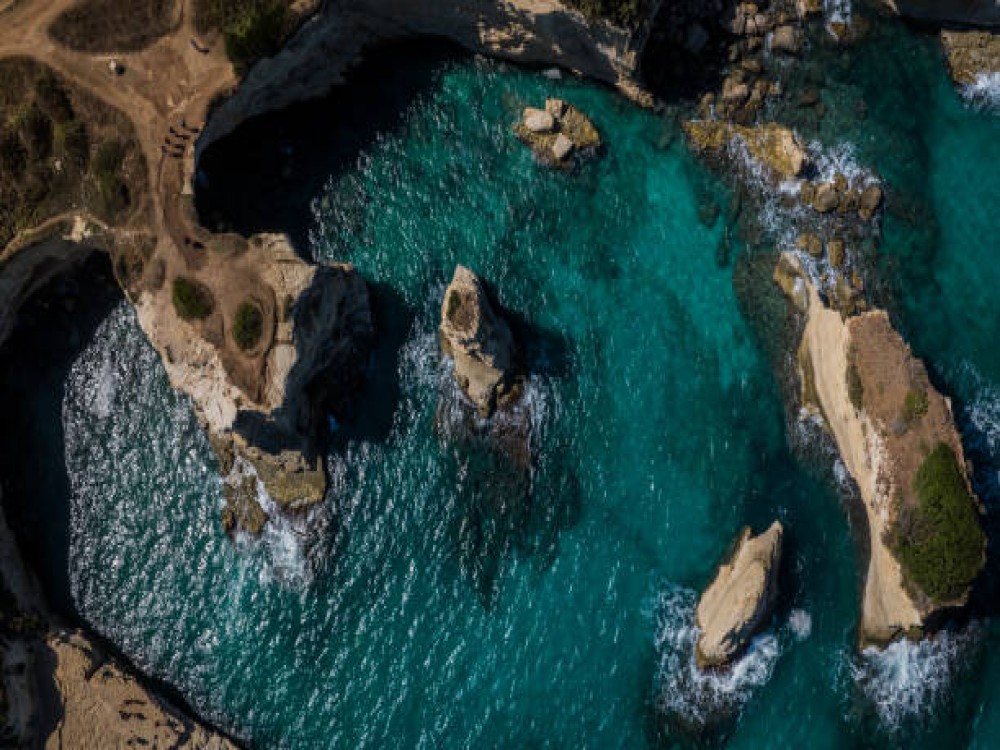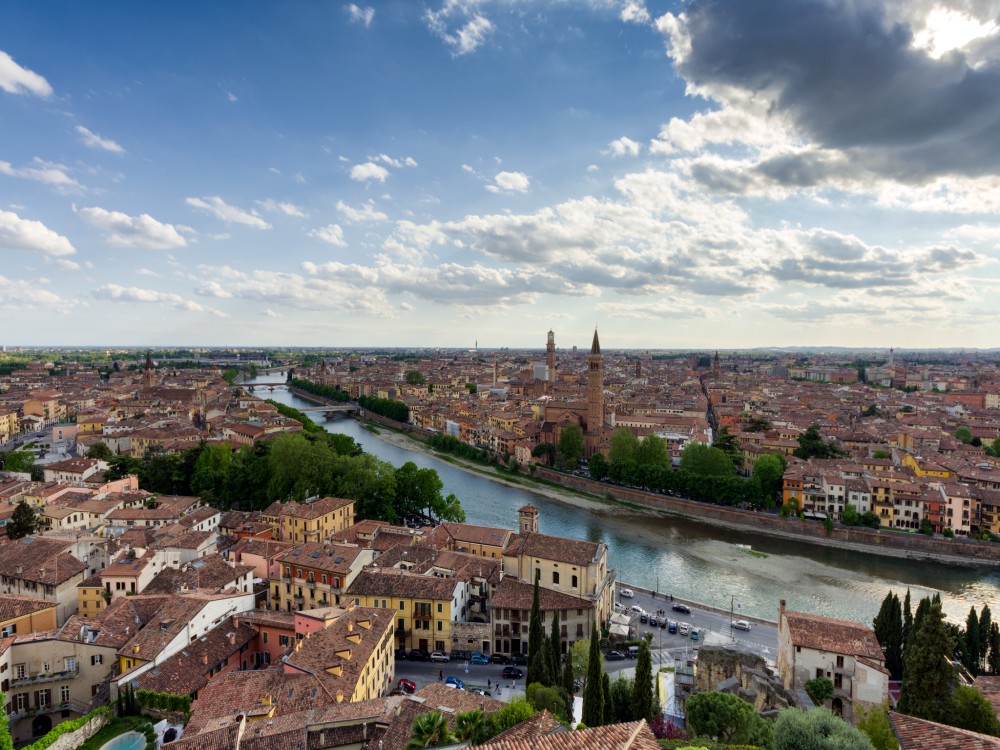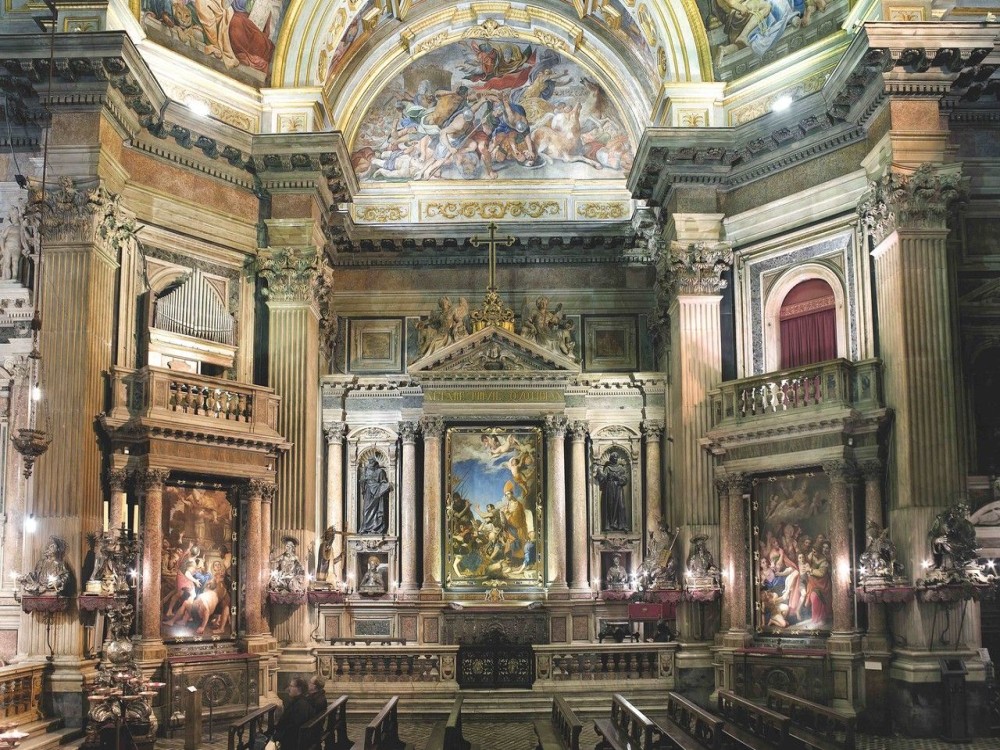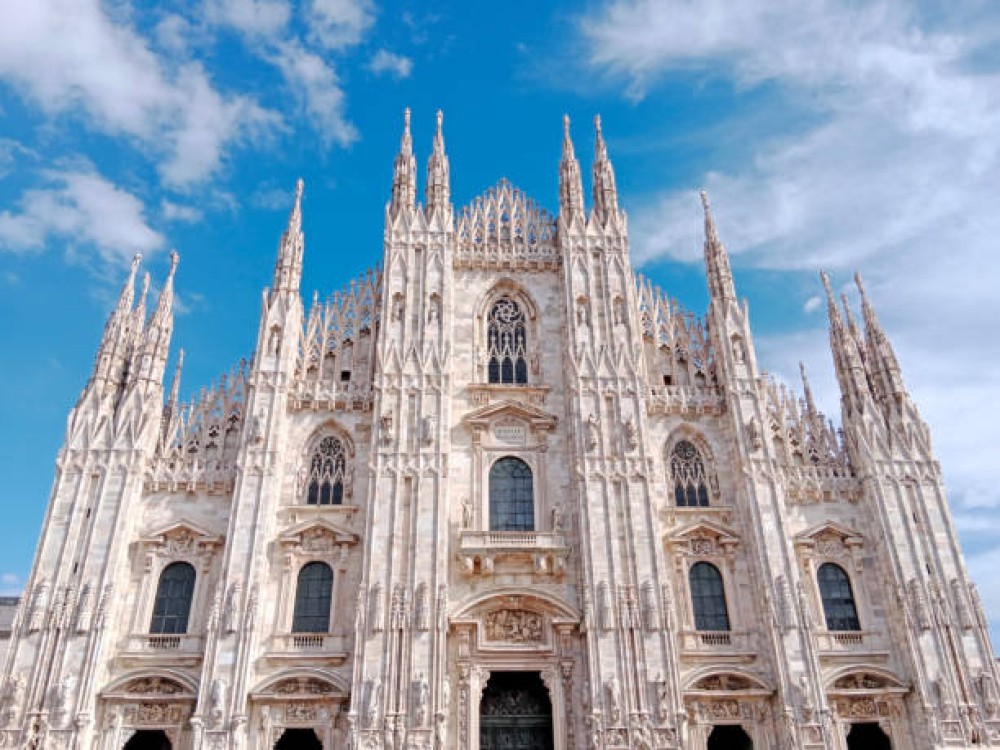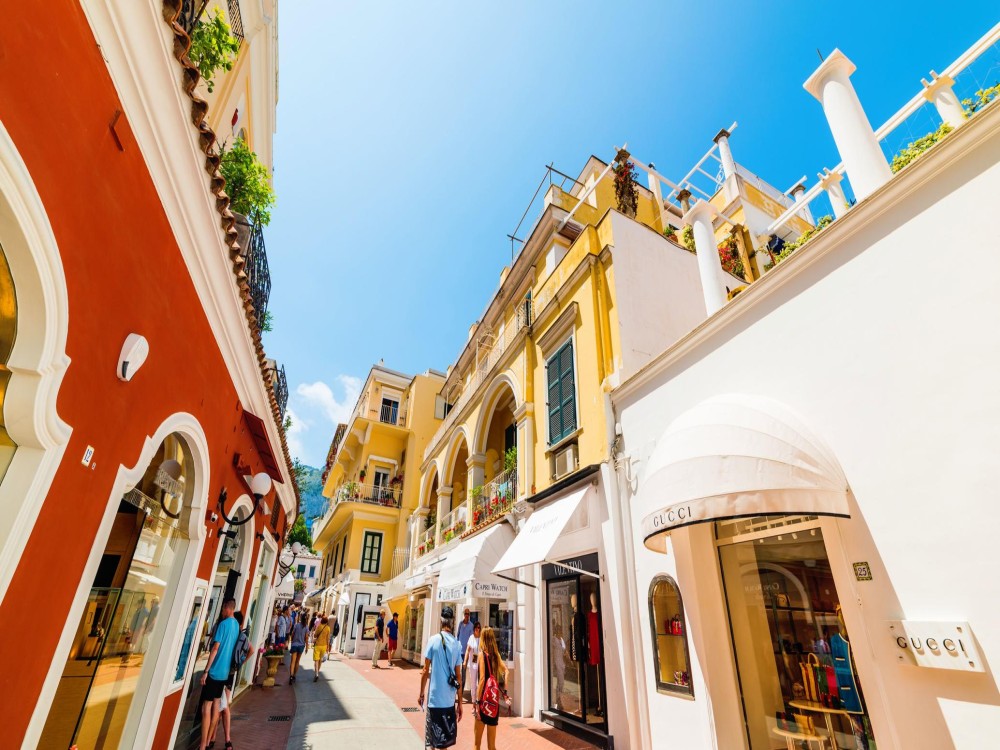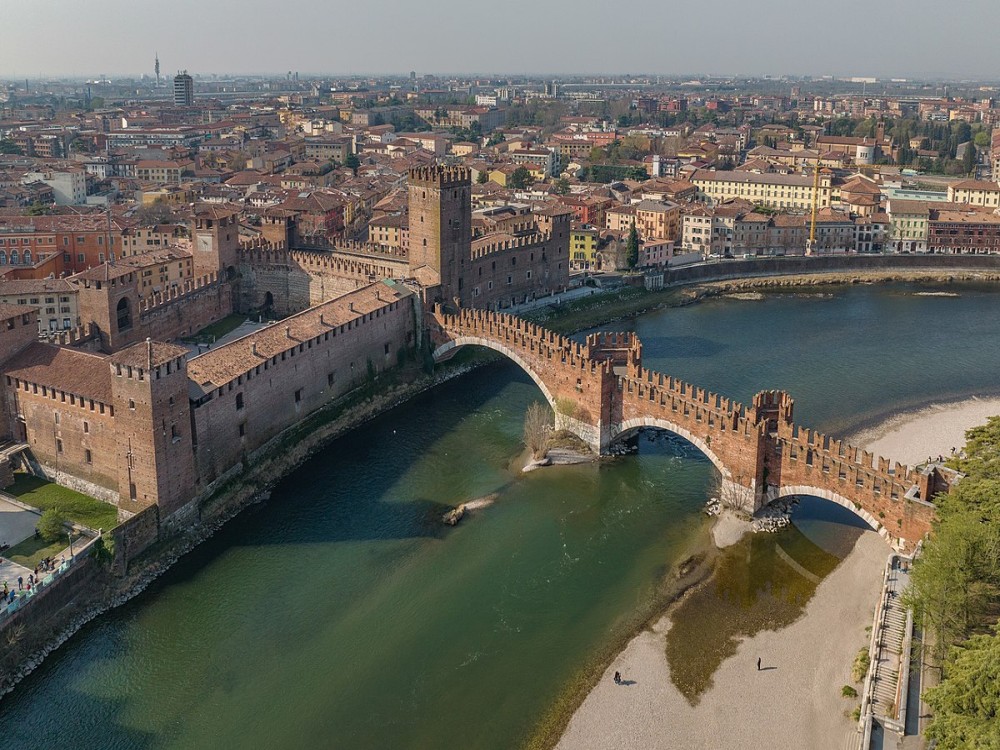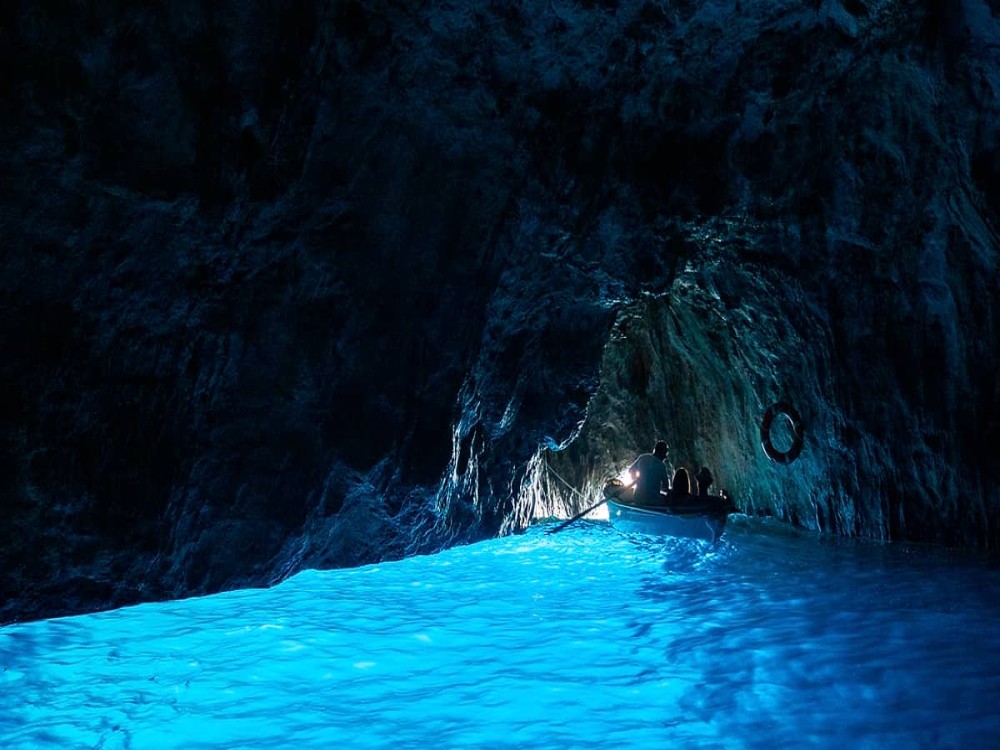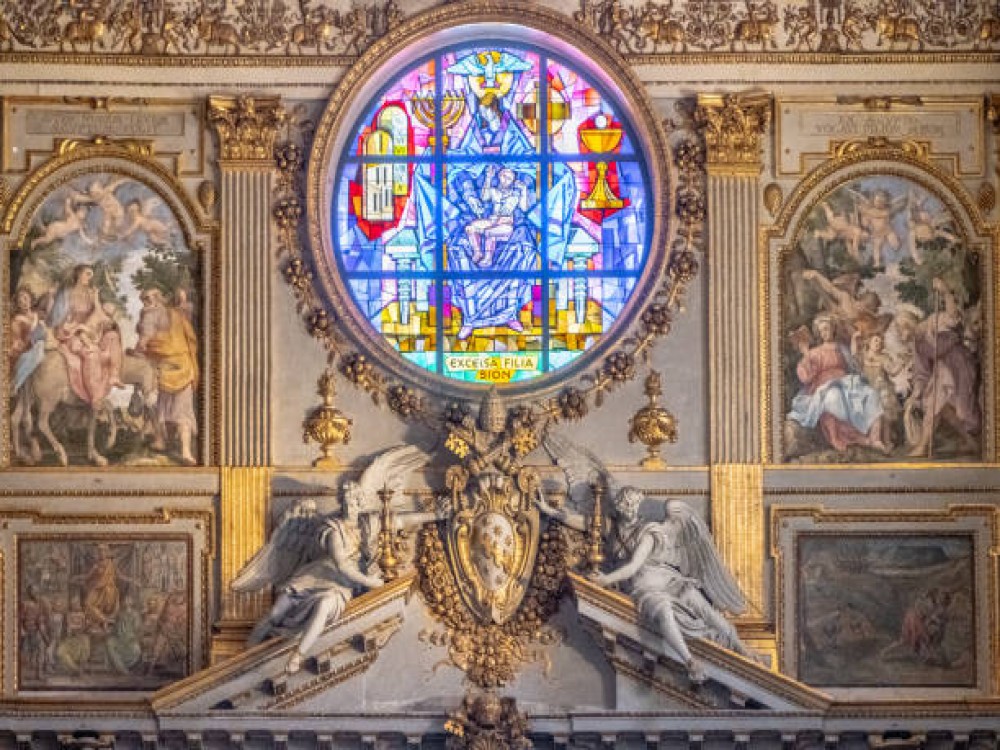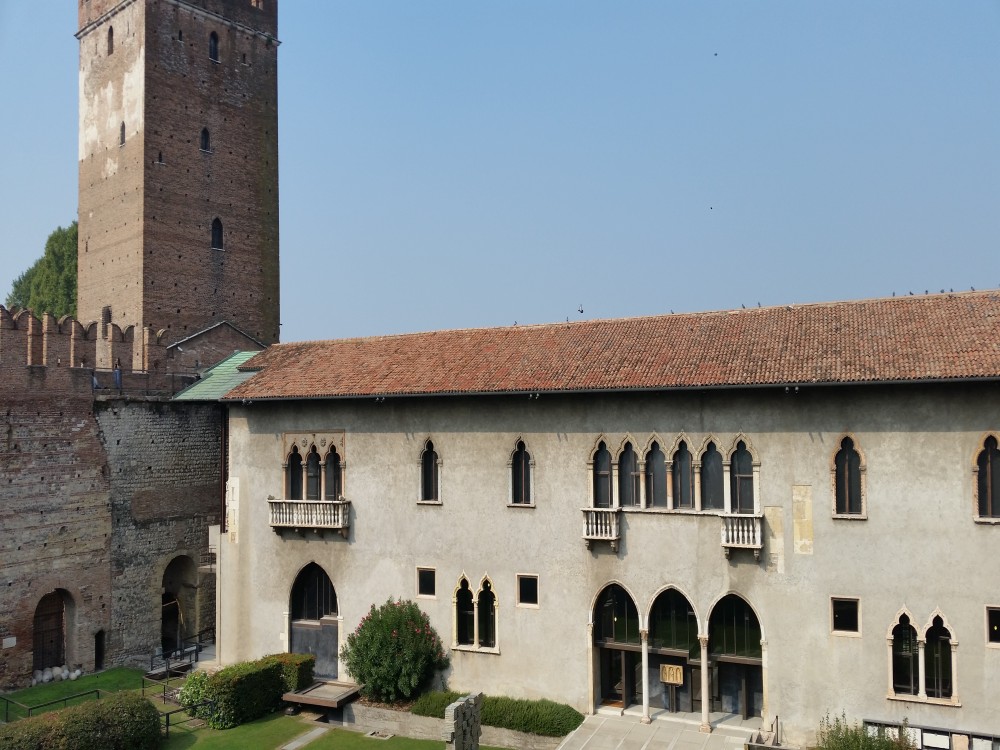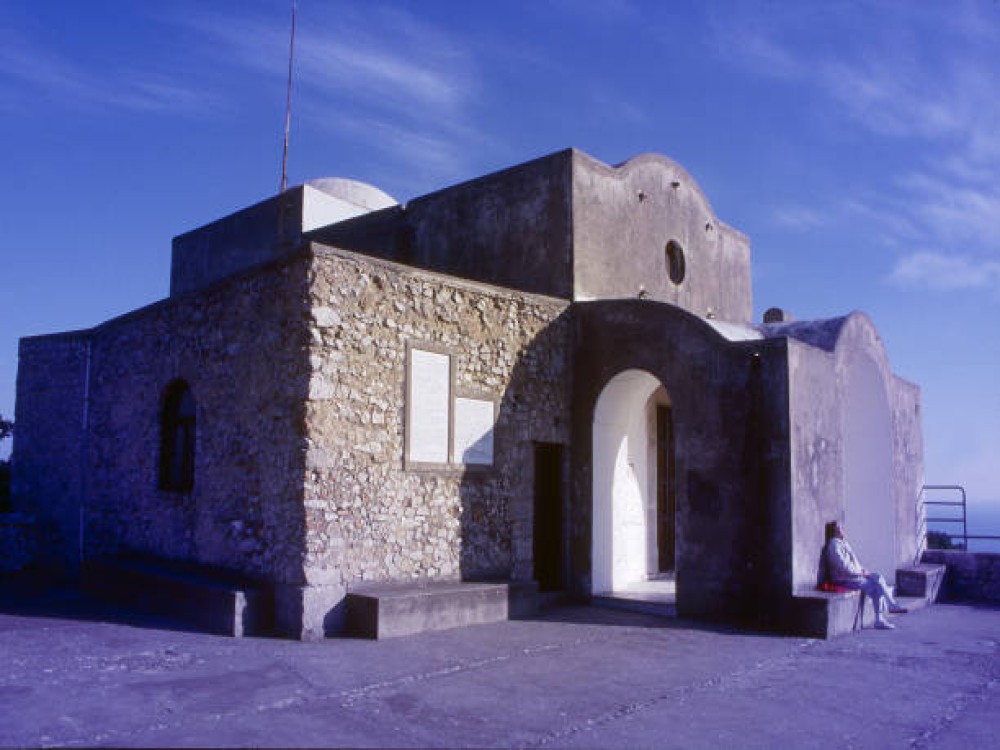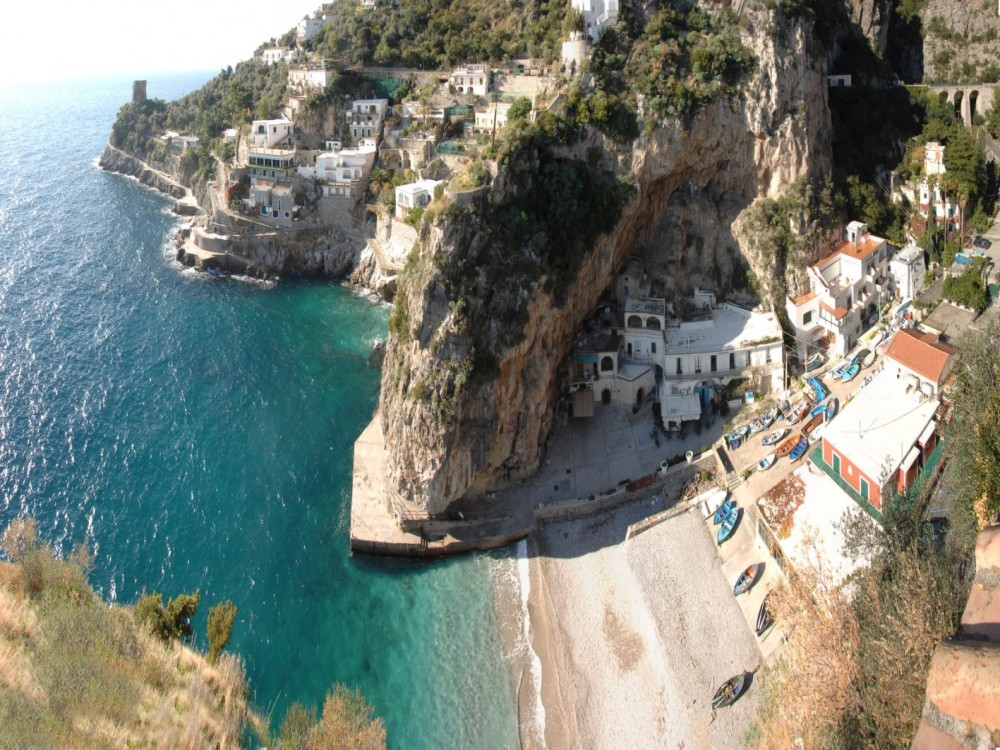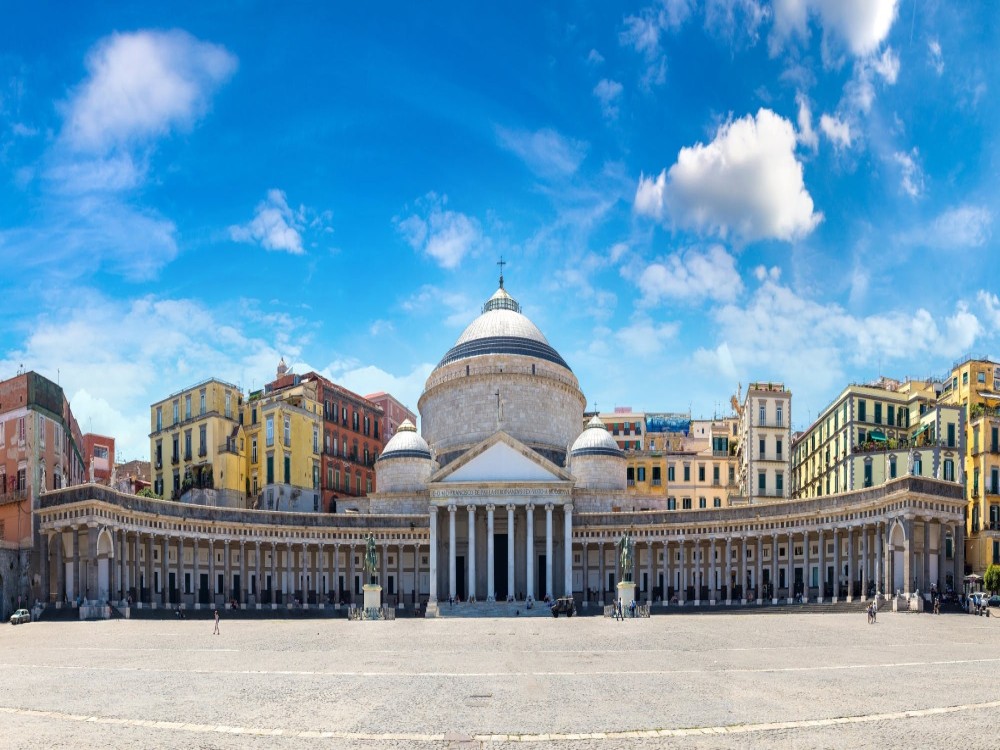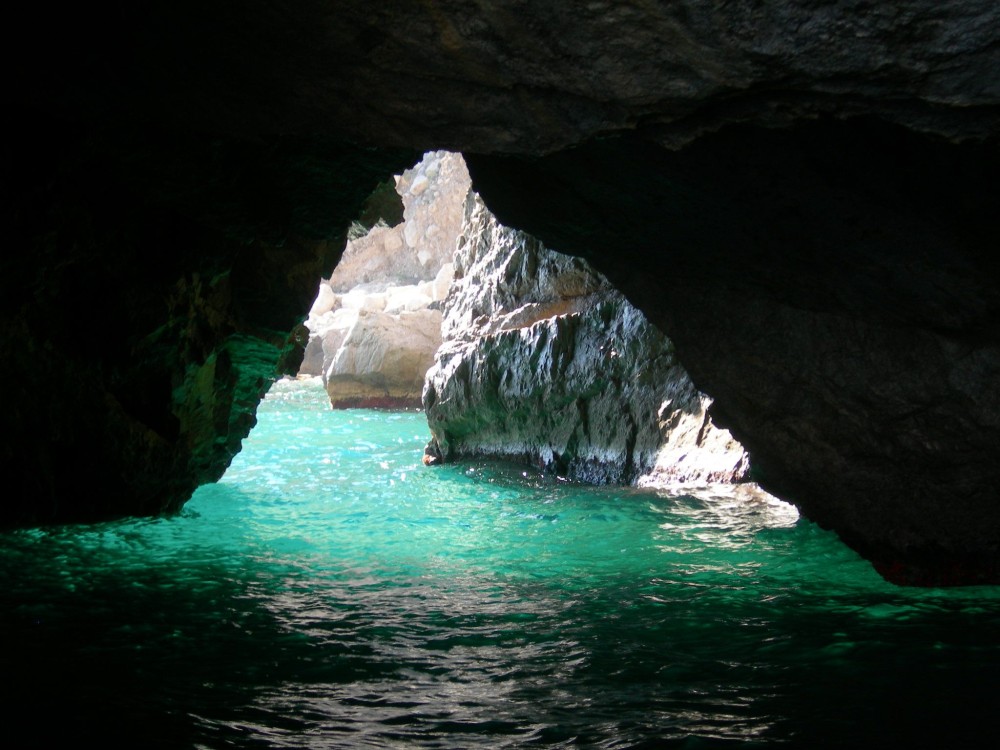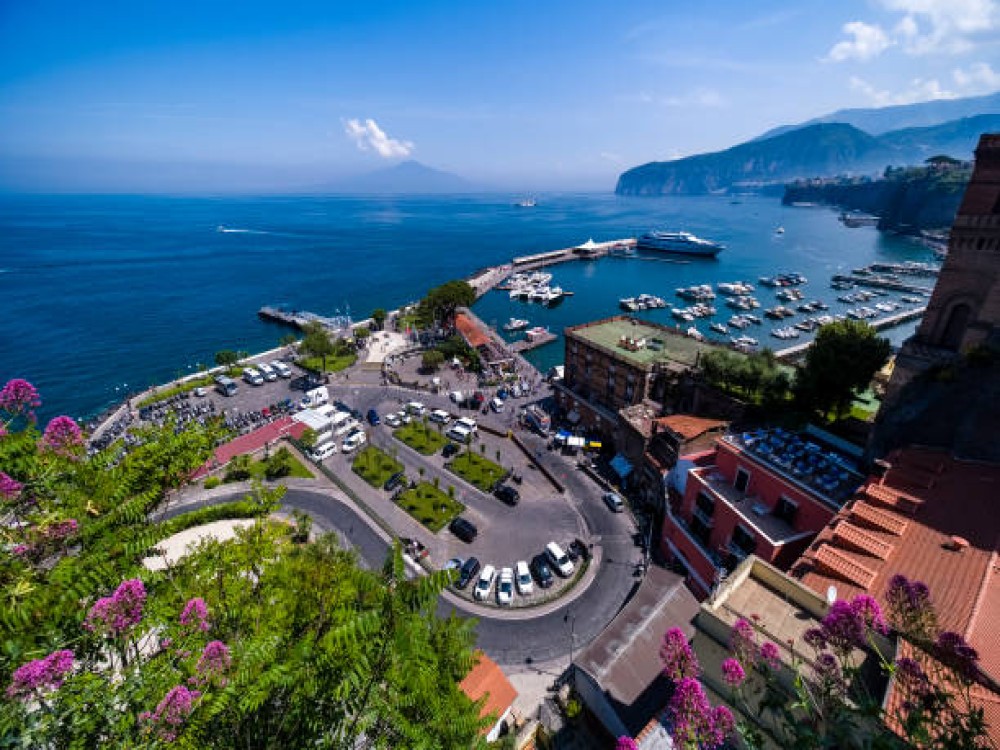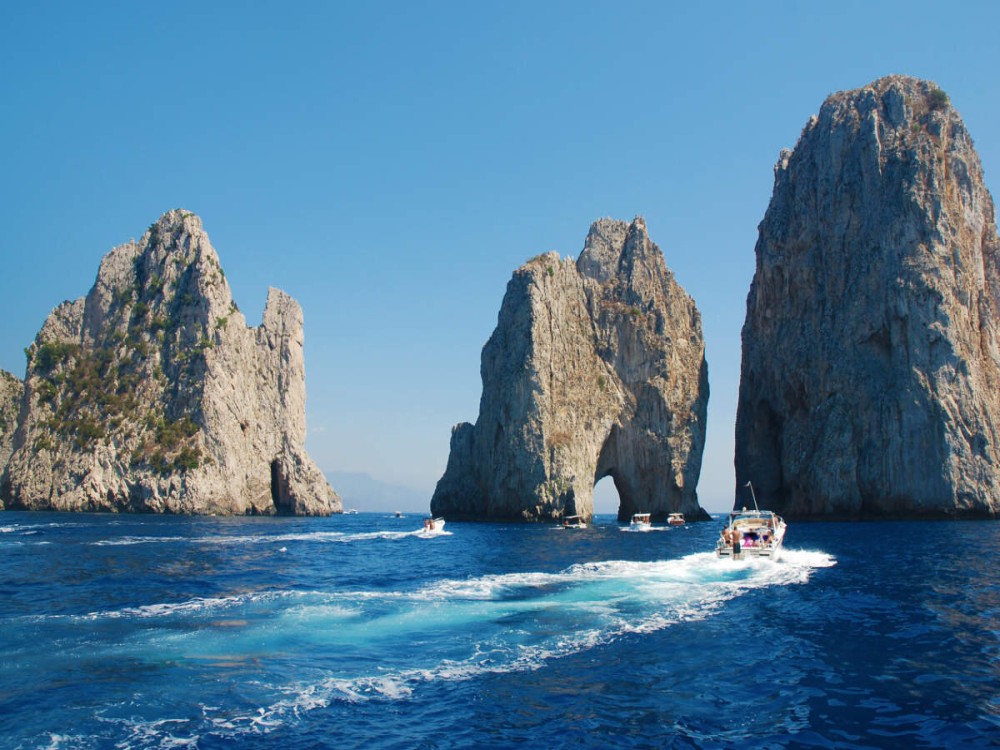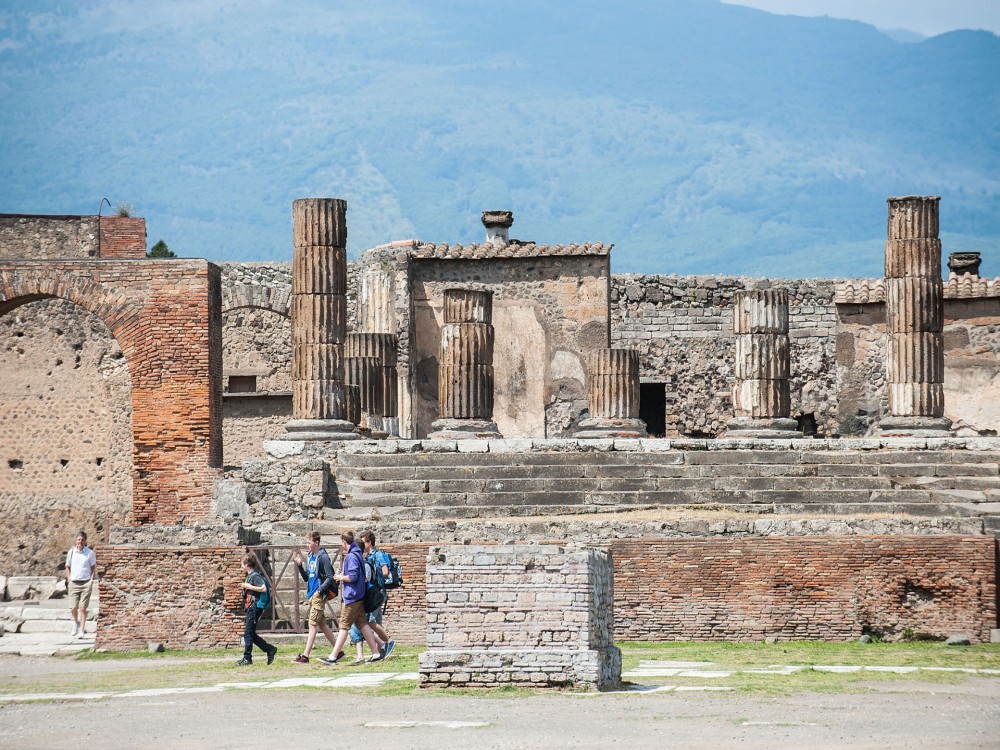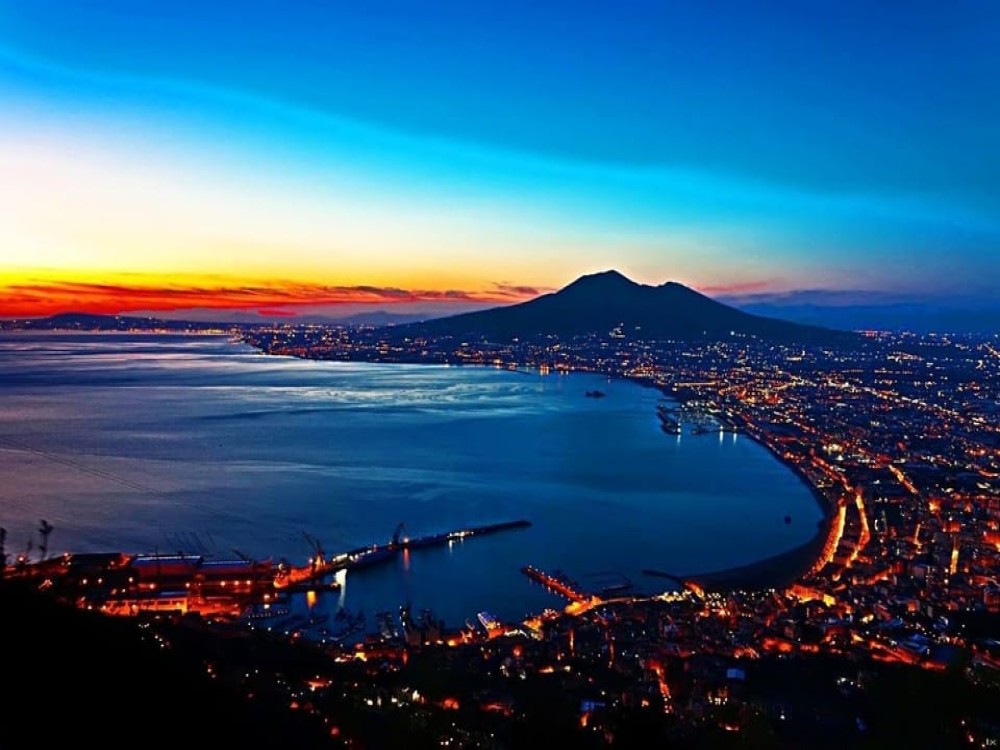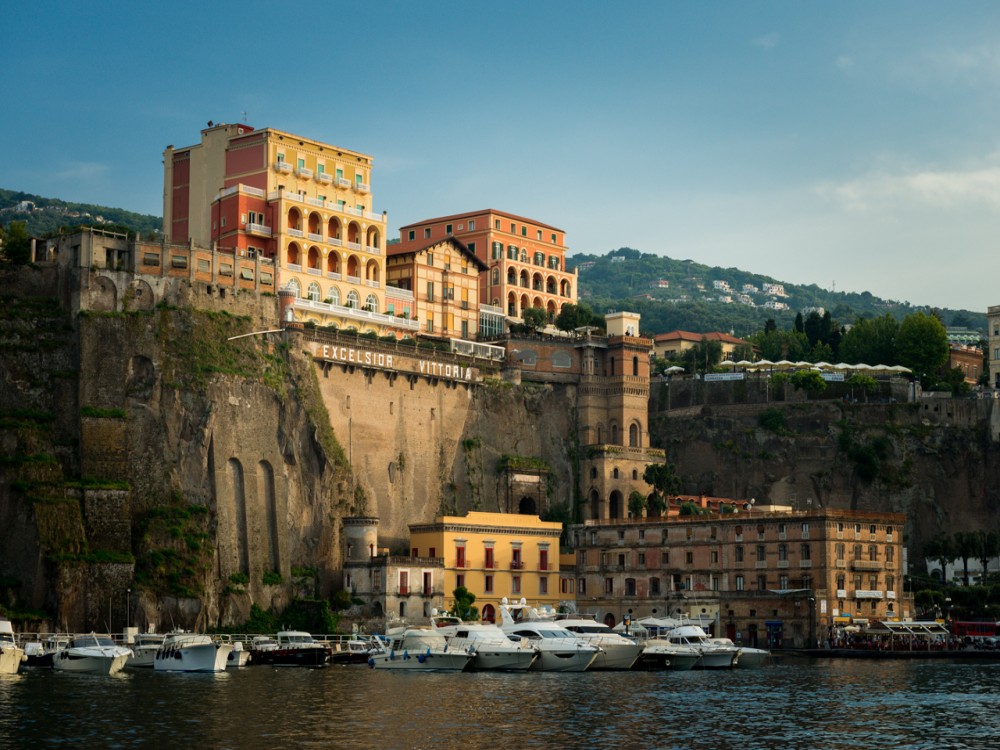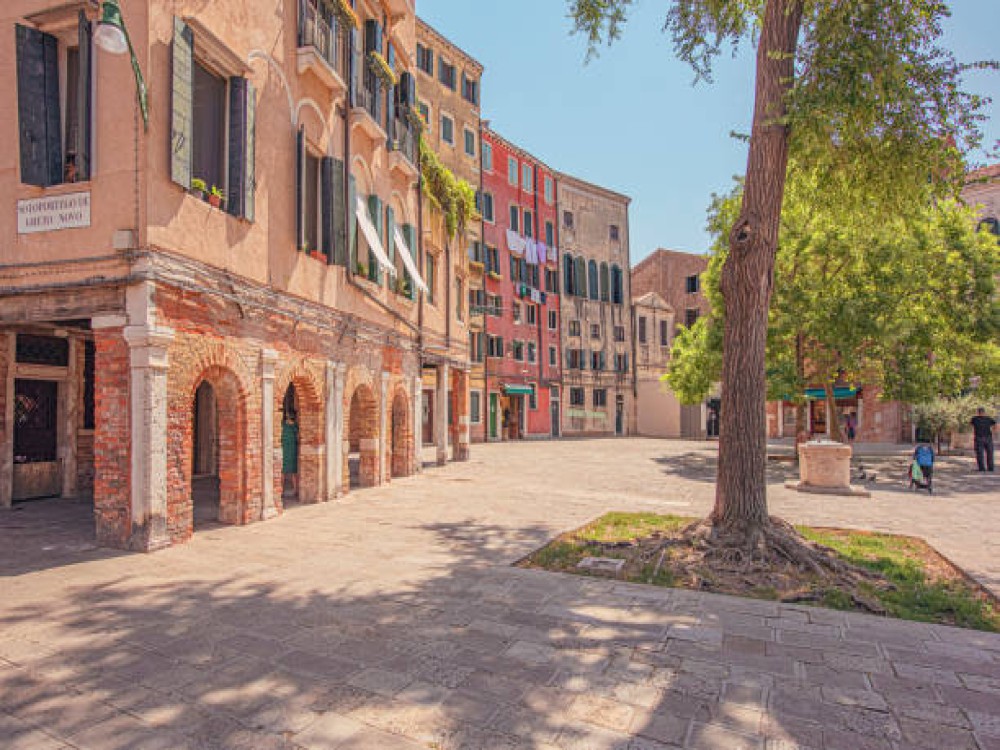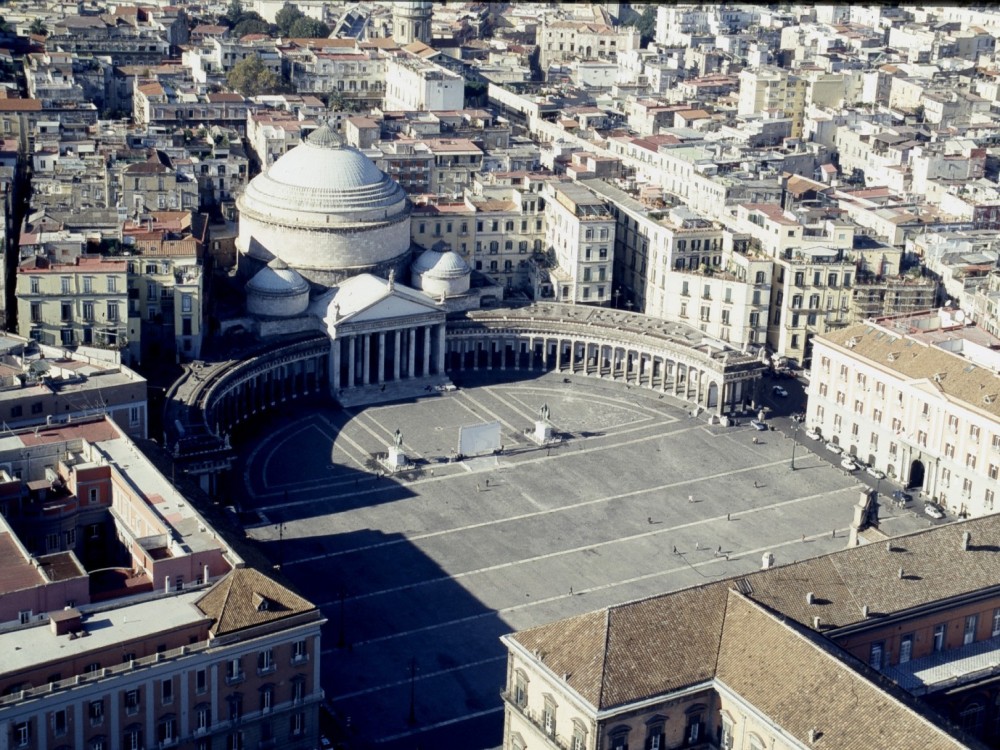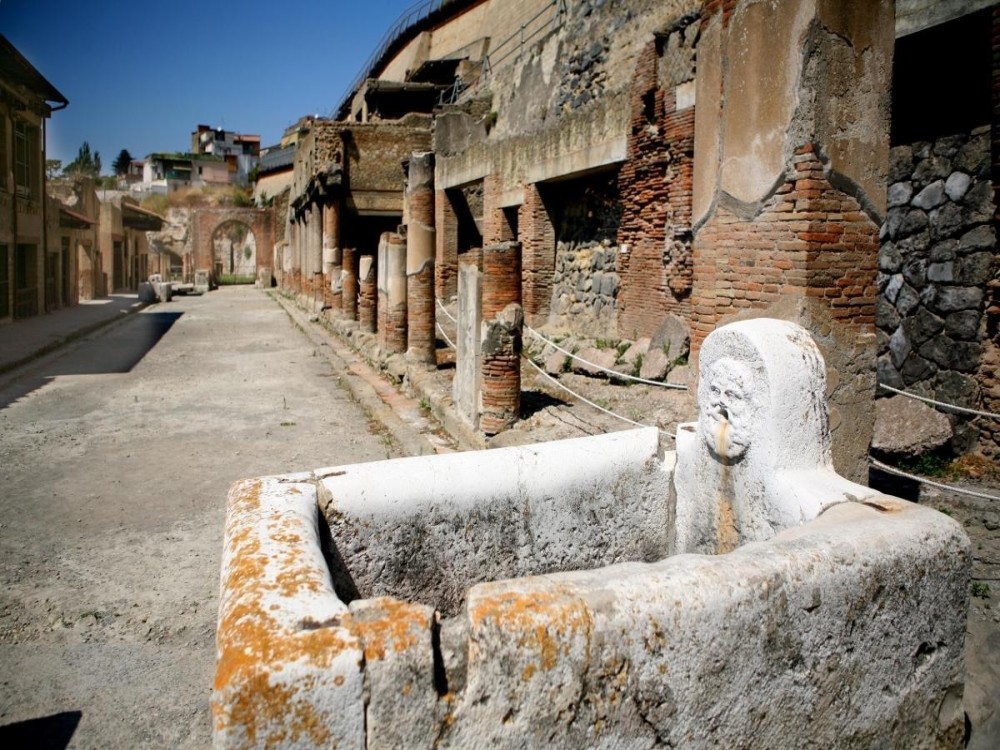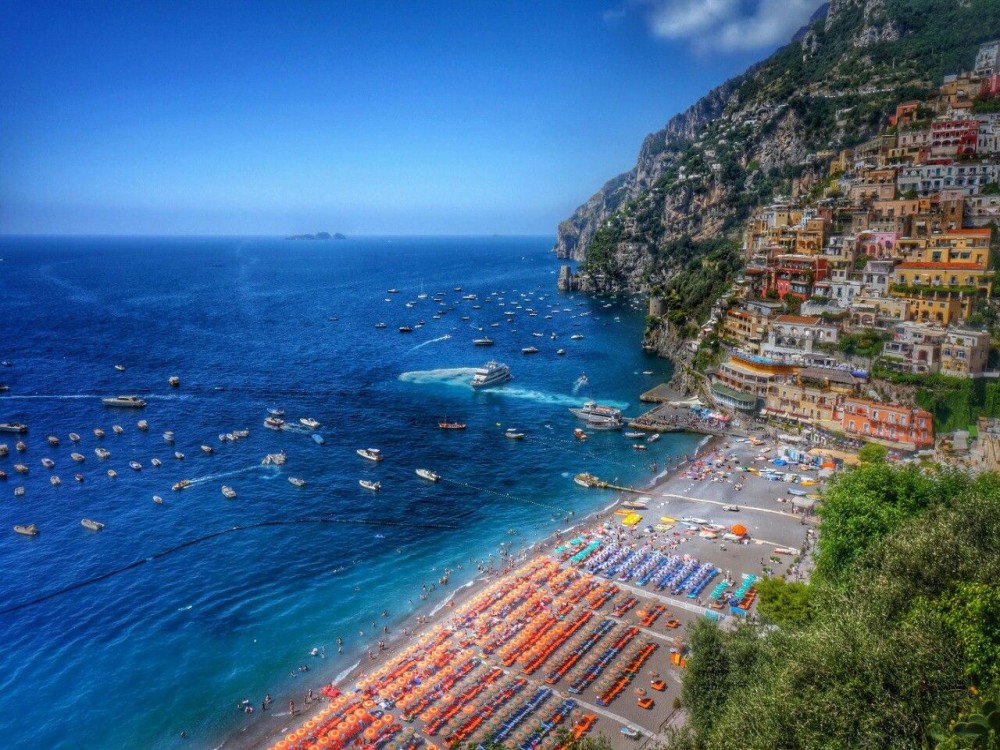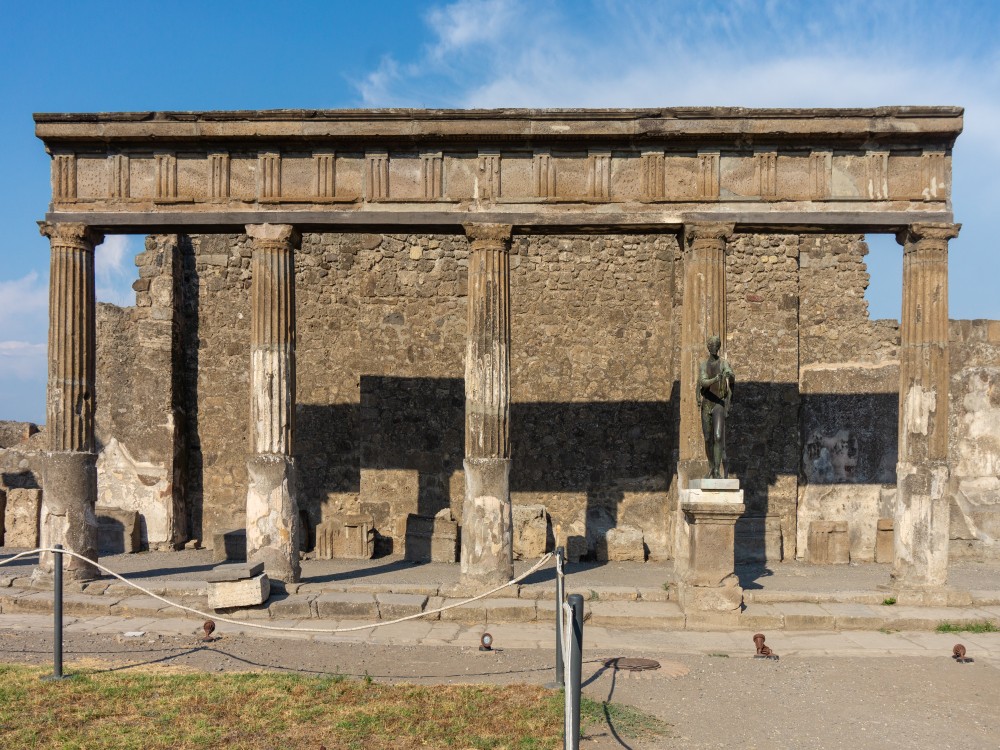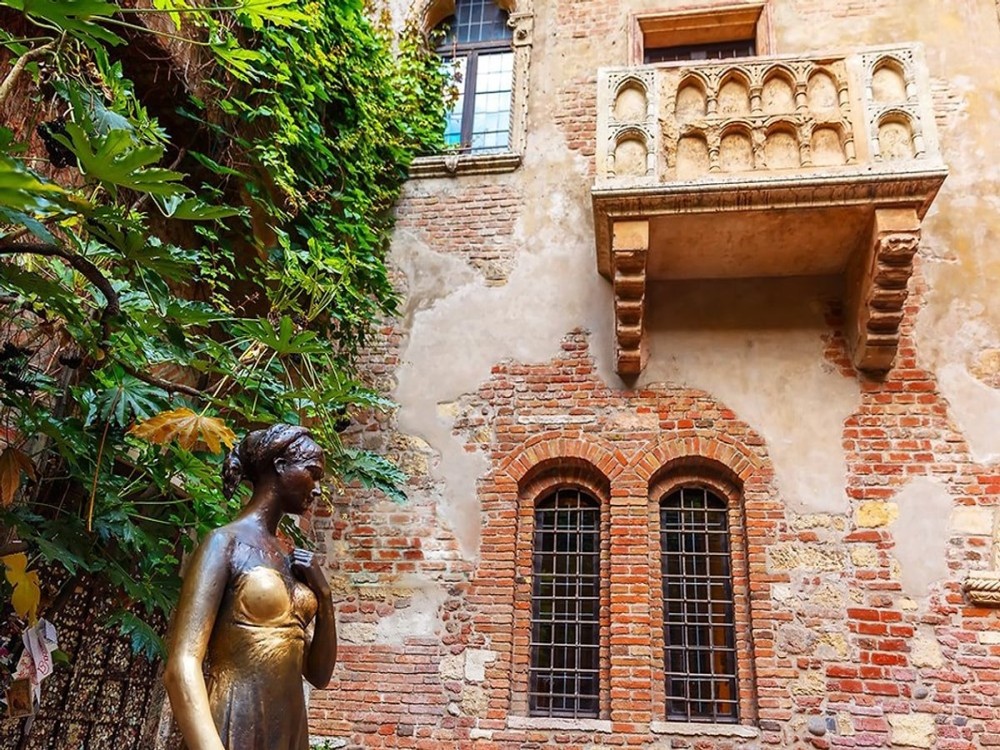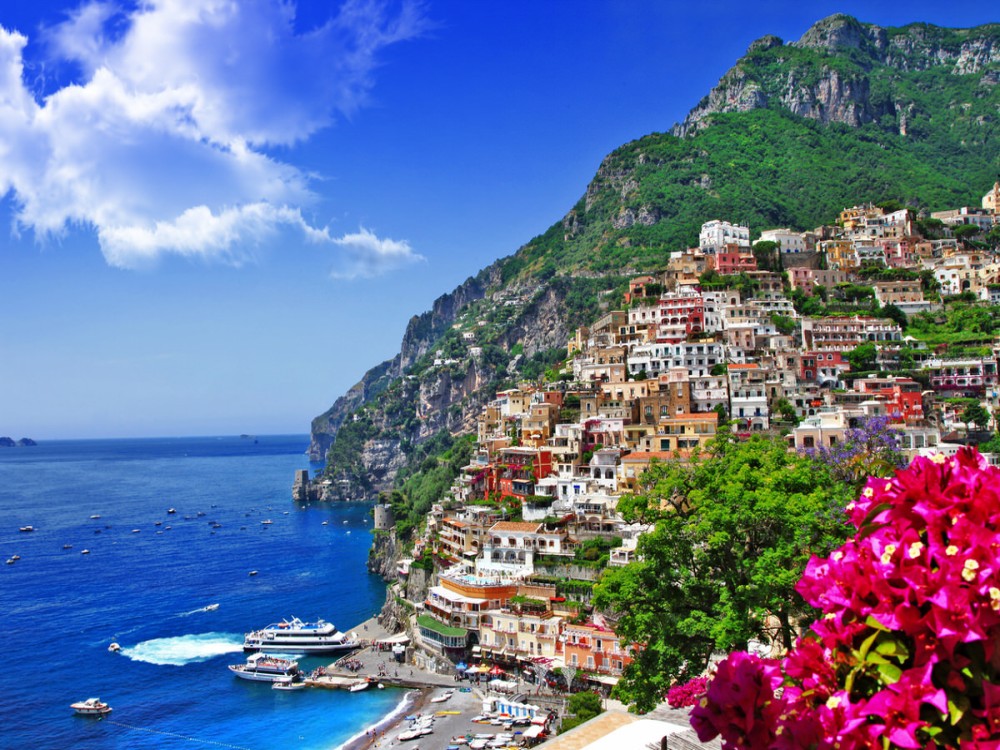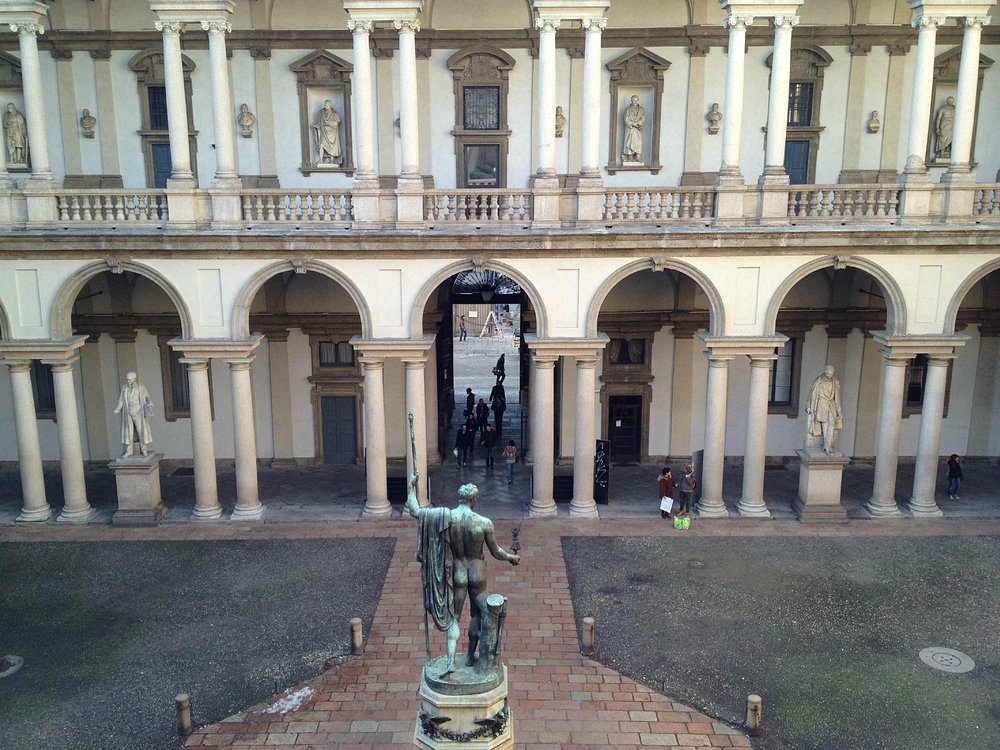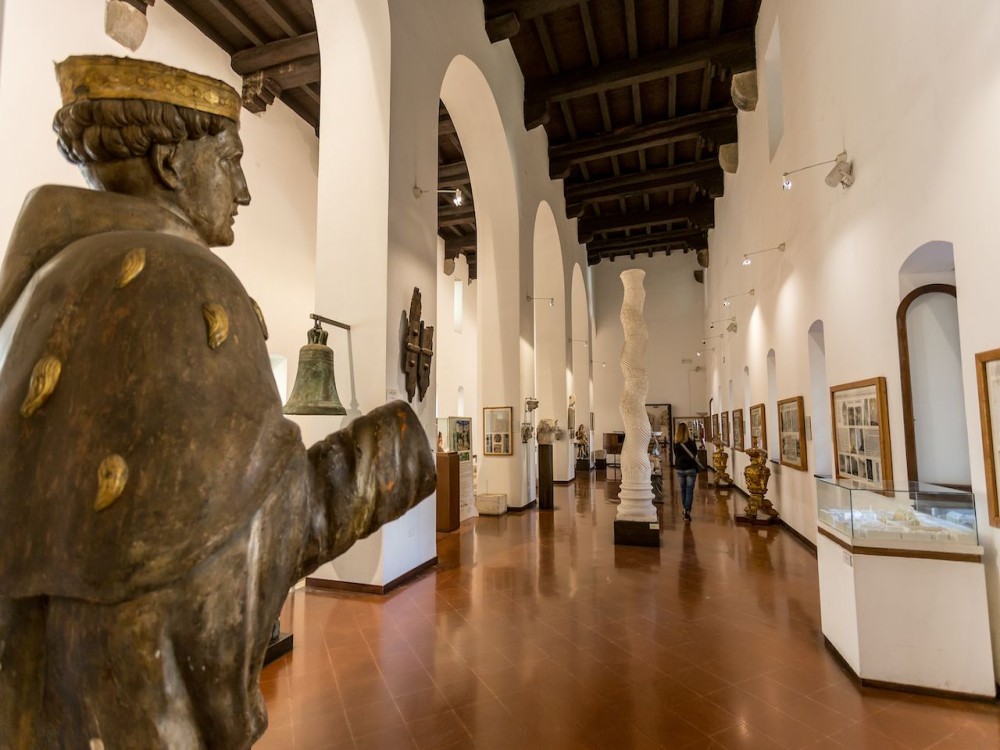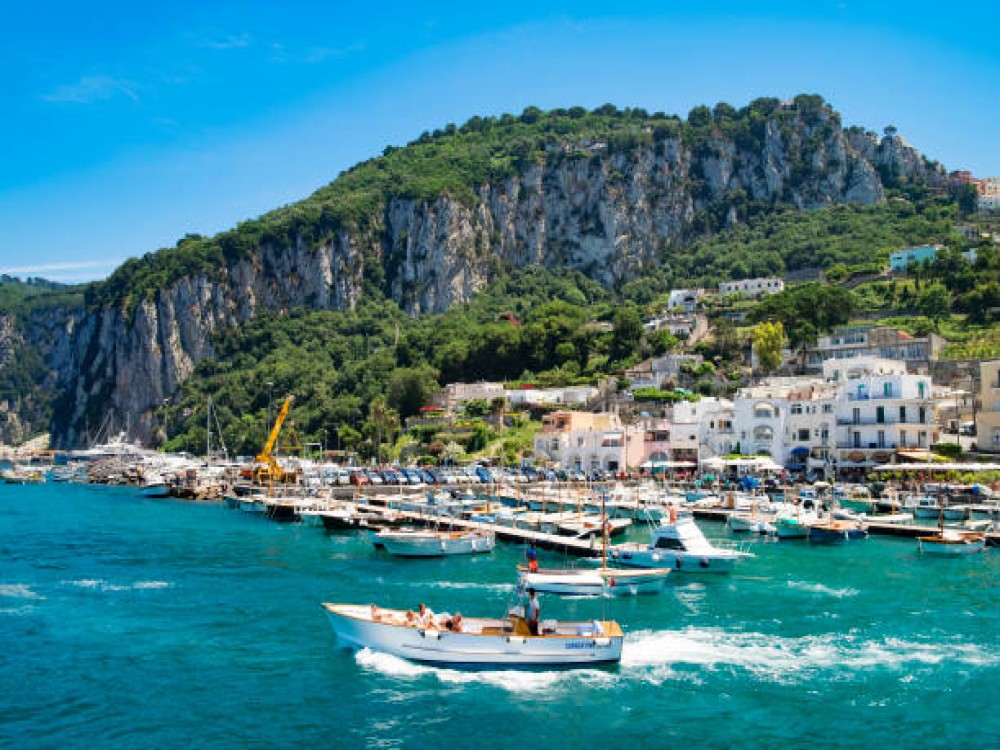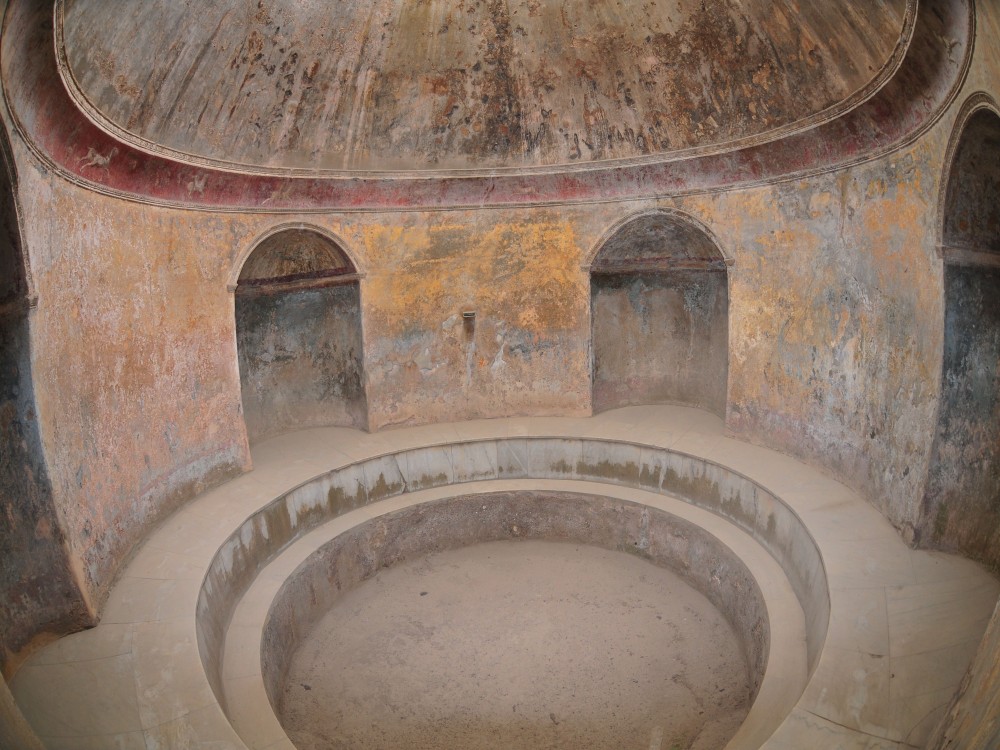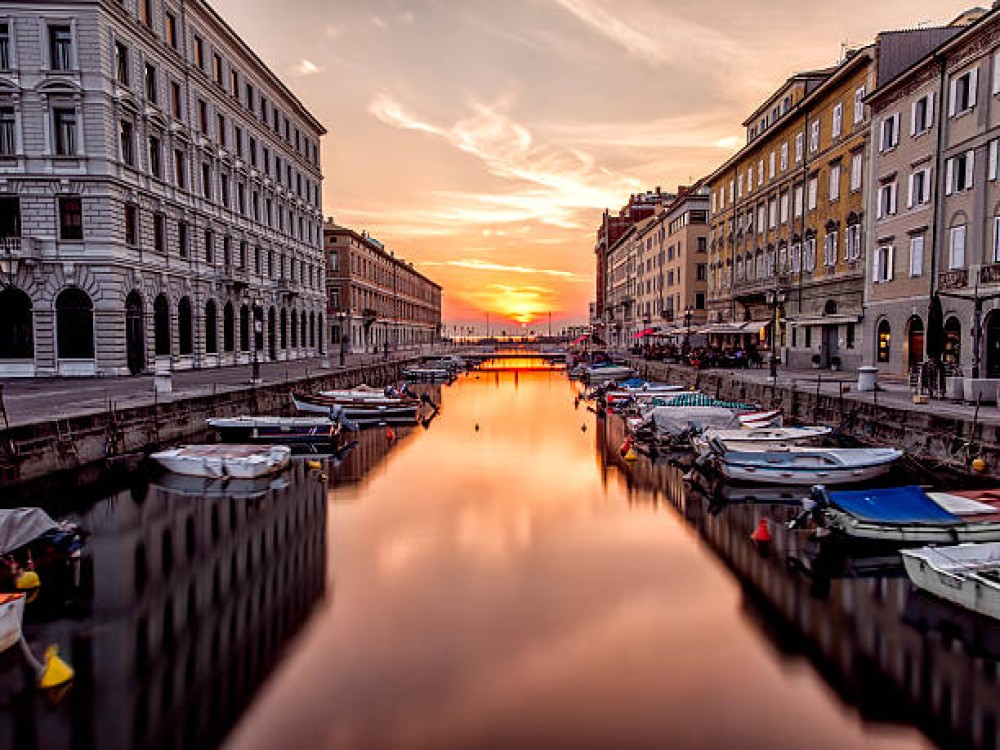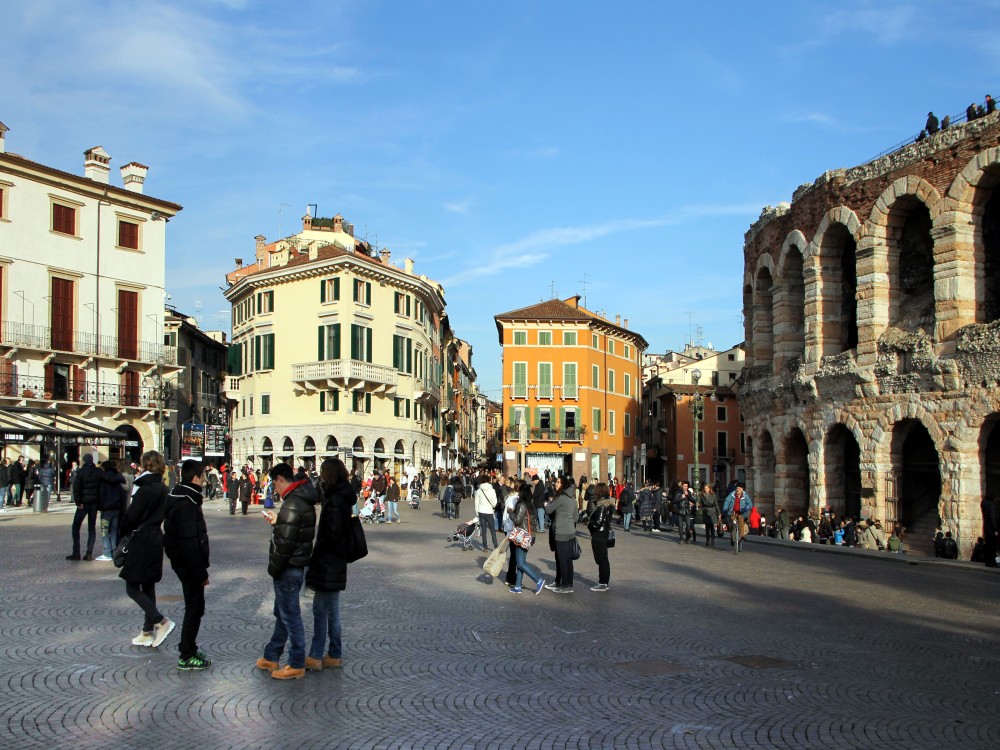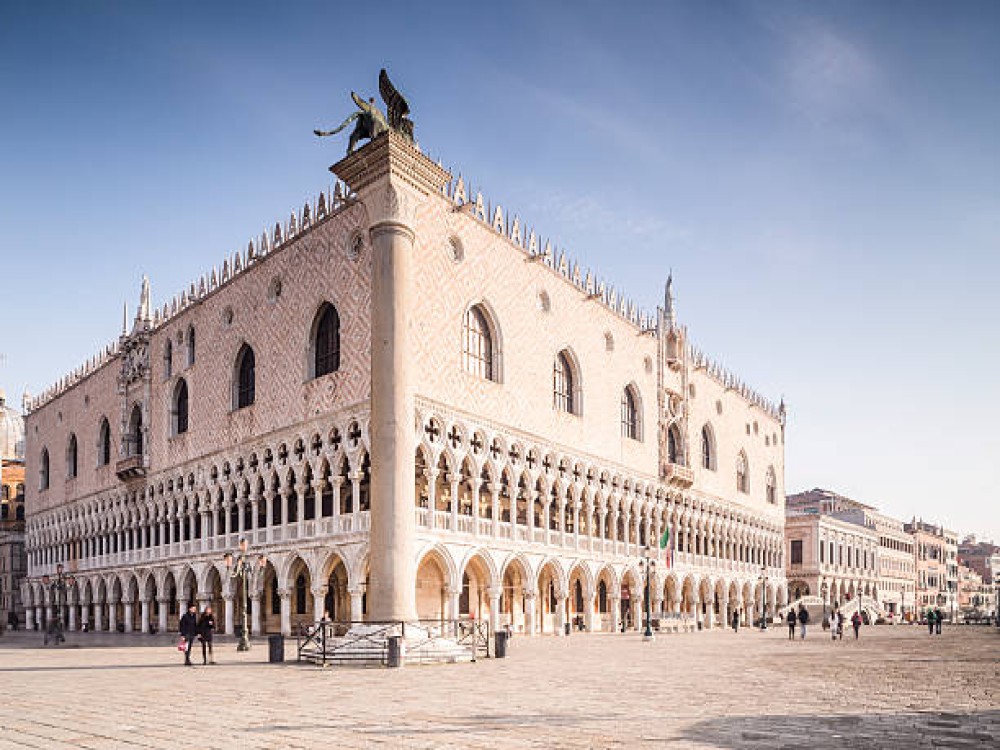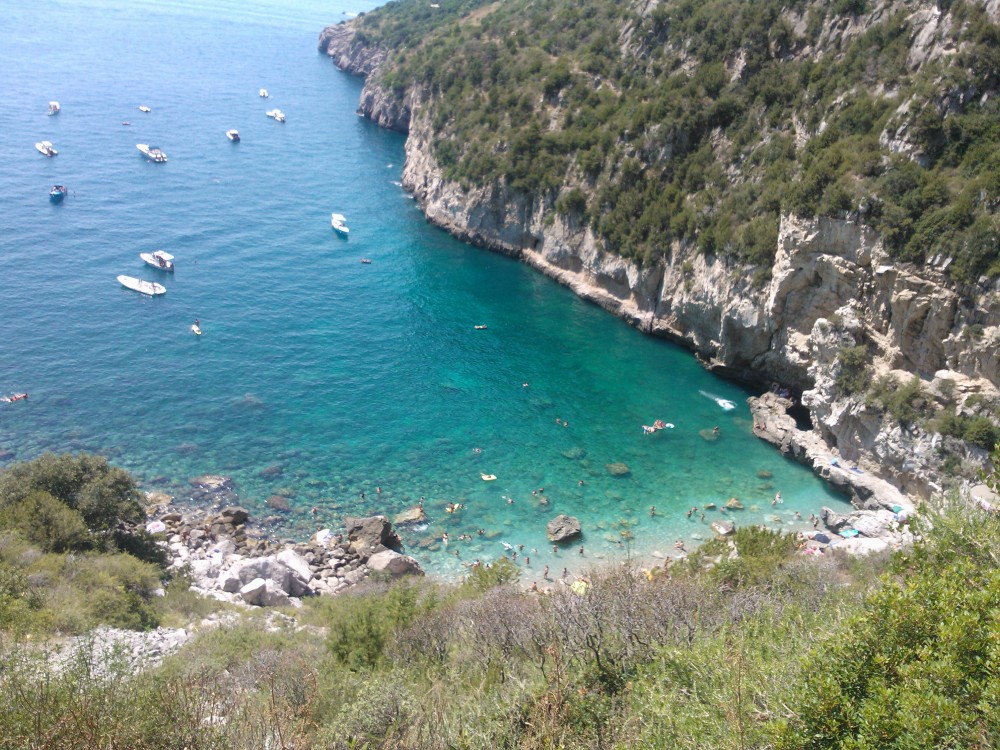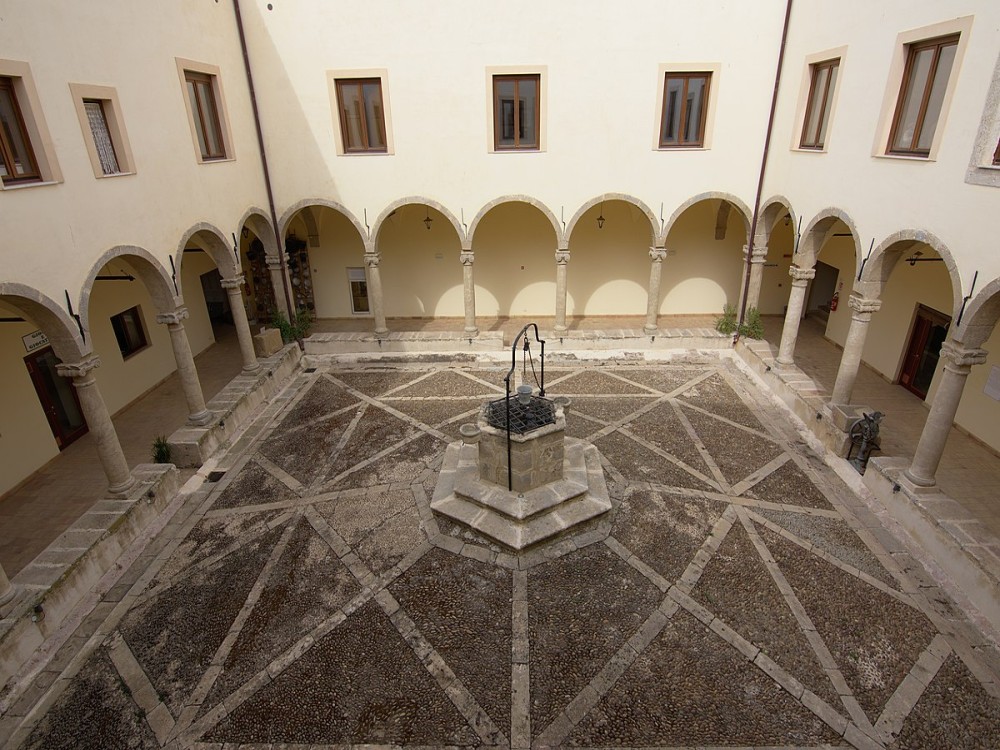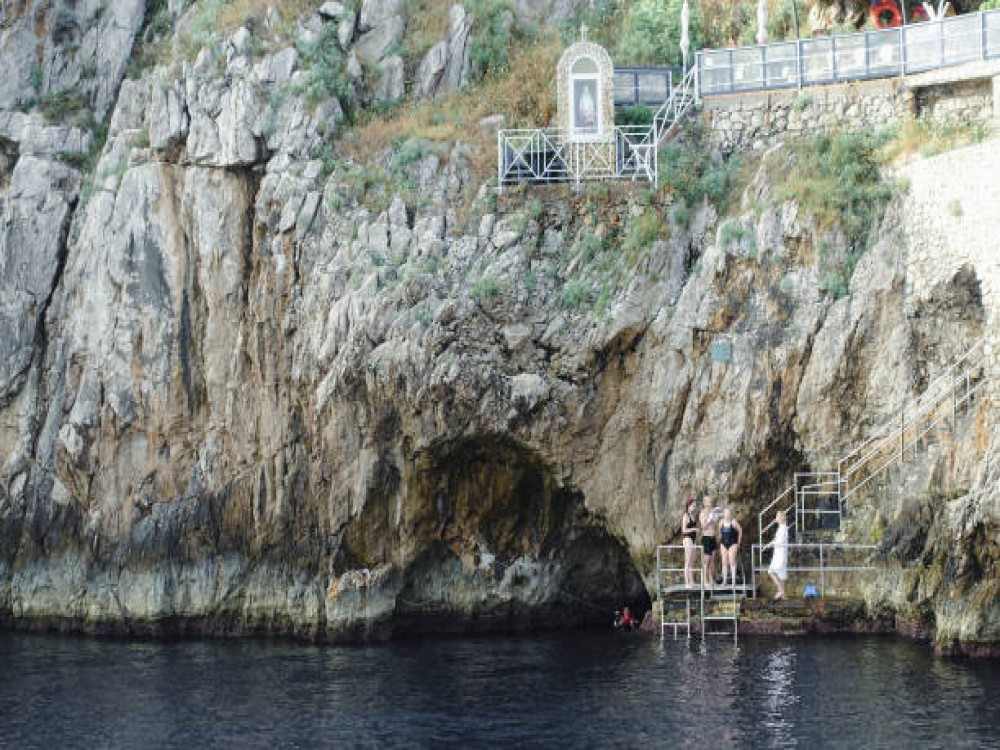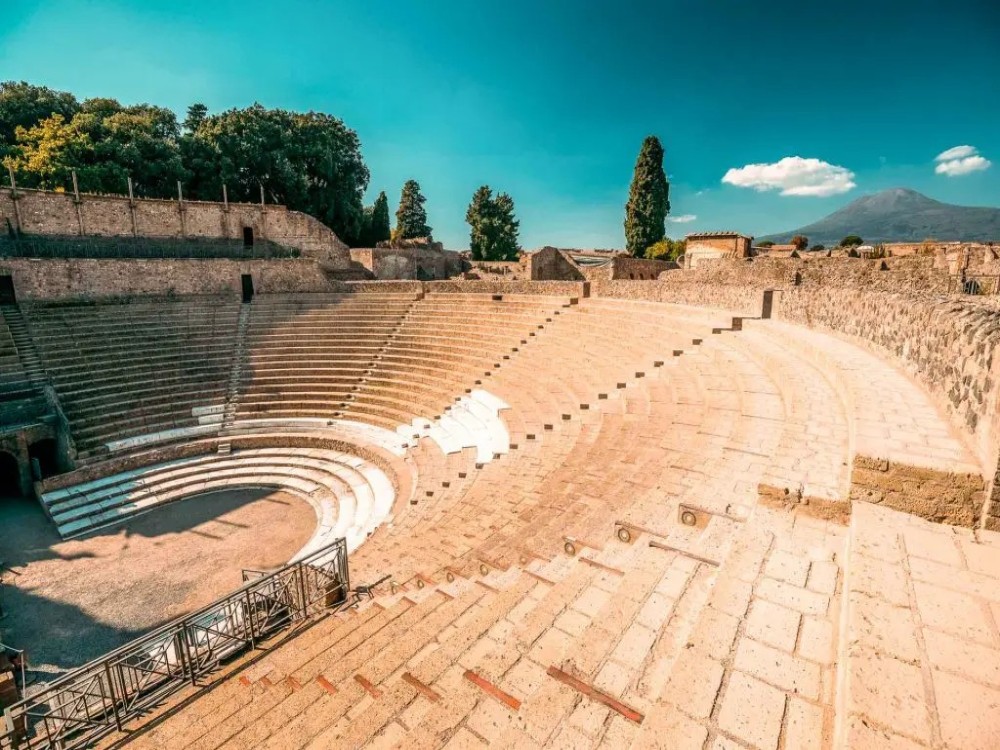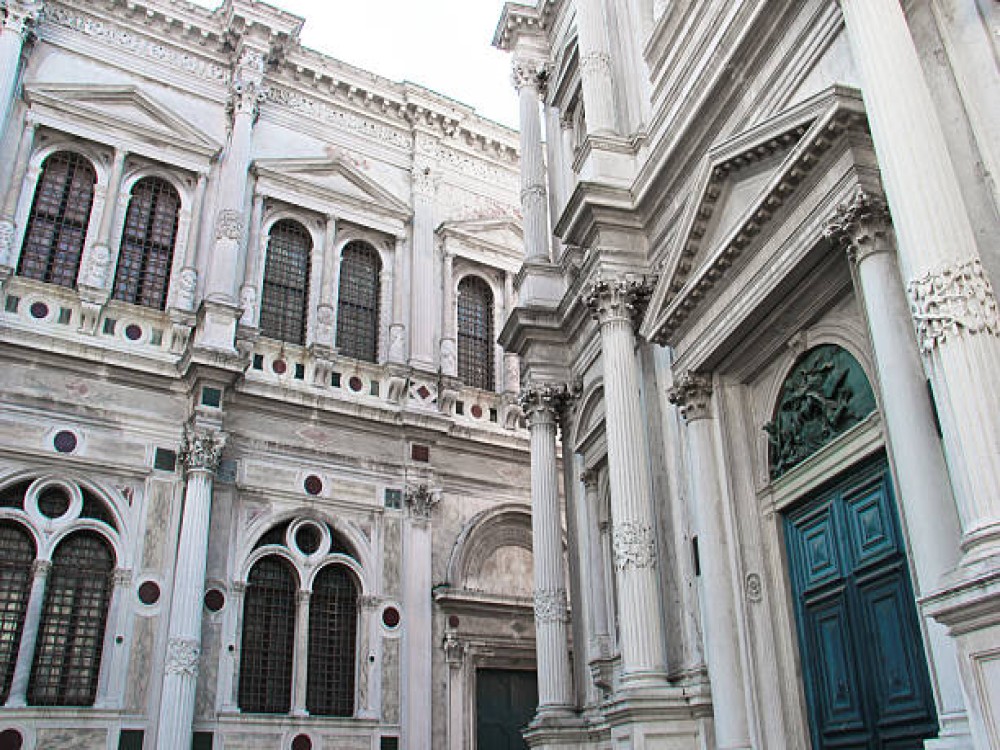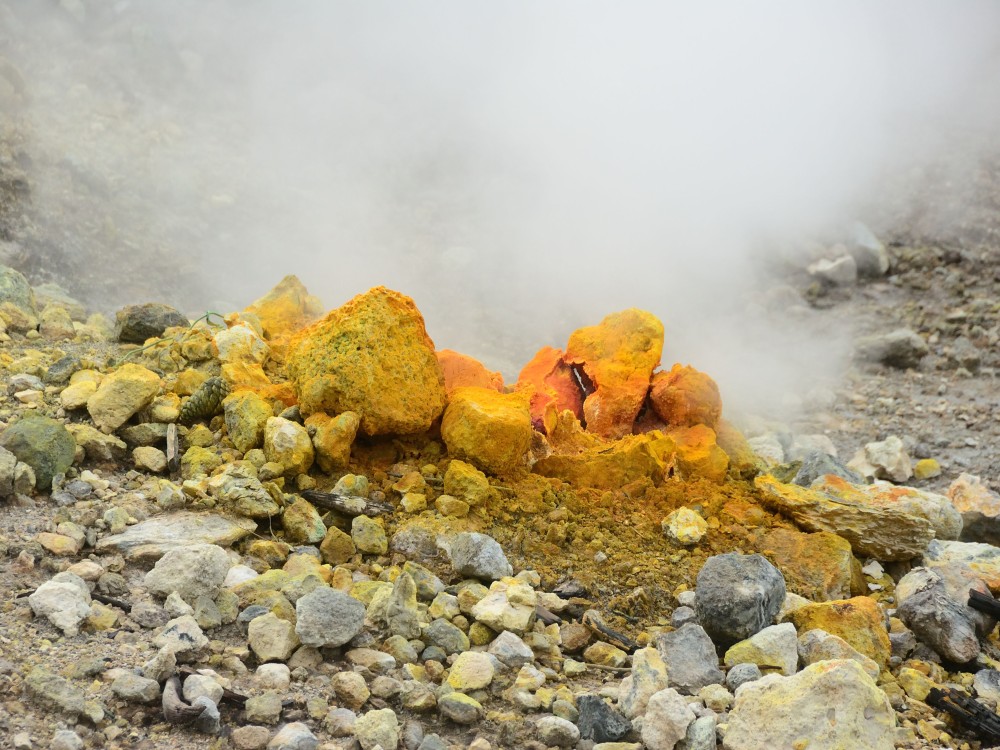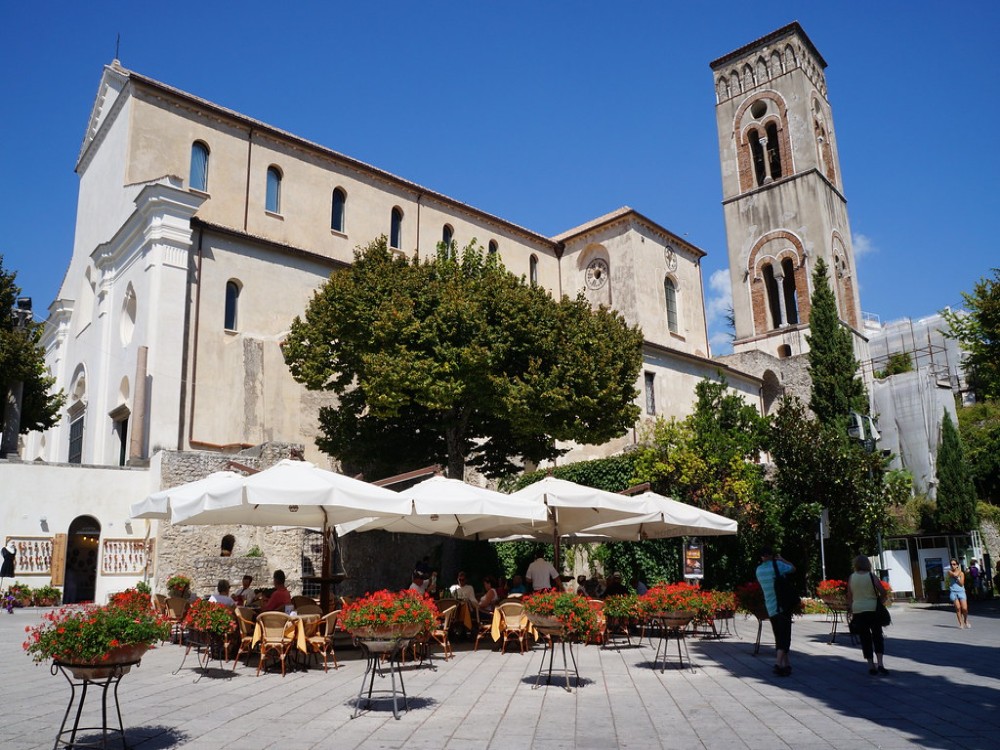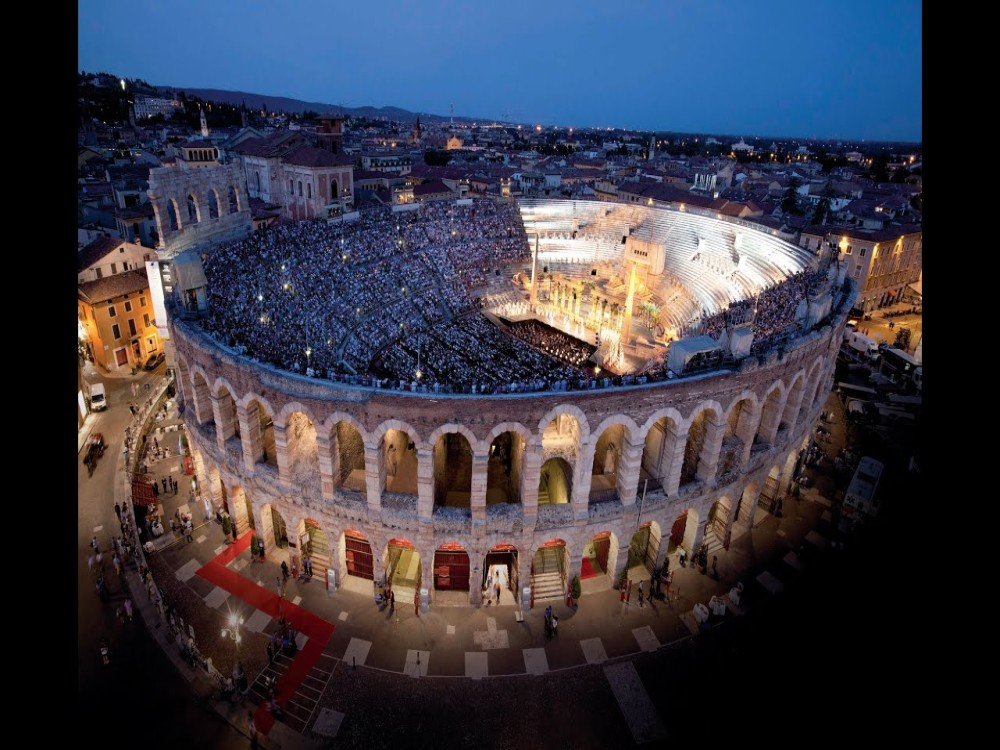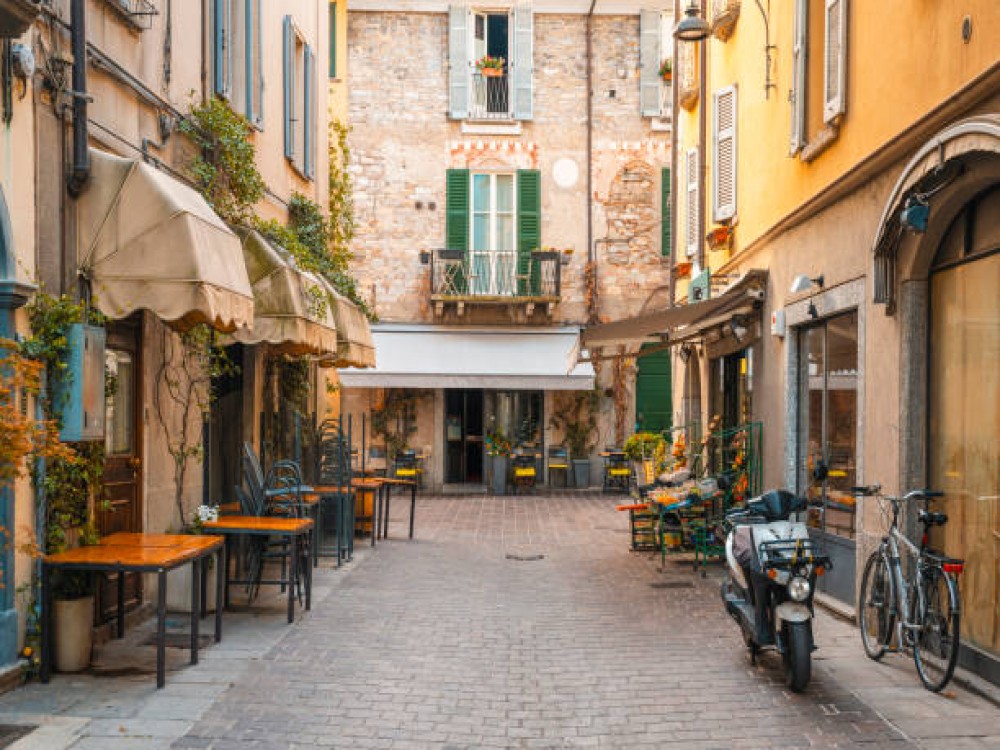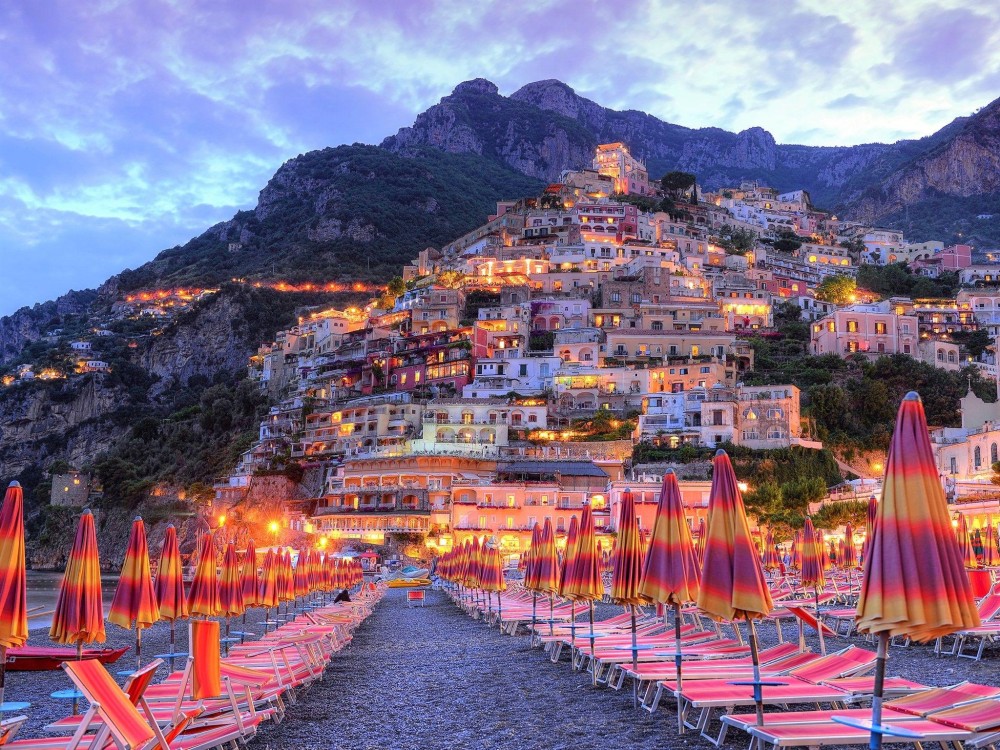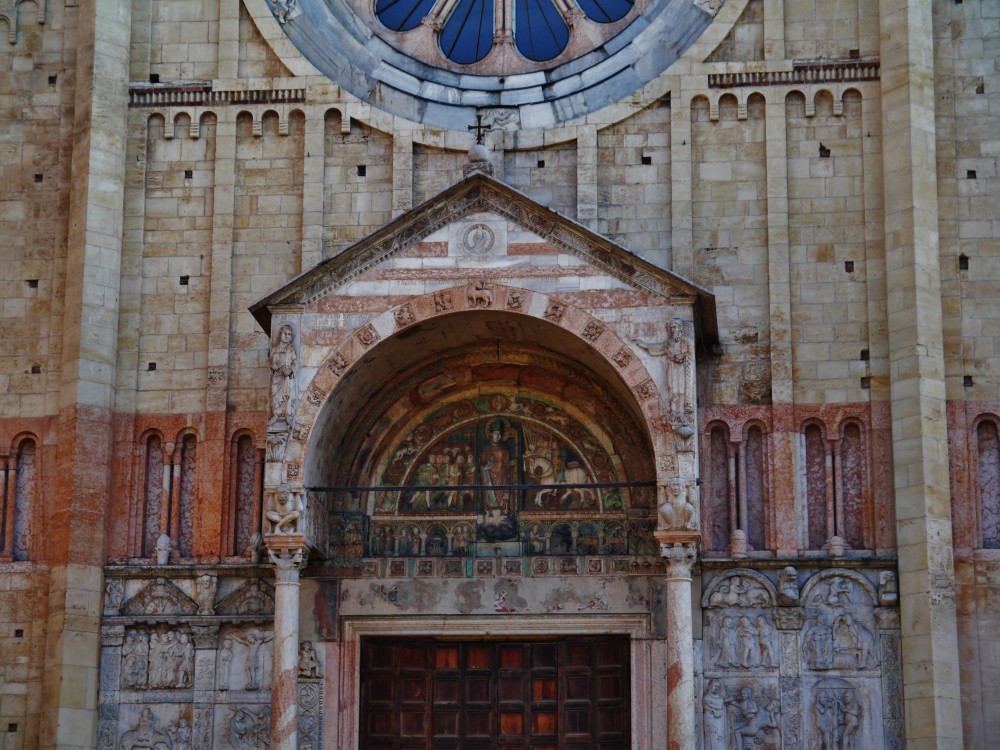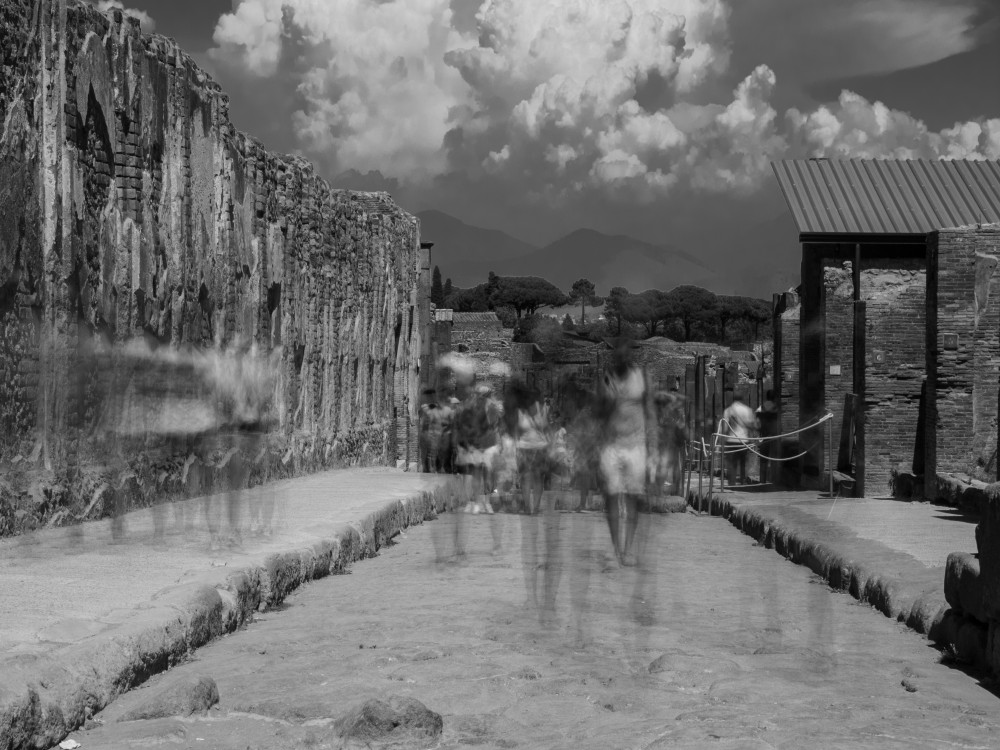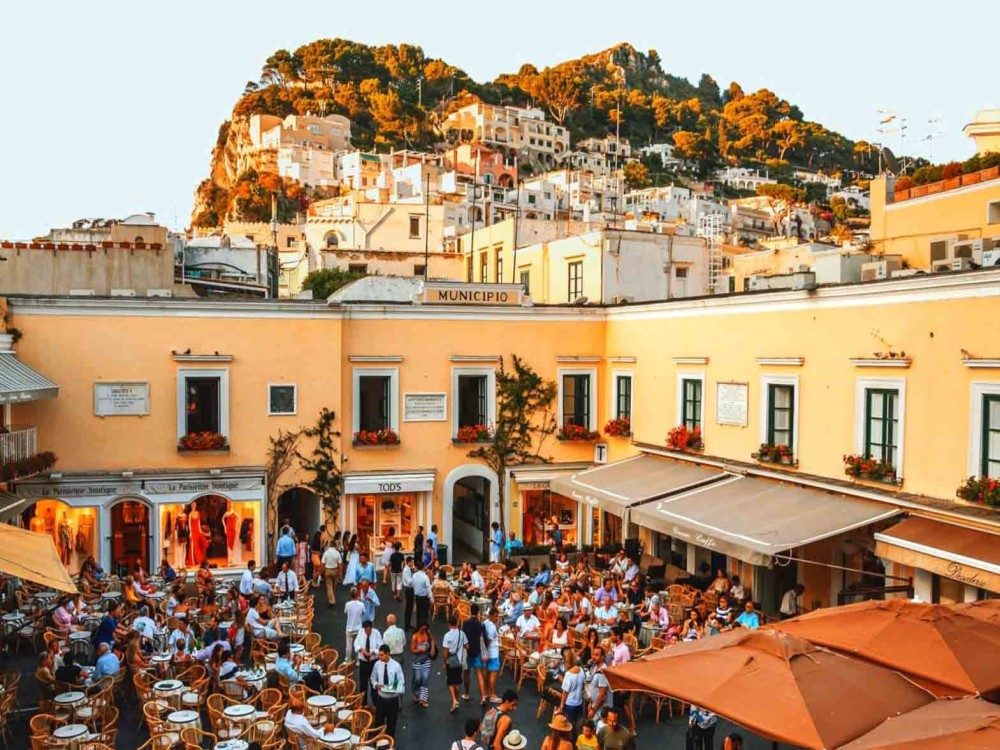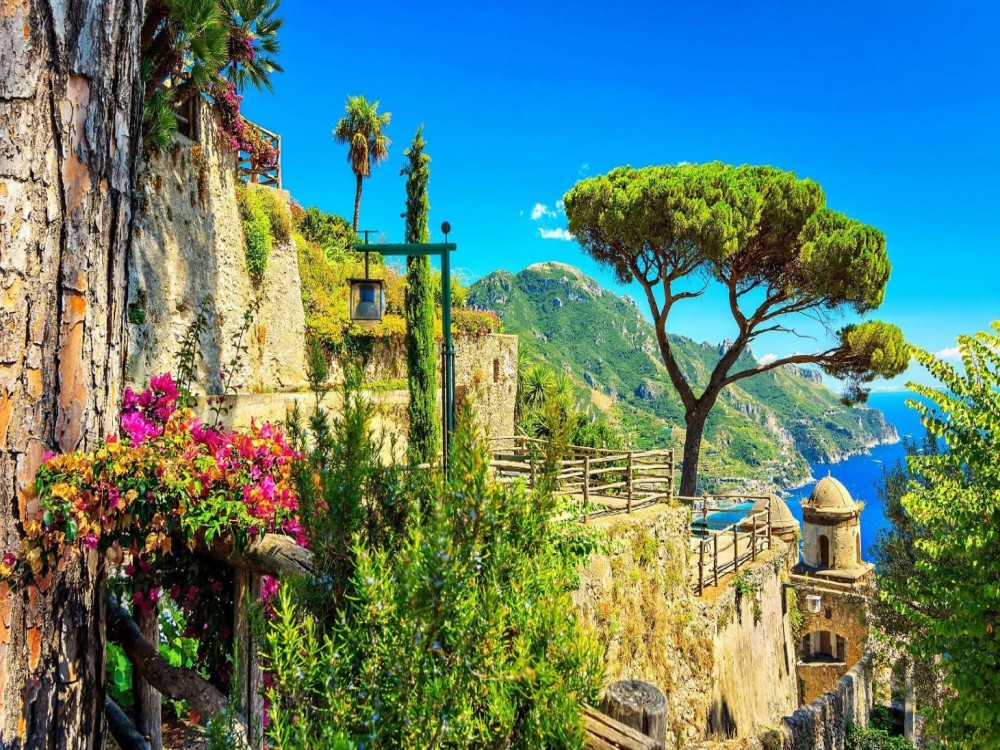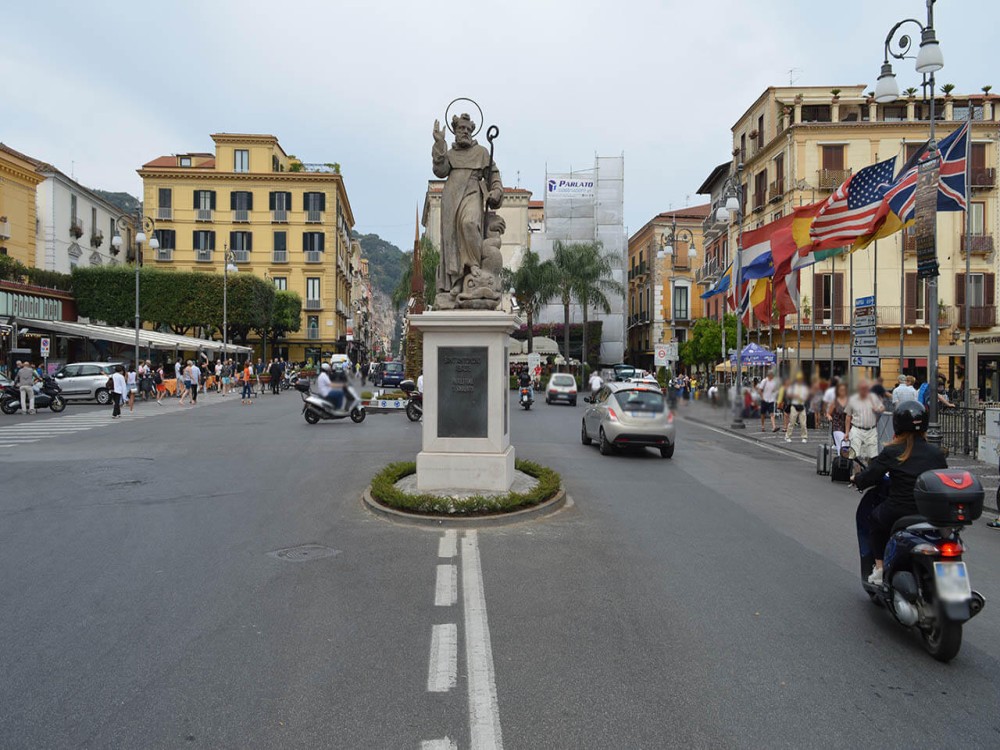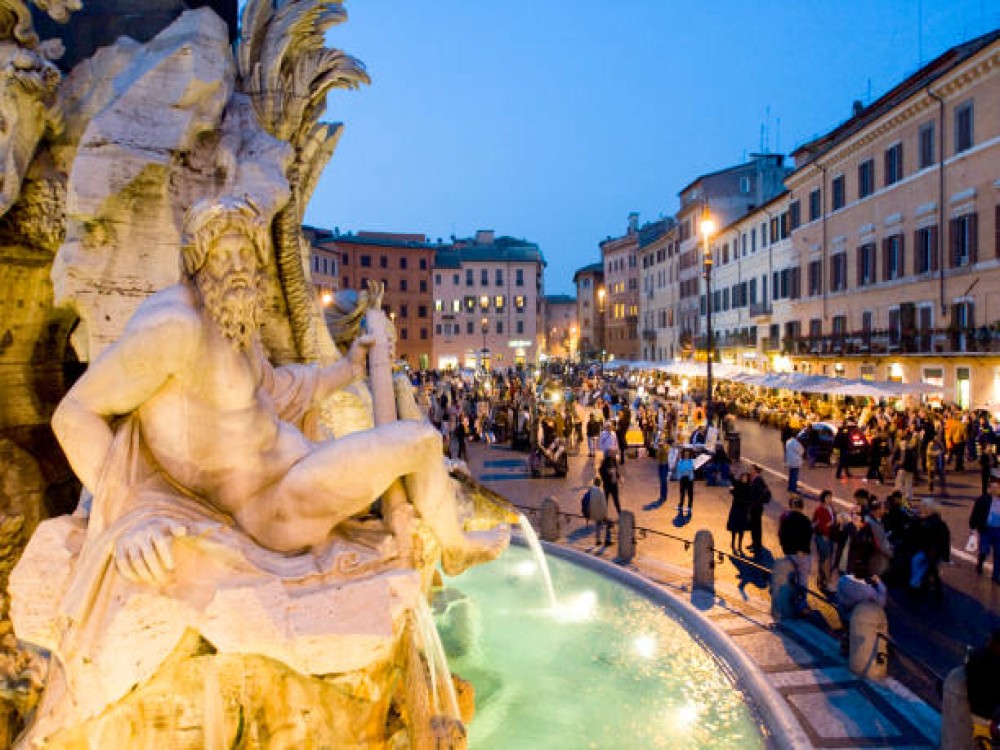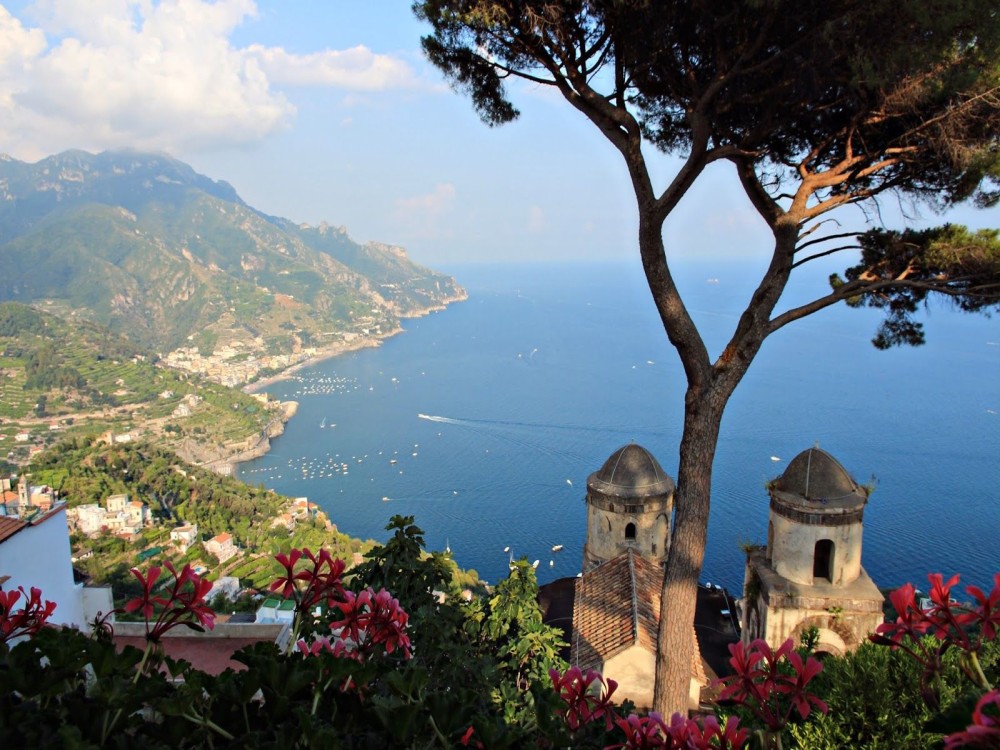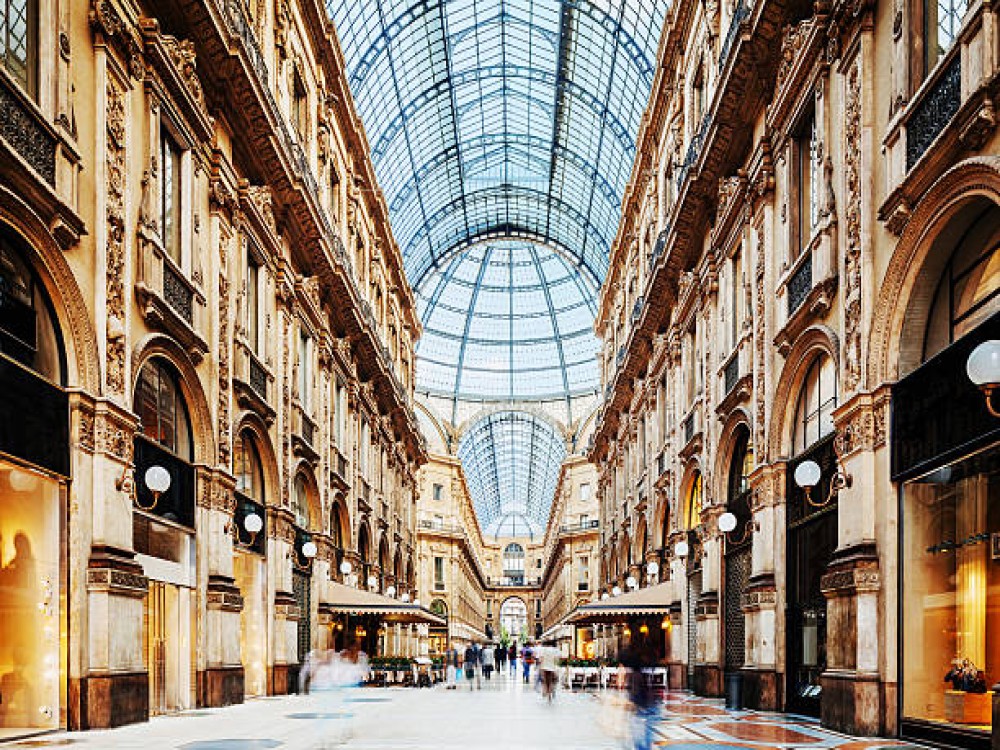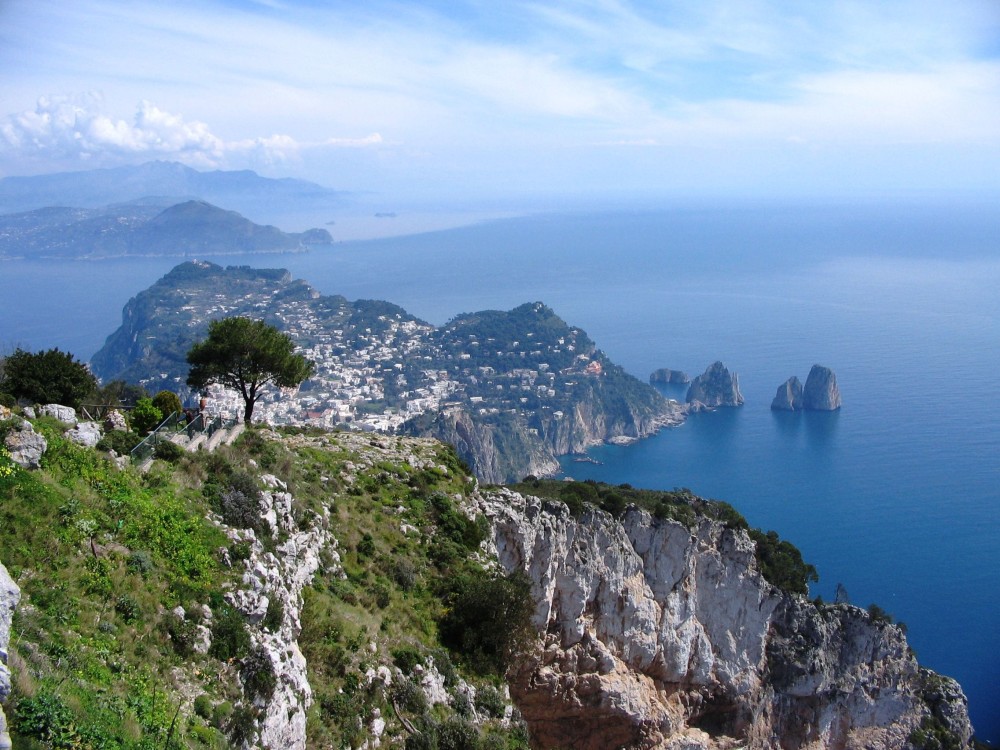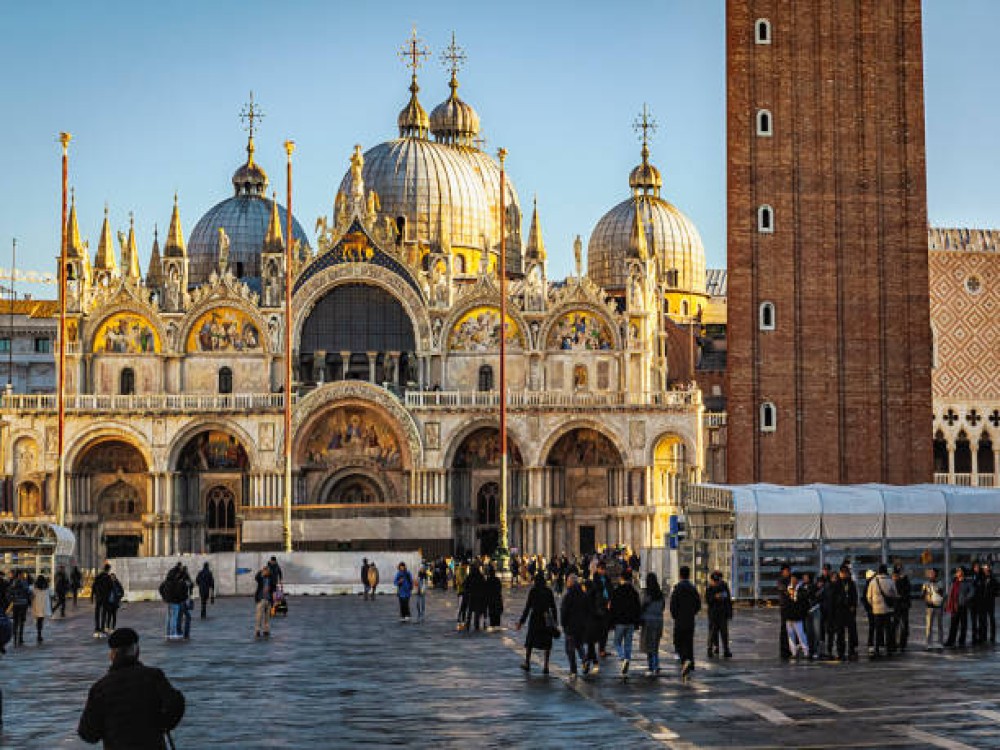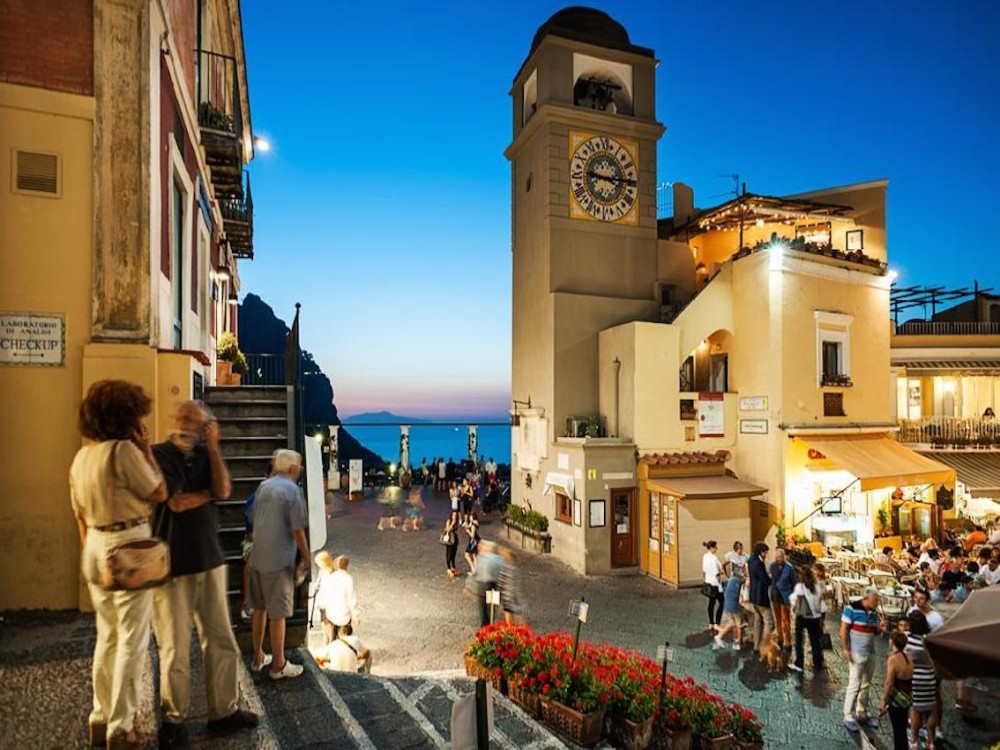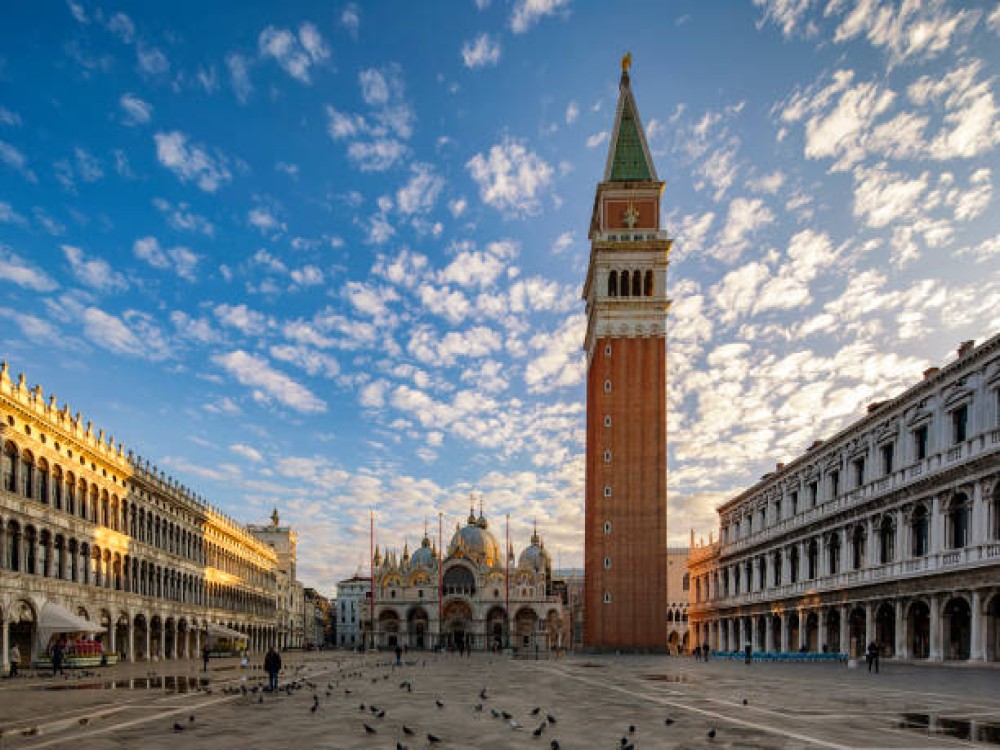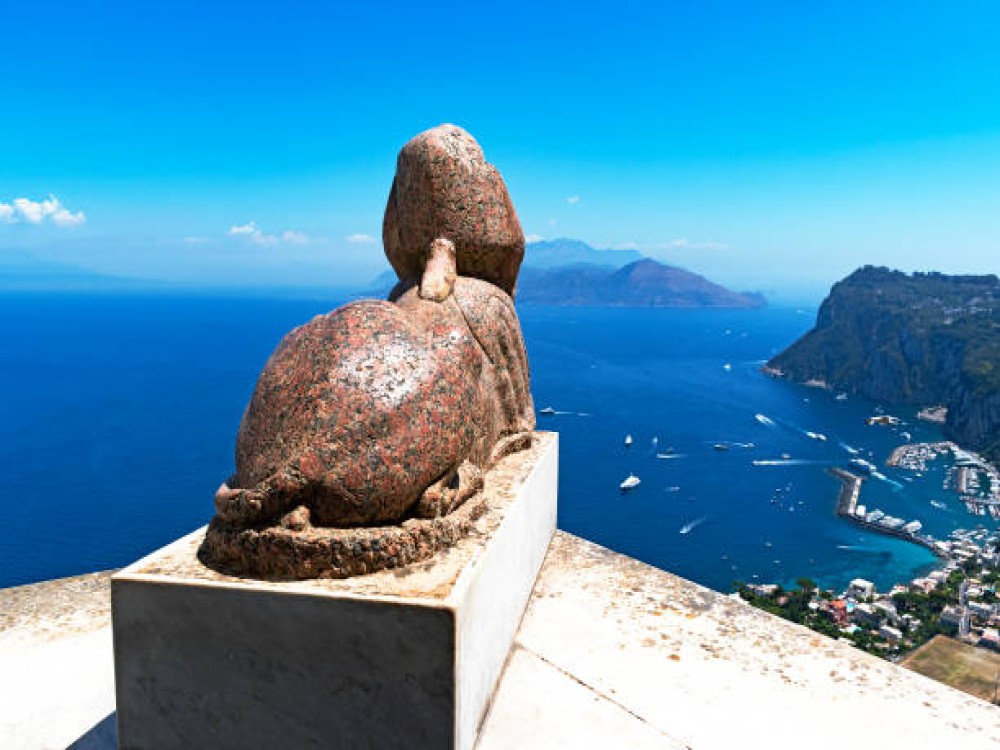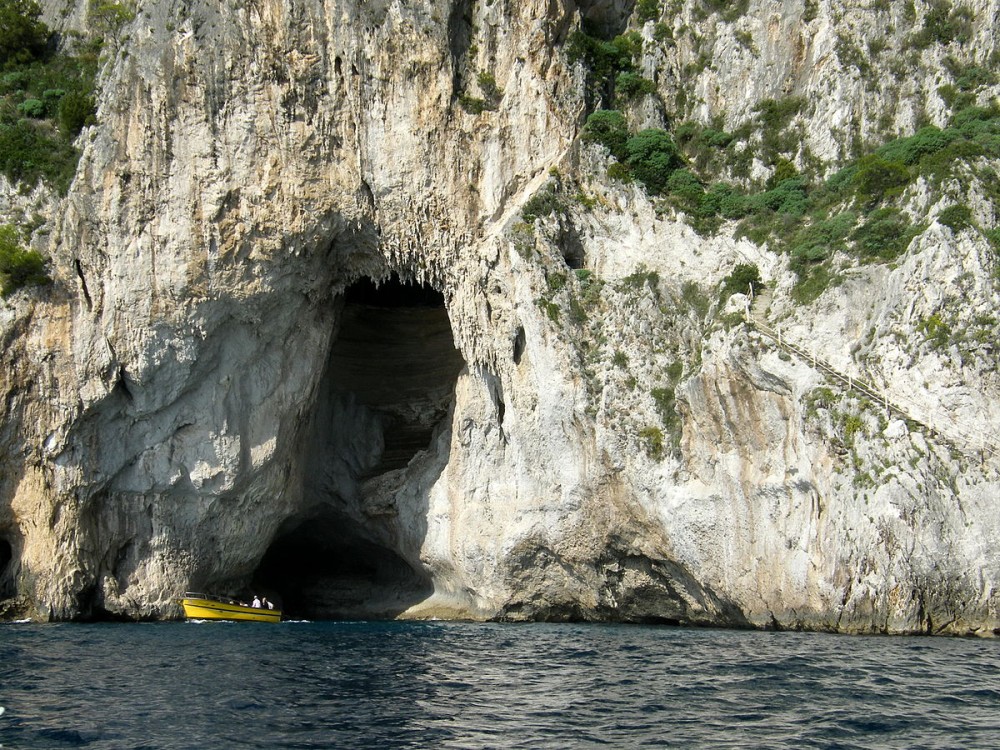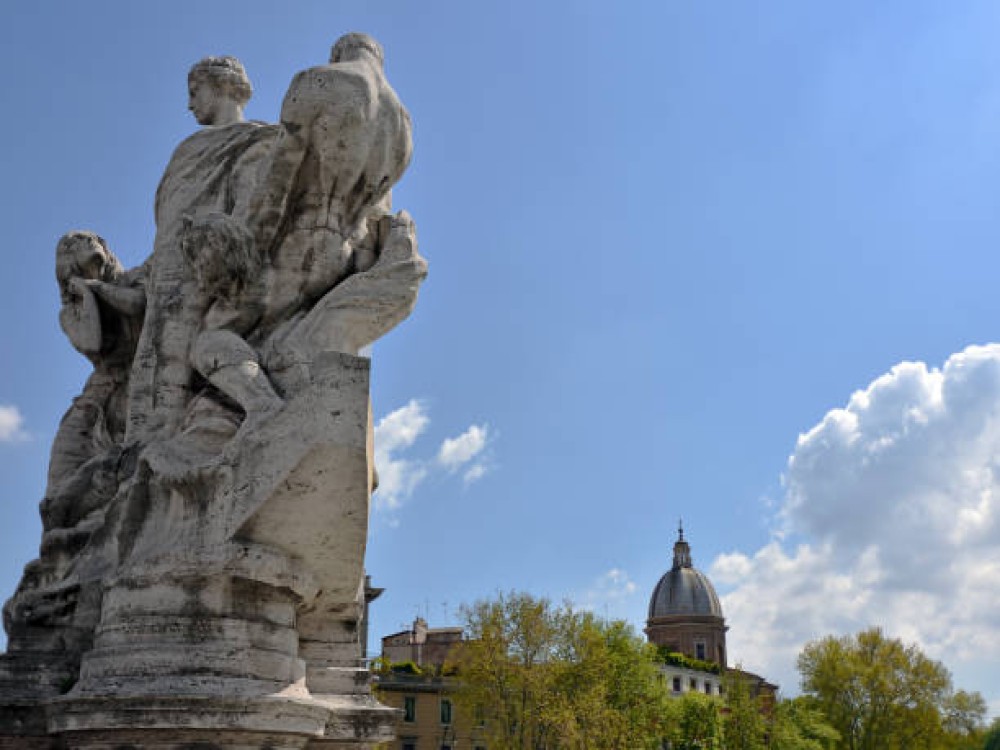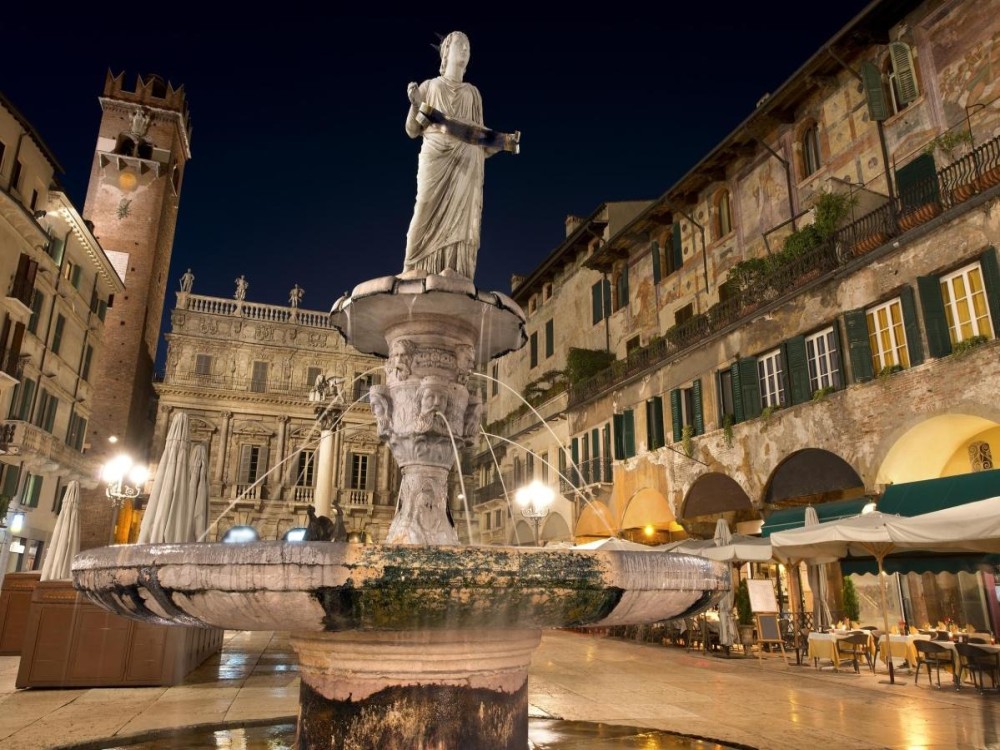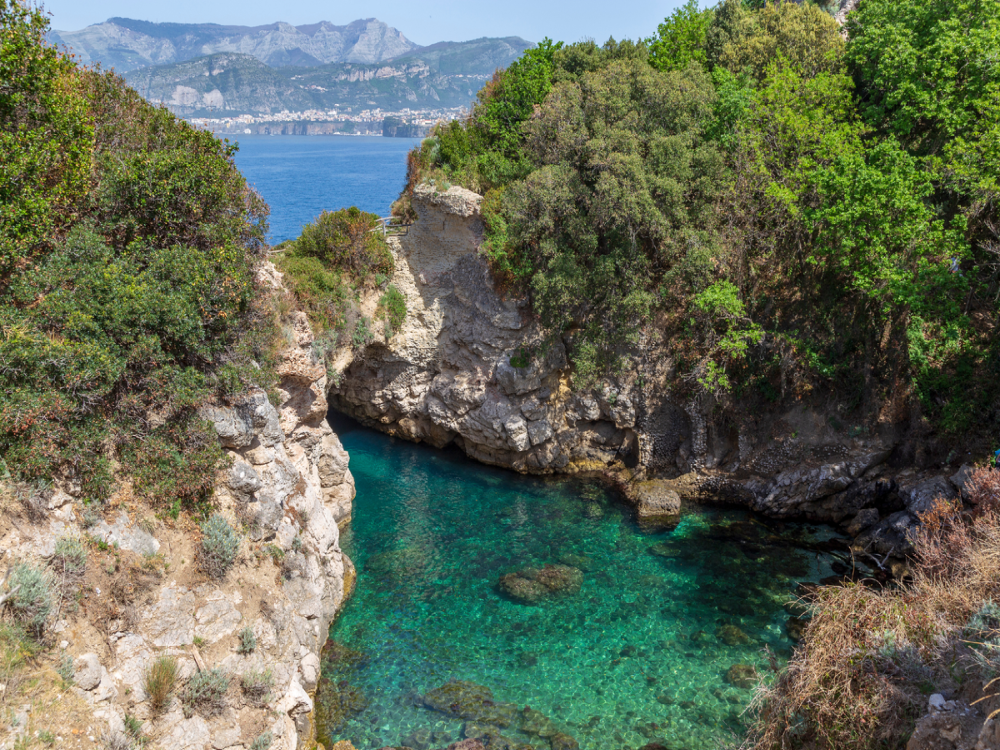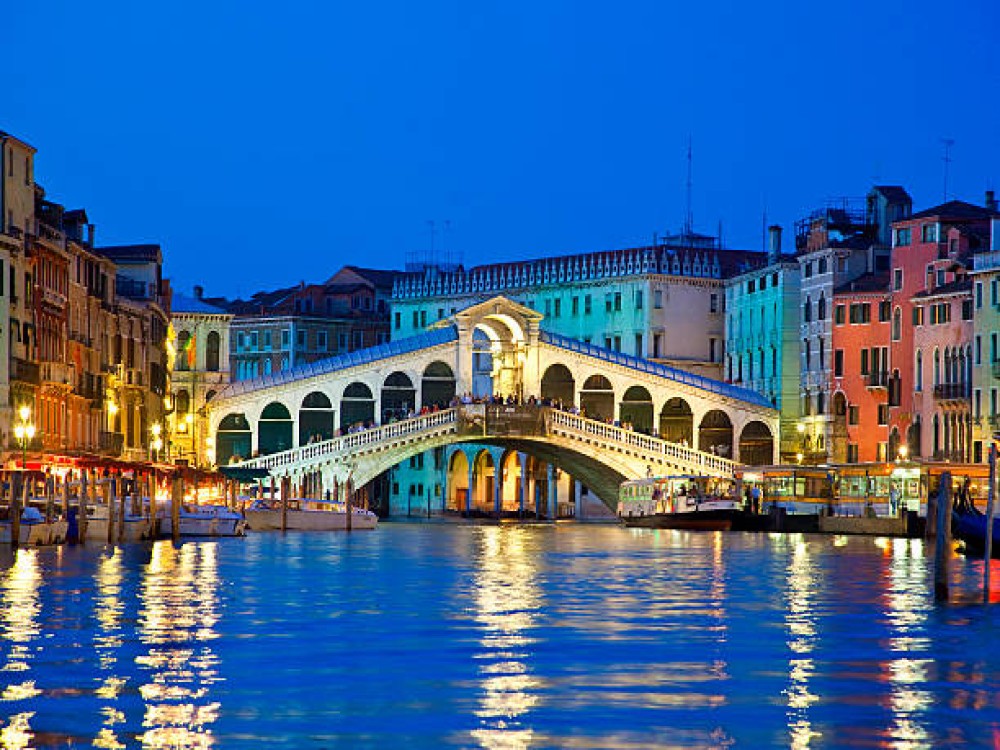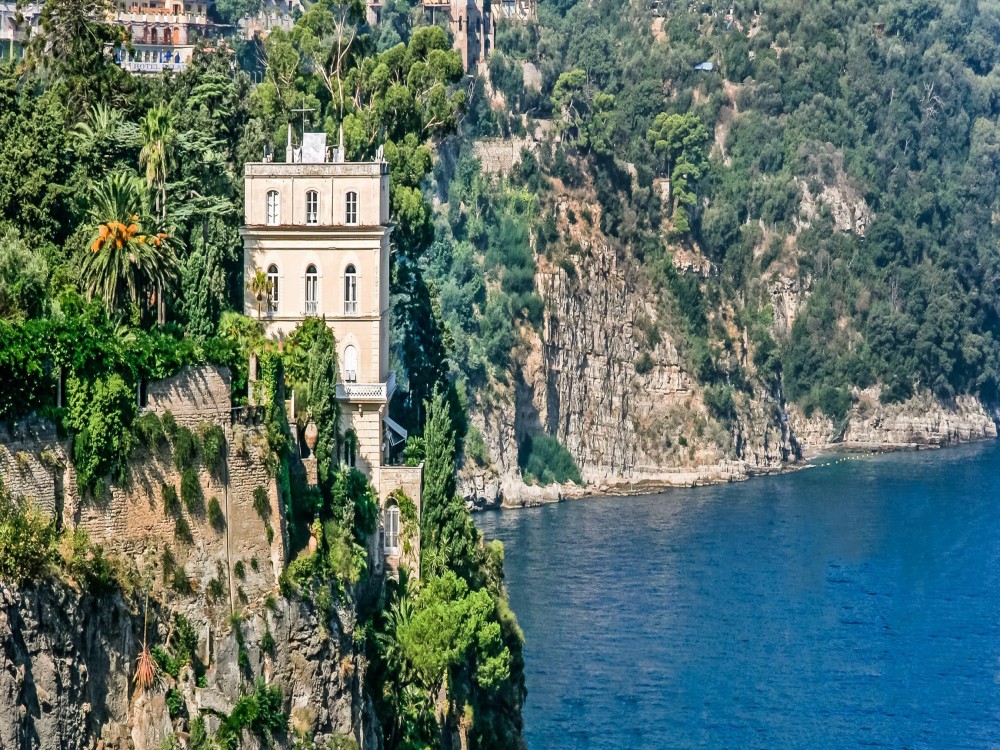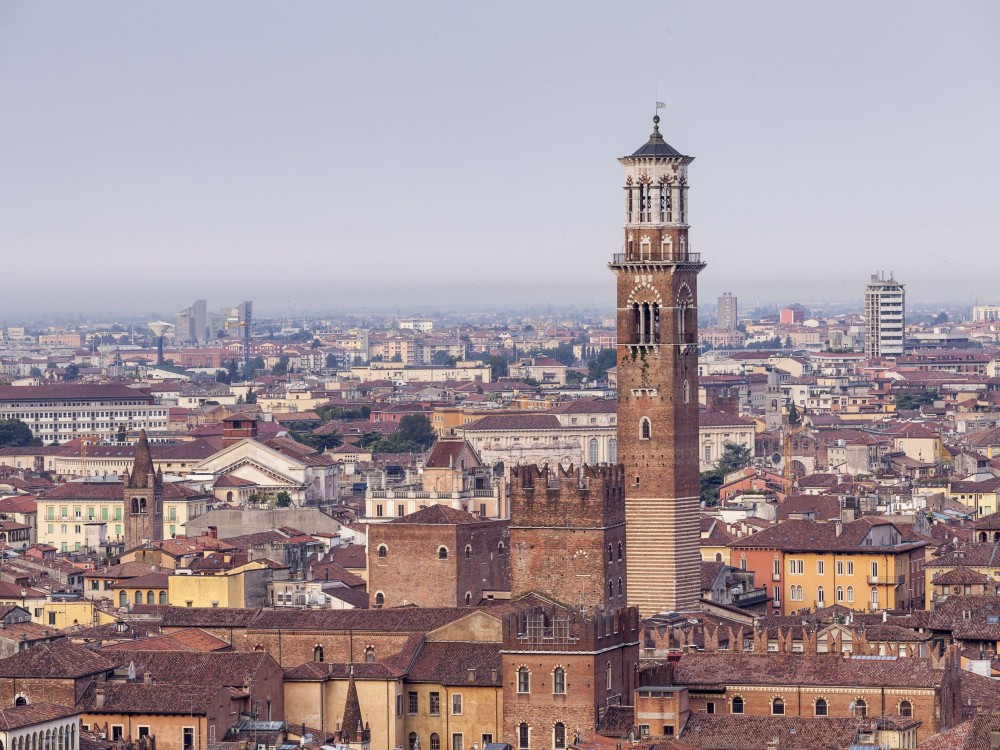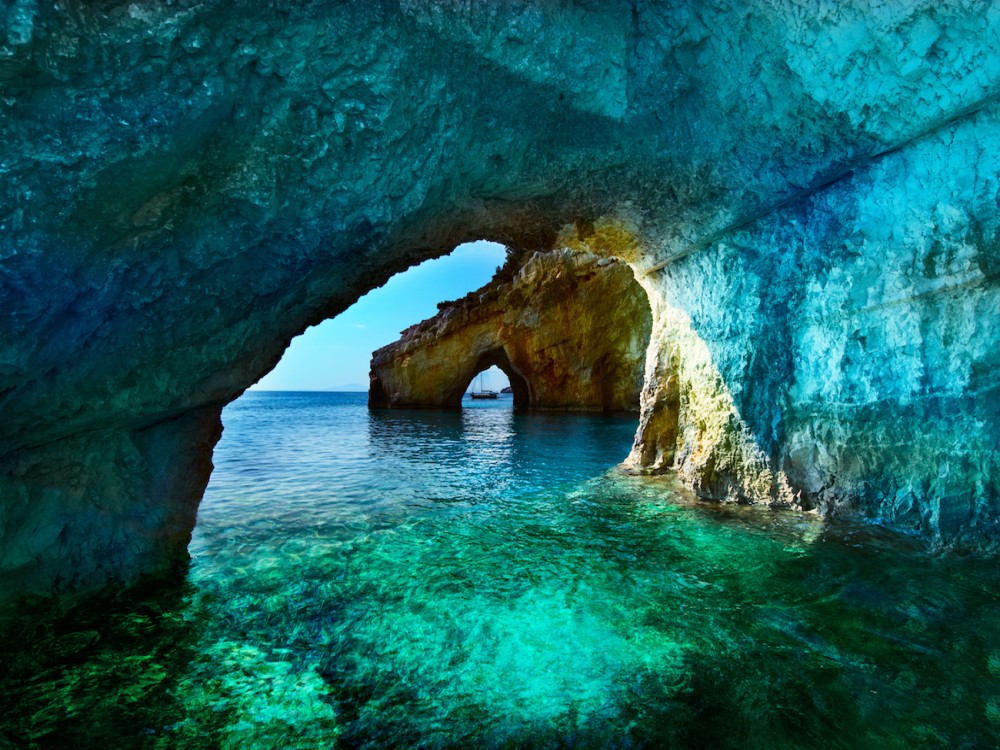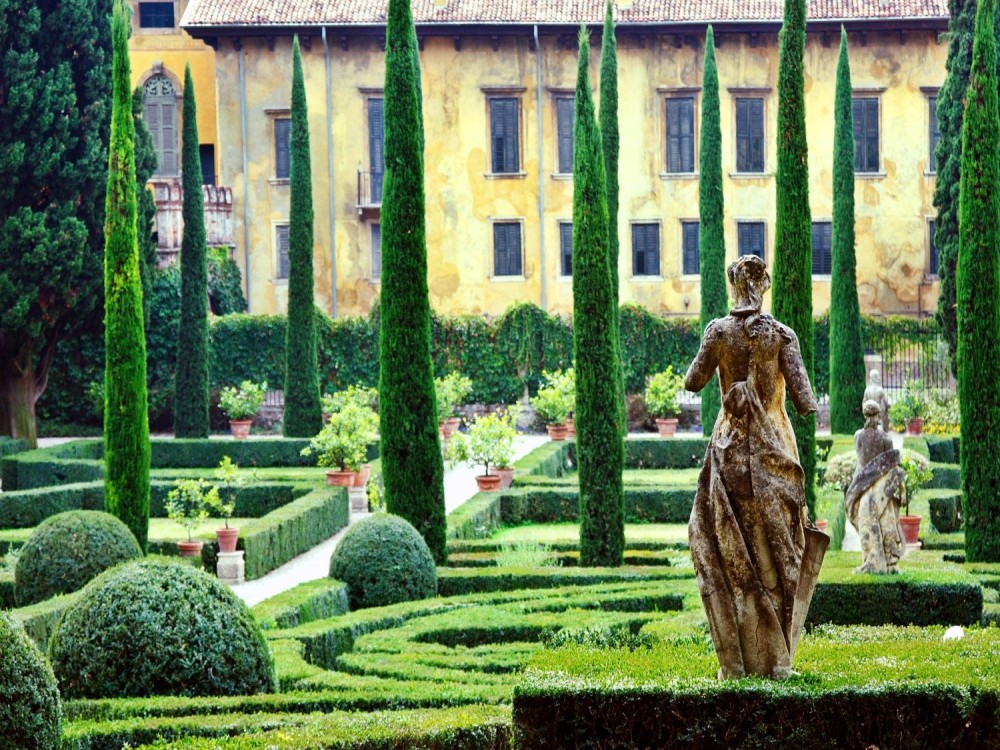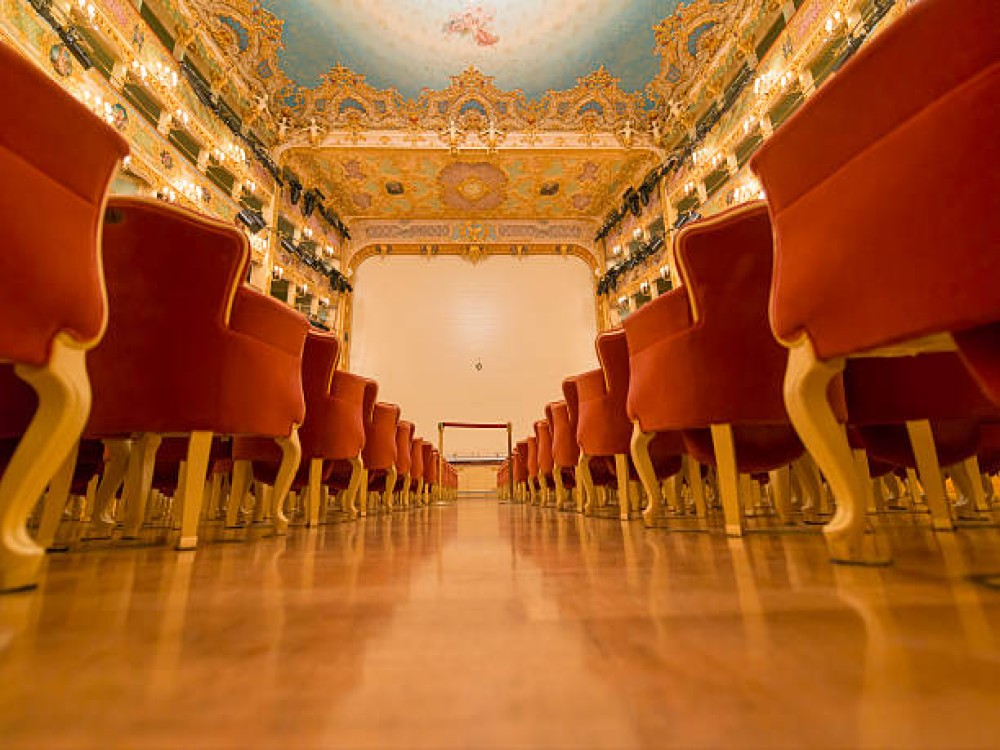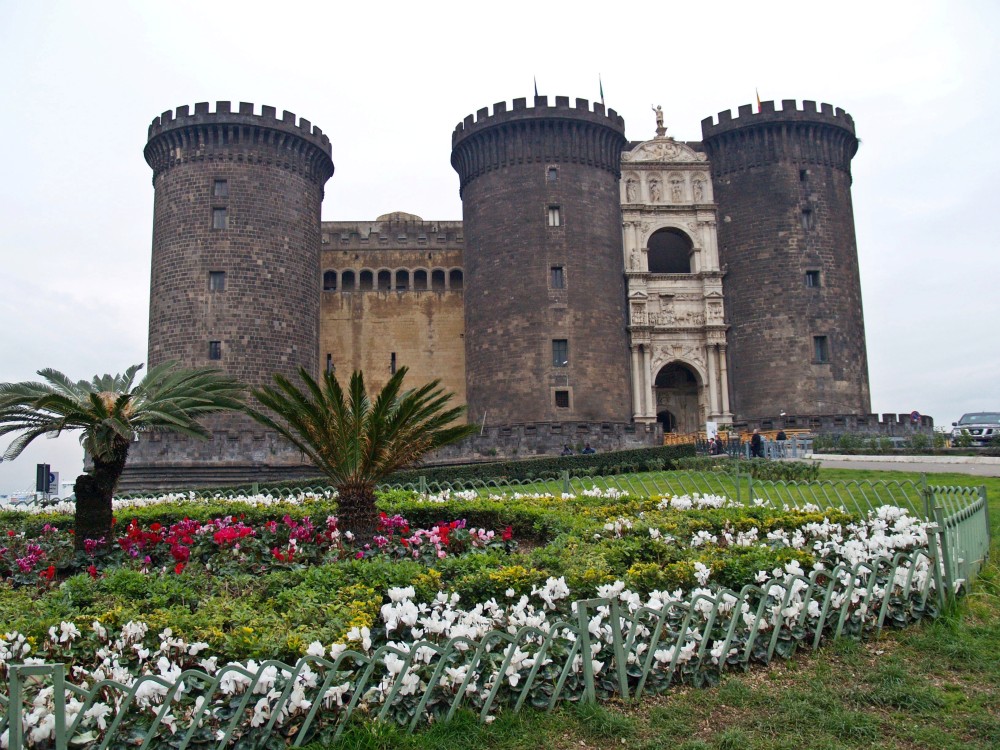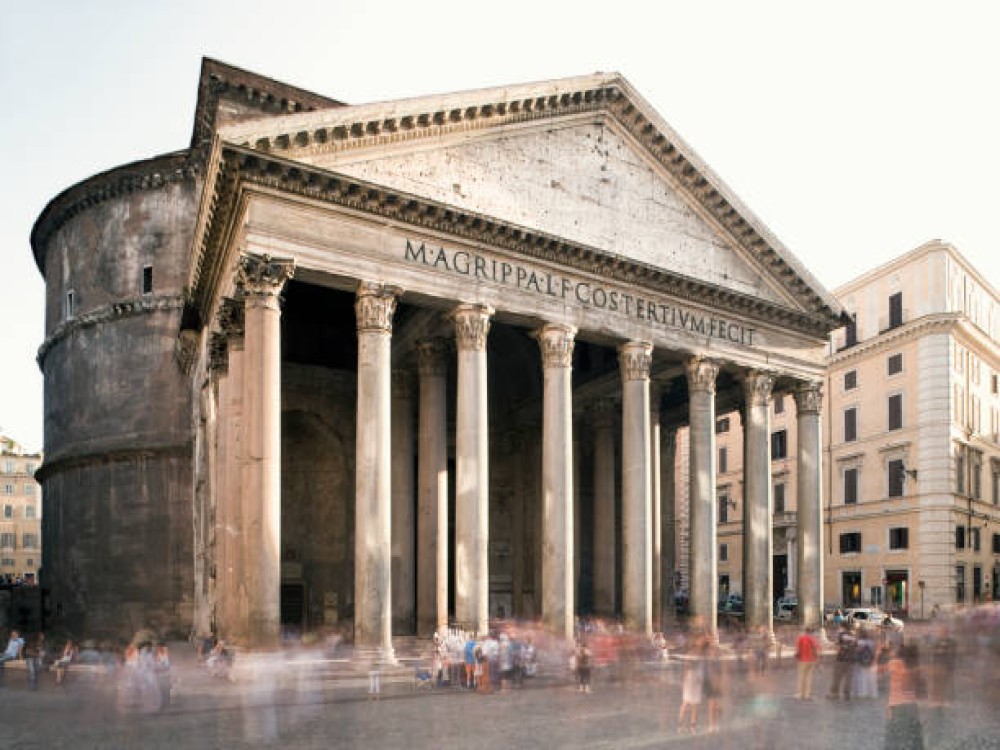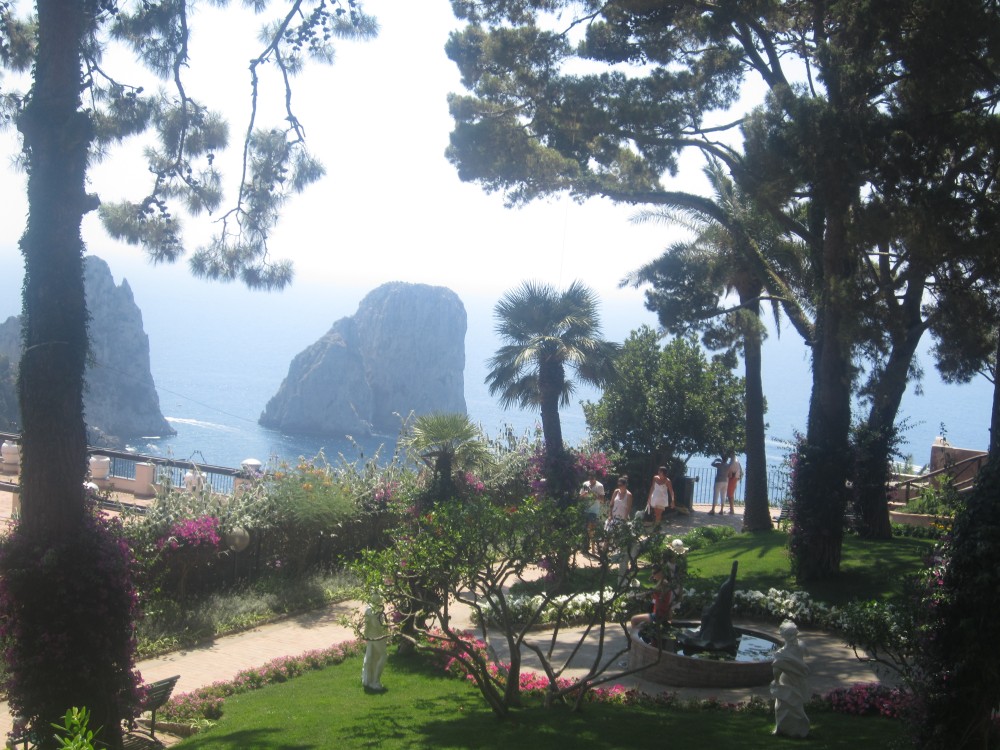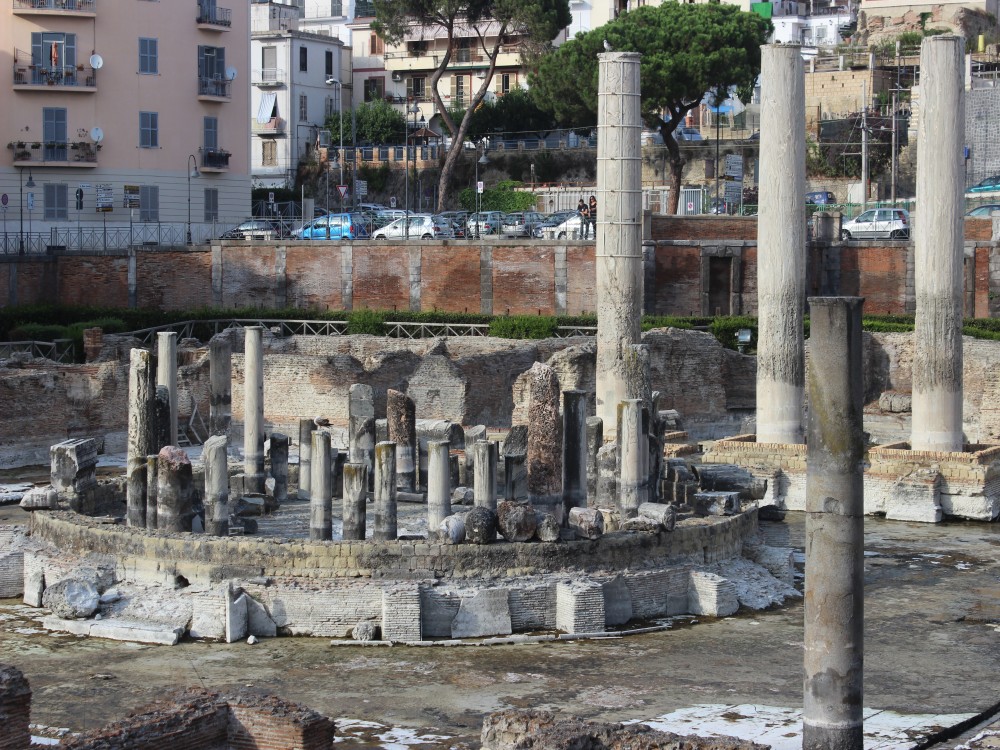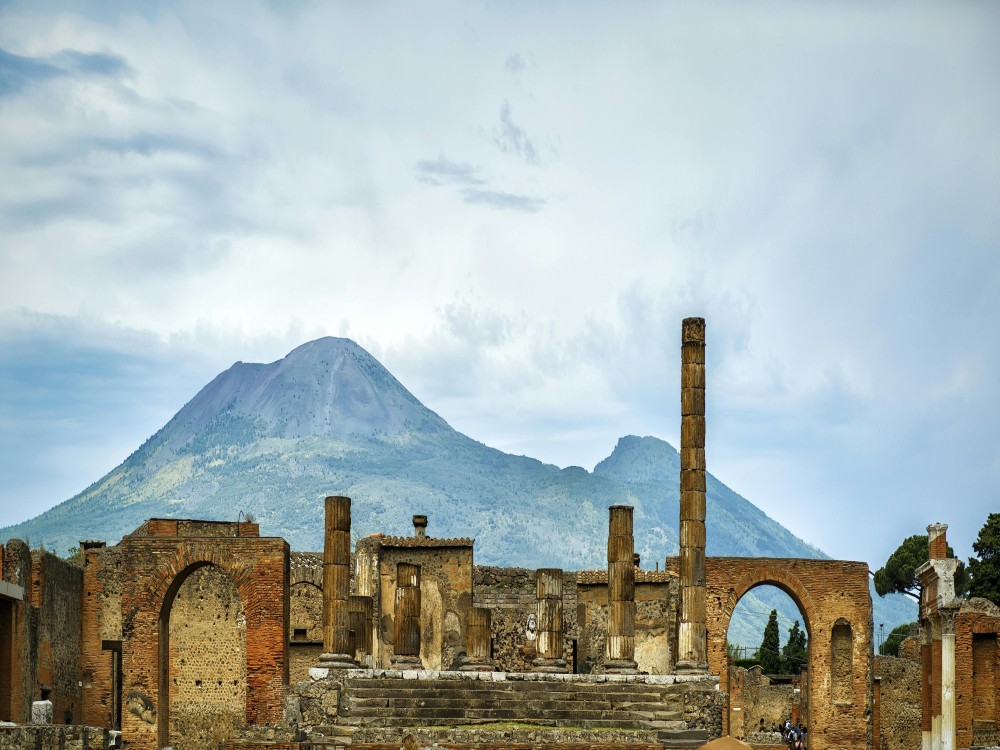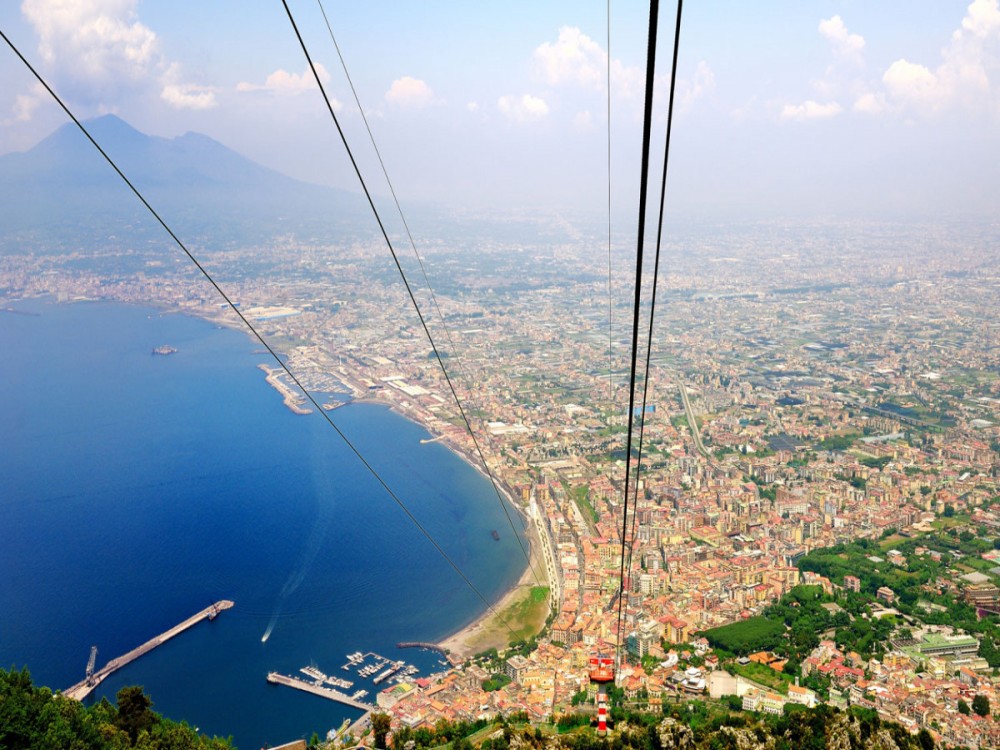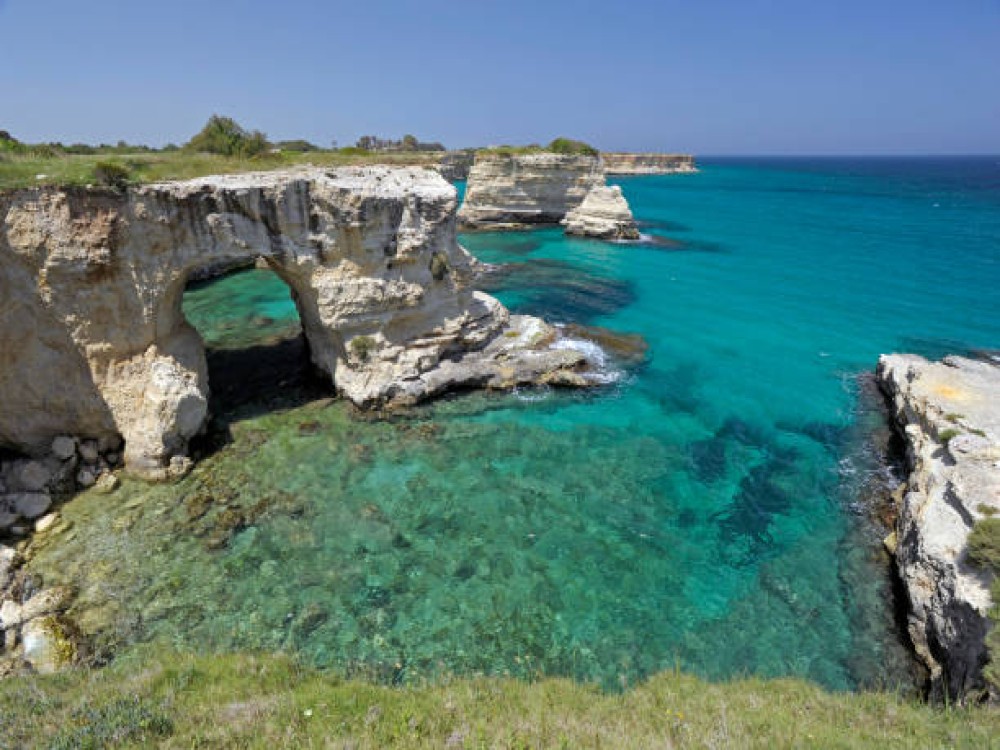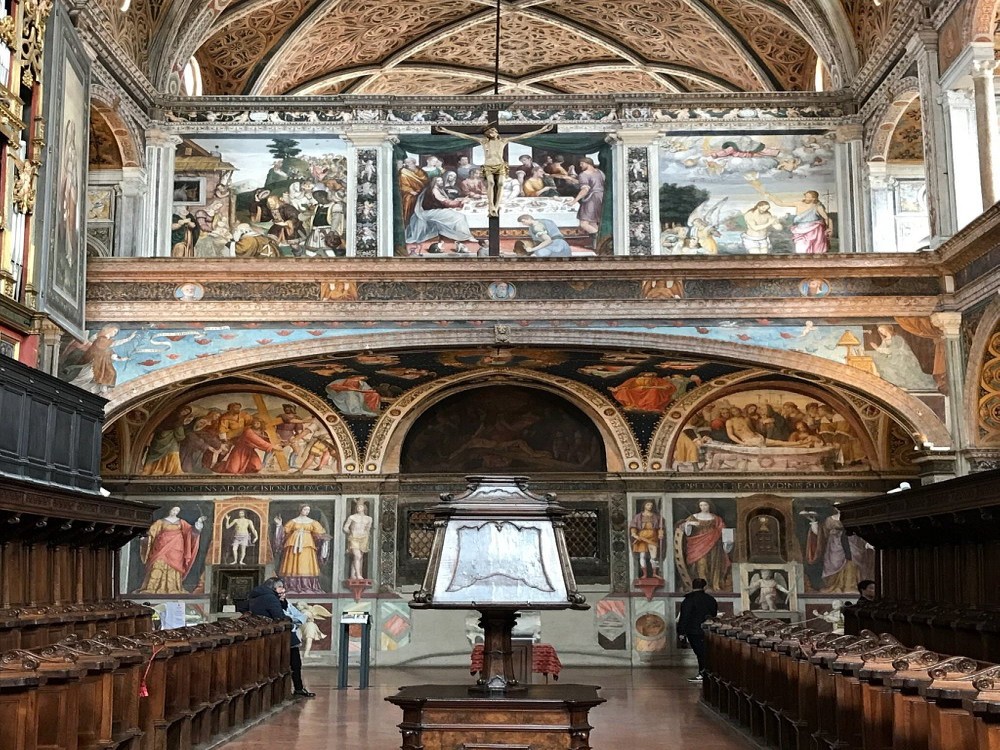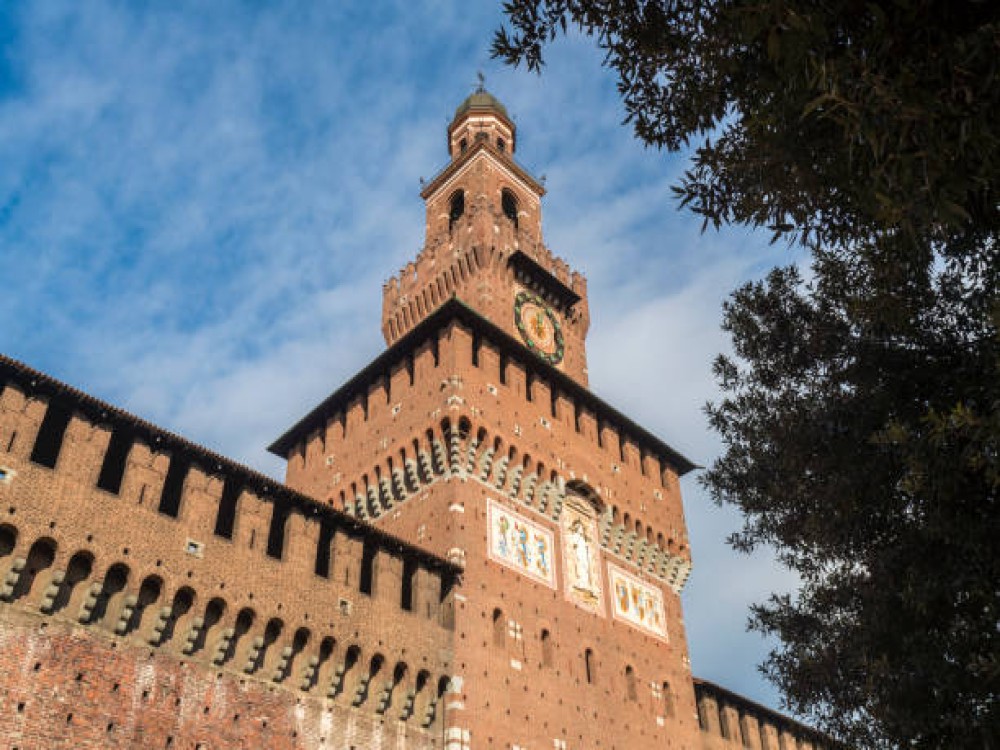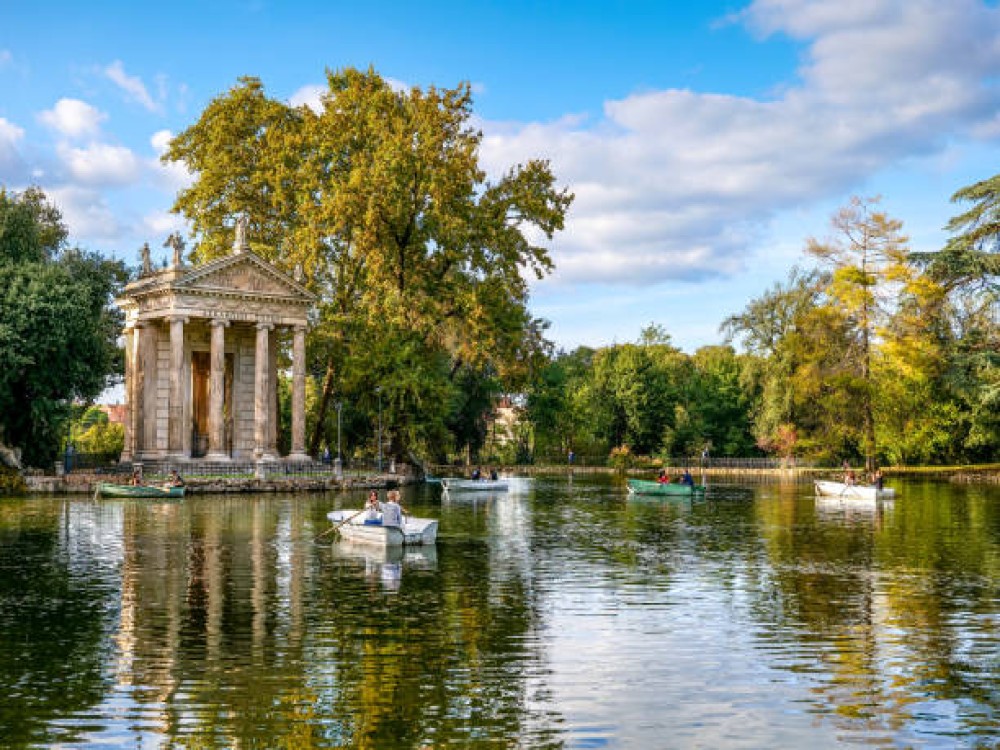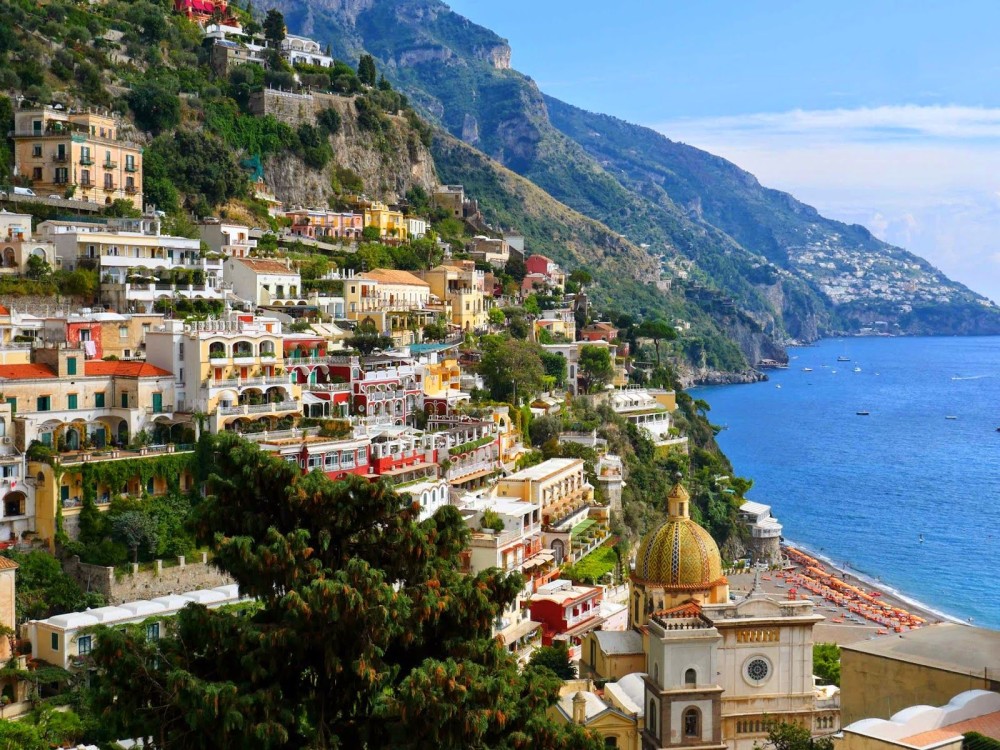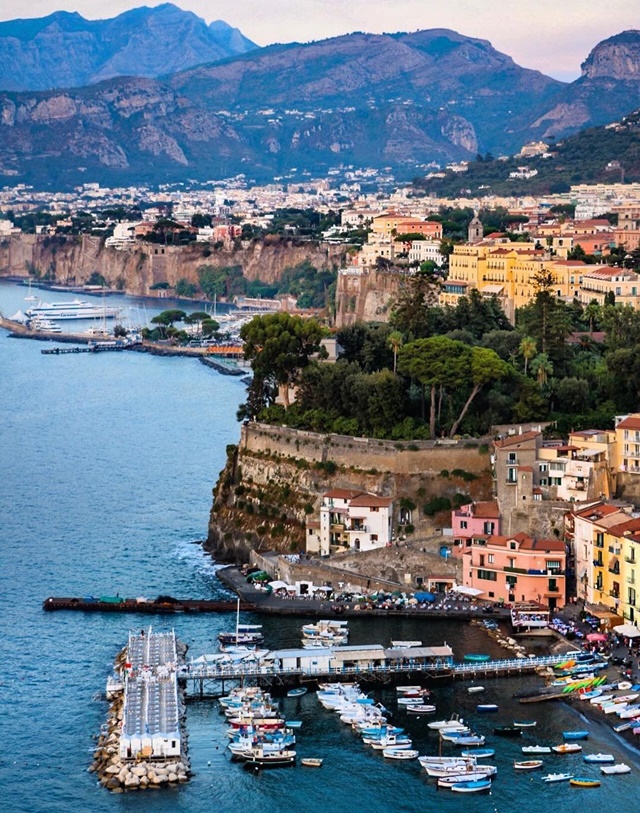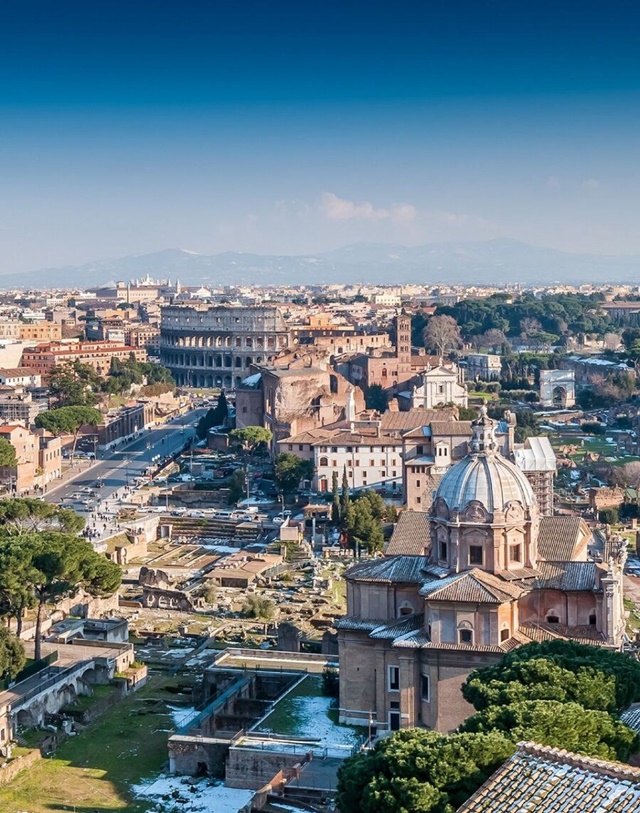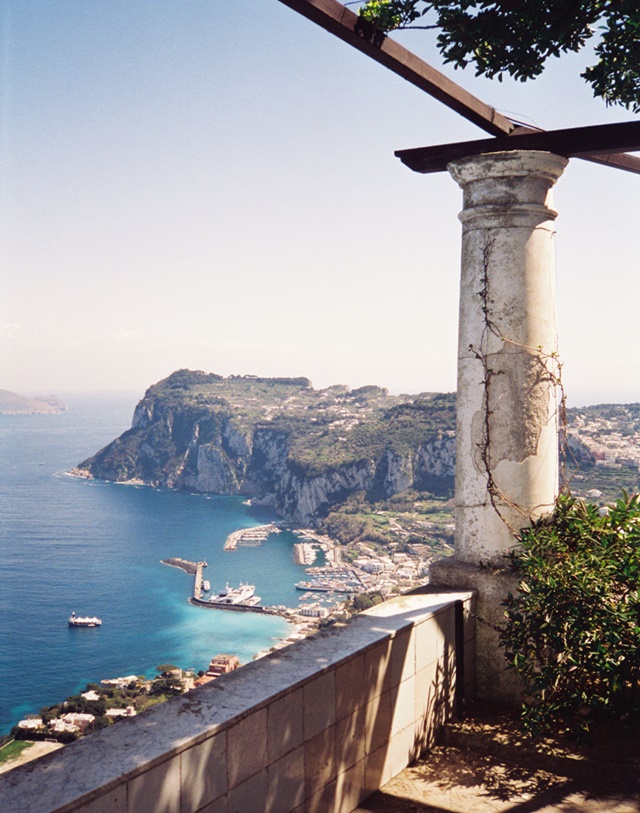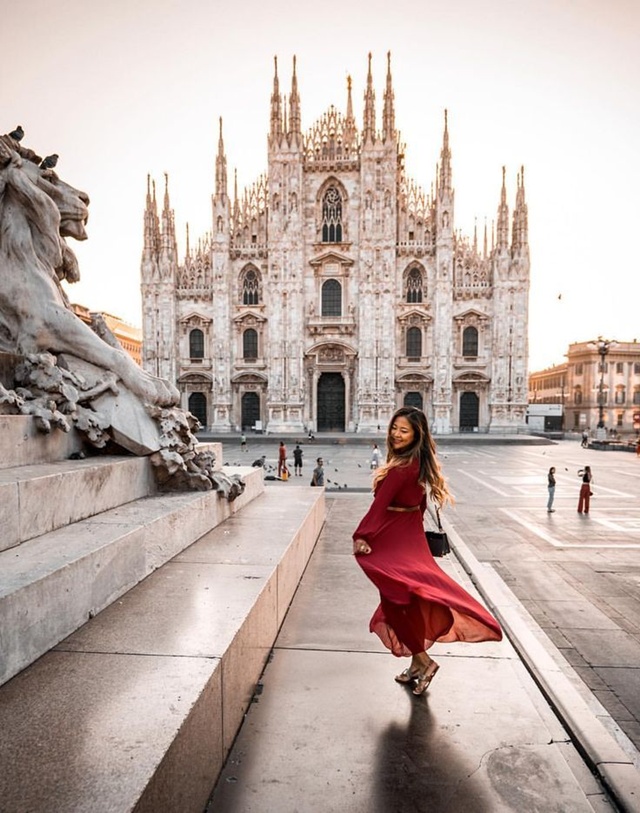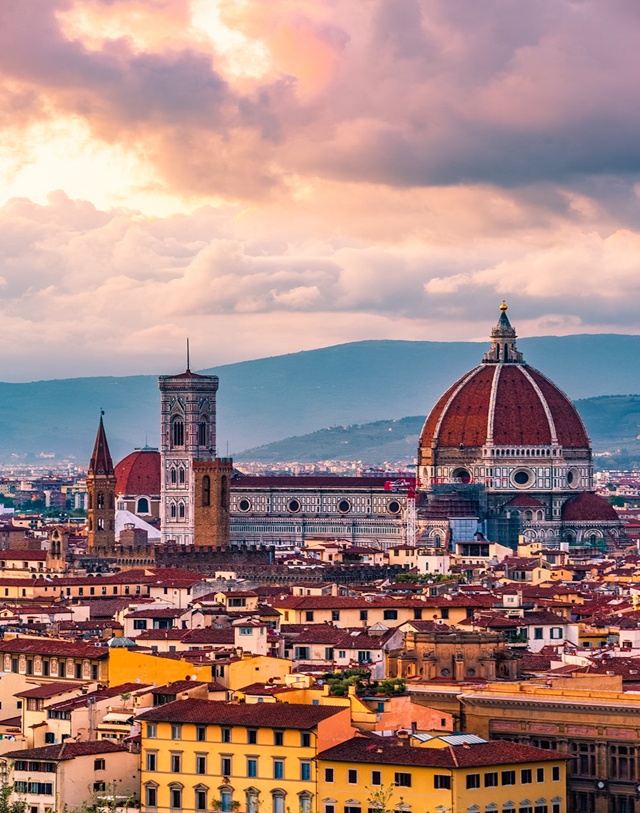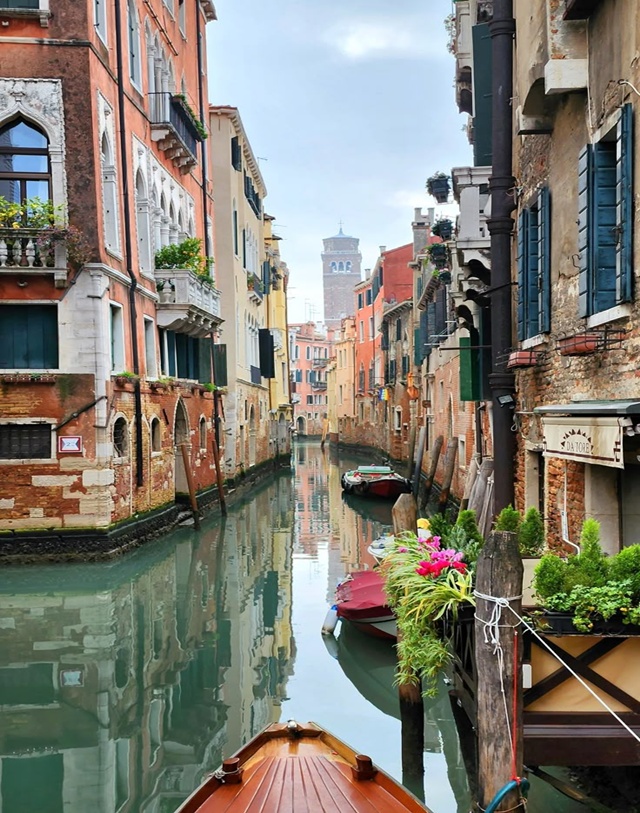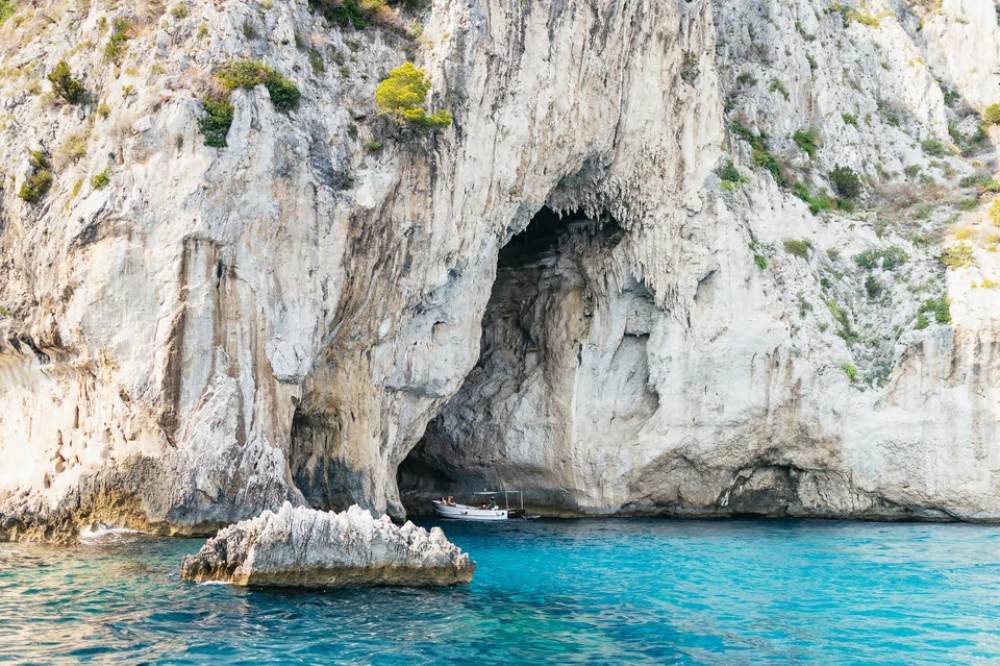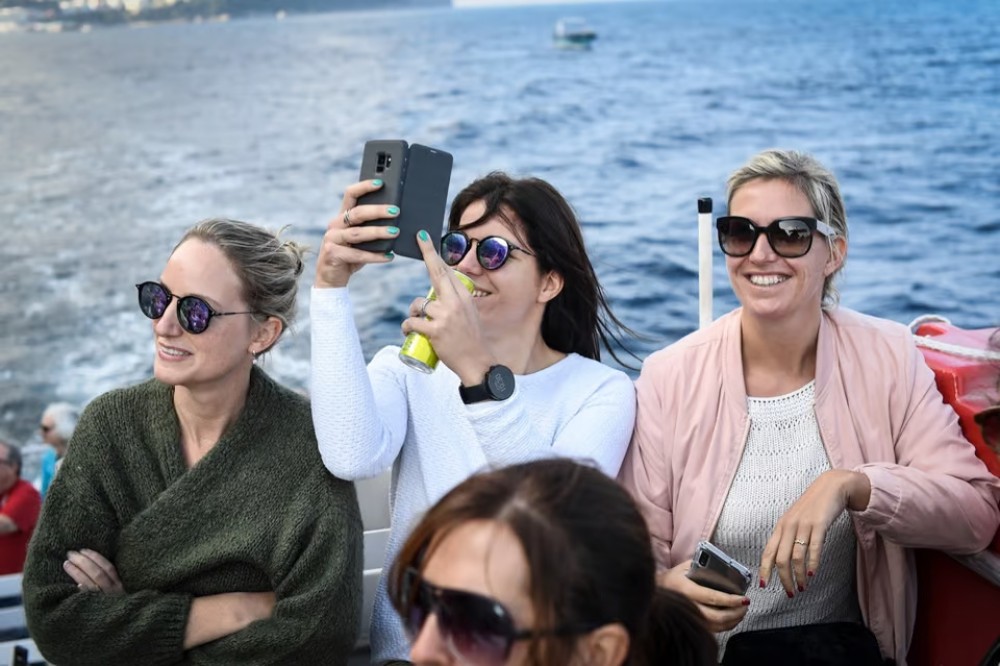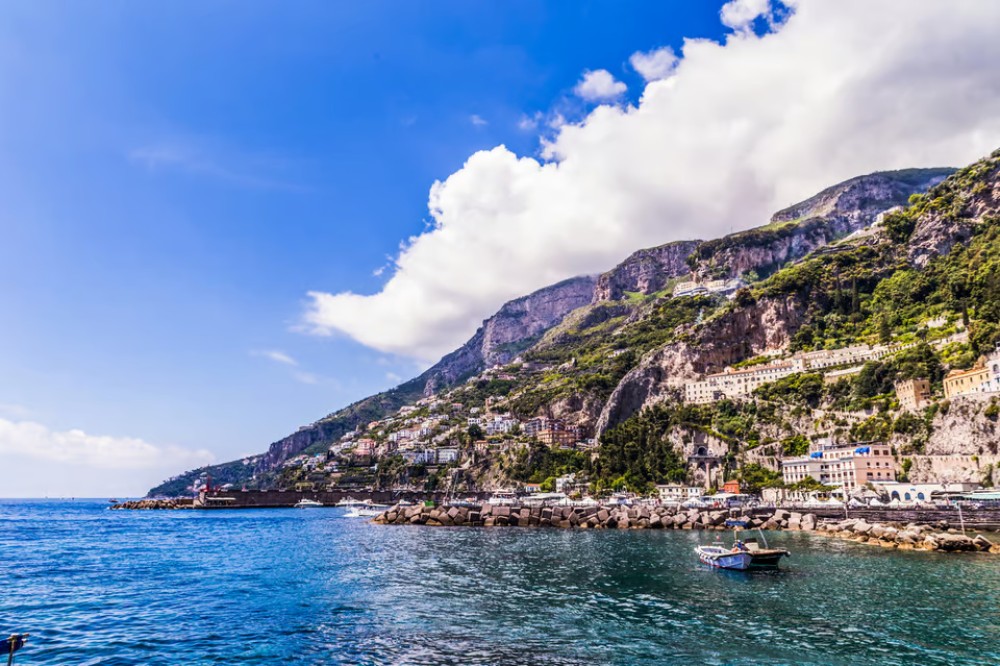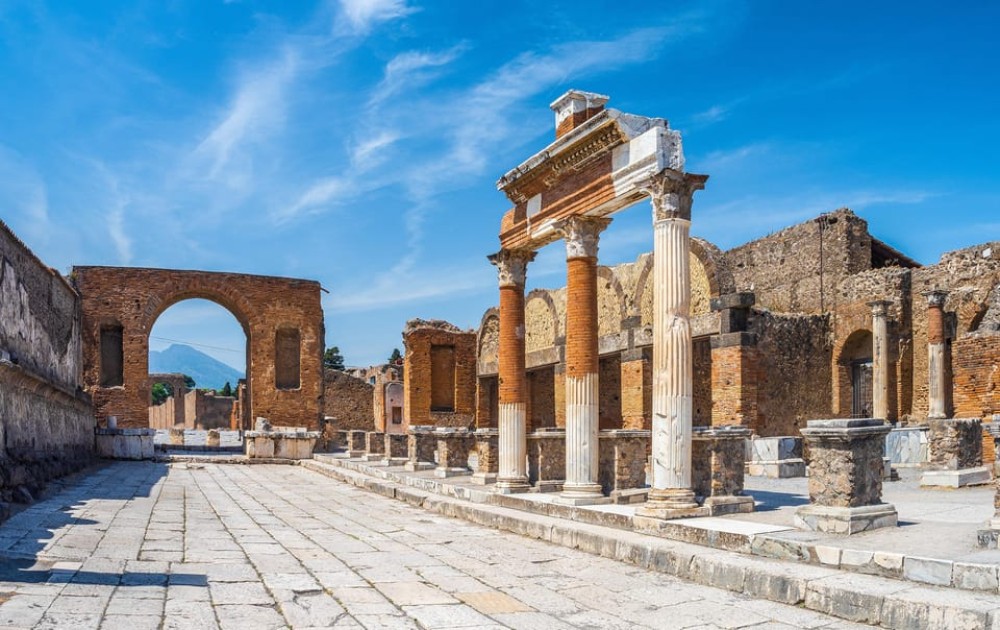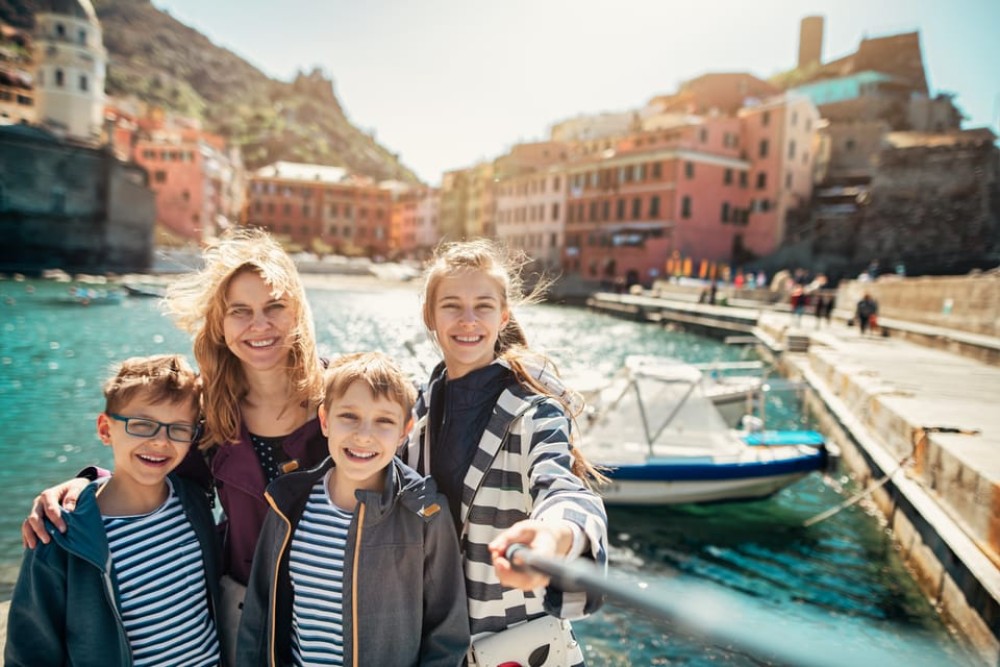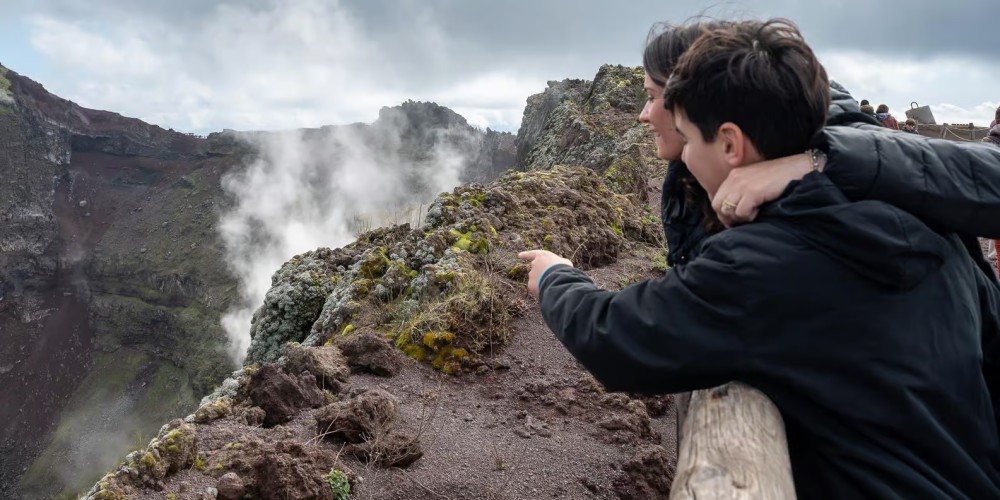Italy’s charm, rich in art, architecture, and cuisine, offers a perfect destination for cultural adventures.
Italy, a country known for its rich history, stunning landscapes, and world-renowned cuisine, offers a perfect blend of cultural and natural beauty. Whether you’re wandering through the ancient ruins of Rome, exploring the romantic canals of Venice, or enjoying the picturesque coastline of Amalfi, Italy has something for every traveler. Beyond the famous cities, regions like Tuscany and Puglia offer breathtaking countryside views and charming villages. For travelers on holiday in Rhodes looking to add a European flair to their next trip, Italy promises unforgettable experiences steeped in art, history, and gastronomy.
Top Tours & Excursions In Italy
From Milan: Genoa Day Trip with Portofino Private Boat Ride
€135.00
per person
From Milan: Parmas Treasures and Grana tasting
€155.00
per person
From Rome: Pompeii and Villa of the Mysteries Day Trip
€110.00
per person
From Naples: Pompeii and Sorrento Bus Tour with Guide
€125.00
per person
From Milan: Private tour, Maggiore Lake & Borromean Islands
€300.00
per person
From Naples: Pompeii and Vesuvius Guided Day Trip with Lunch
€115.00
per person
Capri: Island Boat Trip with Grottos
€24.00
per person
From Sorrento: Day Trip to Capri with Blue Grotto
€75.00
per person
Naples: Boat Tour to Positano, Amalfi and Ravello
€84.00
per person
From Rome: Pompeii and Vesuvius Day Trip
€150.00
per person
From Milan: Cinque Terre Day Trip with Boat Tour
€145.00
per person
From Sorrento: Pompeii and Vesuvius Guided Tour with Lunch
€115.00
per person
Attractions in Italy
Attractions you can do in Italy
Trip ideas for Italy
Activities and travel ideas you can do in Italy
Itineraries for Italy
Itineraries you can do in Italy
All about Italy
When to Visit
The best time to visit Italy depends on the type of experience you’re looking for. Spring (April to June) and autumn (September to October) are ideal for pleasant weather and fewer crowds, making it perfect for sightseeing and outdoor activities. Summer (July to August) is peak tourist season, with warm temperatures and lively coastal areas, but expect larger crowds and higher prices. If you’re planning a winter getaway, December to February offers opportunities for skiing in the Italian Alps and exploring cities with fewer tourists. Visiting during festivals like Carnival in Venice or Easter in Rome can add a special cultural touch to your trip.
Getting Around
Italy boasts an extensive and efficient transportation network. Trains are the best option for traveling between major cities, with high-speed lines connecting Rome, Florence, Venice, and Milan. For smaller towns and countryside regions, renting a car is recommended, though be prepared for narrow roads and local driving styles. In cities, public transport options include buses, trams, and metro systems, while taxis and ride-hailing apps are also available. Ferries operate along the coast and between islands like Sicily and Sardinia, offering scenic travel options.
Traveler Tips
Currency: Italy uses the Euro (€). Credit cards are widely accepted, but carrying some cash is advisable for smaller establishments. Language: Italian is the official language, but English is commonly spoken in tourist areas. Cuisine: Don’t miss trying local specialties like pizza in Naples, pasta in Rome, and gelato in Florence. Etiquette: Dress modestly when visiting churches and religious sites. Safety: Italy is generally safe, but beware of pickpockets in crowded tourist areas. Tipping: Tipping is not mandatory, but rounding up the bill or leaving a small amount is appreciated.
28
Activities & Trip
0
Total Reviews
People Also Ask
What is Italy known for?
Italy is famous for its rich history, art, architecture, cuisine, and fashion. Iconic landmarks include the Colosseum in Rome, Leaning Tower of Pisa, and Venice’s canals. Italy is also known as the birthplace of pizza and pasta.
What are the best cities to visit in Italy?
Top cities to visit include Rome for history, Florence for art, Venice for romance, Milan for fashion, and Naples for authentic Italian cuisine and access to nearby Pompeii and the Amalfi Coast.
What are the must-see attractions in Italy?
Must-see attractions include the Colosseum, Vatican City, Uffizi Gallery, Cinque Terre, Lake Como, and the Amalfi Coast. Each region offers unique experiences, from ancient ruins to stunning coastal views.
Is Italy expensive to visit?
Italy can be affordable or luxurious, depending on how you plan your trip. Major cities and tourist areas tend to be more expensive, but you can find budget-friendly options for accommodation and dining in smaller towns and countryside areas.
What is the best time to visit Italy?
The best time to visit Italy is during spring (April to June) and autumn (September to October) for pleasant weather and fewer crowds. Summer (July and August) is popular but can be crowded and hot.
Do you need a visa to visit Italy?
Visitors from EU countries and Schengen visa-exempt countries, including the USA, UK, and Canada, do not need a visa for short stays up to 90 days. Travelers from non-exempt countries must apply for a Schengen visa.
Is English widely spoken in Italy?
English is spoken in major tourist areas, hotels, and restaurants, but less so in rural areas. Learning a few basic Italian phrases can enhance your experience.
How do you get around in Italy?
Italy has an efficient transportation system. High-speed trains connect major cities, while buses and trams are common in towns. Renting a car is ideal for exploring rural regions and the countryside.
What food should you try in Italy?
Must-try dishes include pizza in Naples, pasta in Rome, gelato in Florence, and risotto in Milan. Don’t forget to enjoy regional specialties like truffle dishes in Tuscany and seafood along the Amalfi Coast.
Do you need to tip in Italy?
Tipping is not mandatory in Italy, but it is appreciated. A service charge is often included in the bill. If not, rounding up the bill or leaving 5-10% is customary in restaurants.
Frequently Asked Question
The answers provided below are based on answers previously given by the tour provider to customers' questions.
What are the top things to do in Italy?
The top things to do in Italy are:
What are the top activities in Italy?
Top activities in Italy include:
What do I need to know before visiting Italy?
Check out these top Italy travel ideas:
- ● A Romantic Escape to Verona: Must-See Spots for Couples
- ● History and Culture of Sorrento: A Journey Through Time
- ● A Food Lover's Guide to Milan: Where to Eat Like a Local
- ● A First Timer’s Guide to Exploring Naples: Must-See Sights and Hidden Gems
- ● Naples for Food Lovers: A Culinary Journey Through the City
Copyright © 2025 All Rights Reserved



